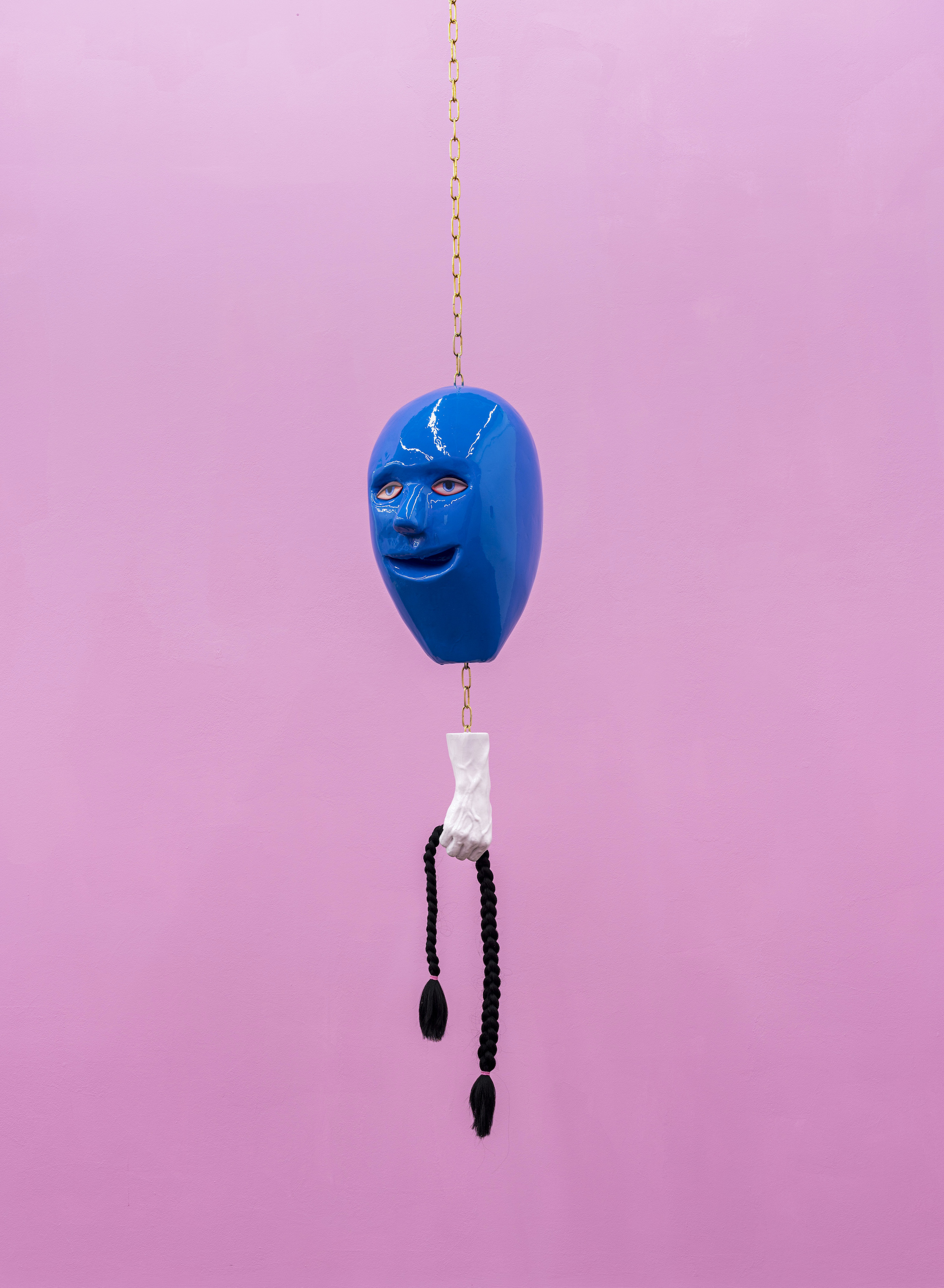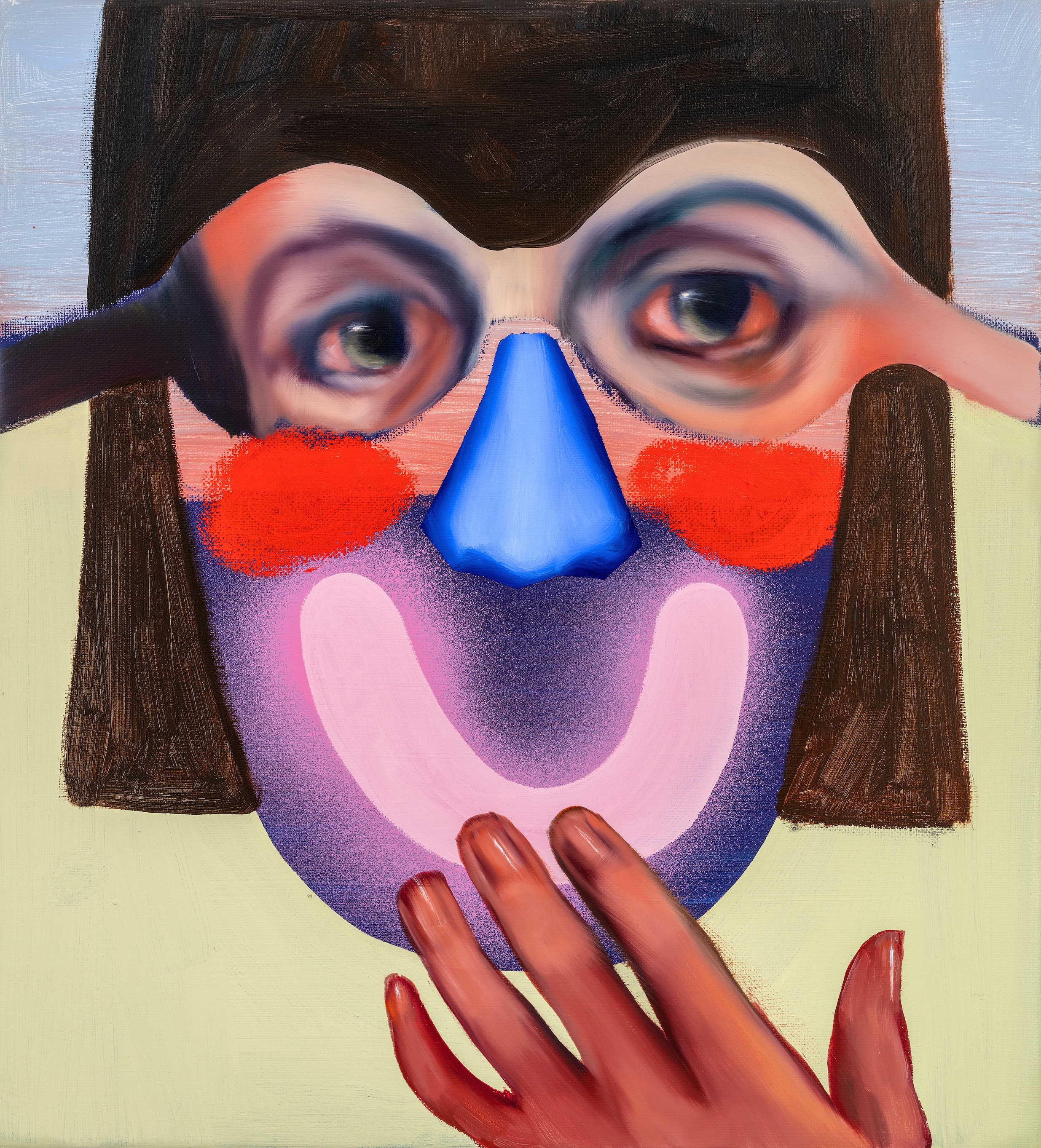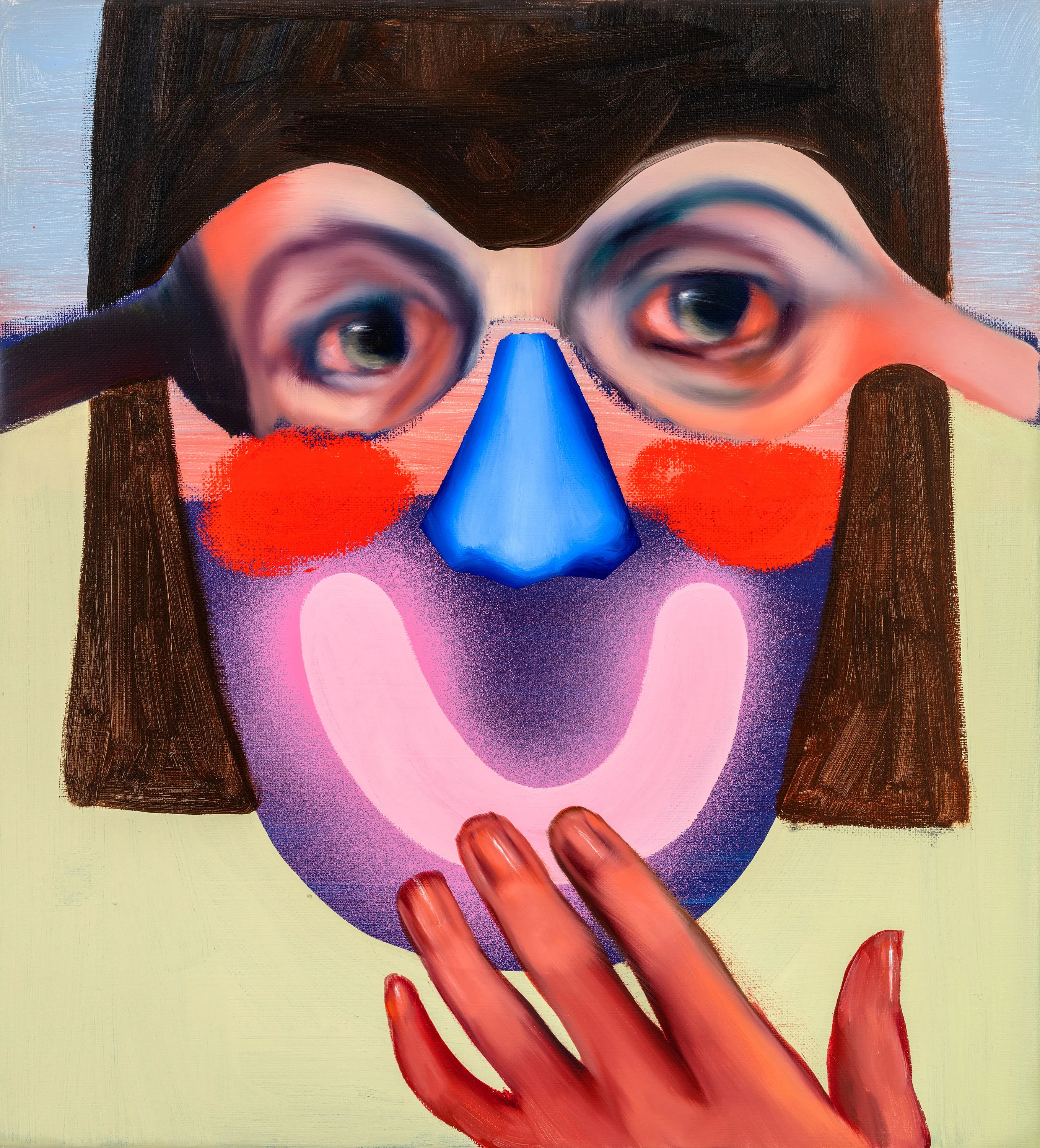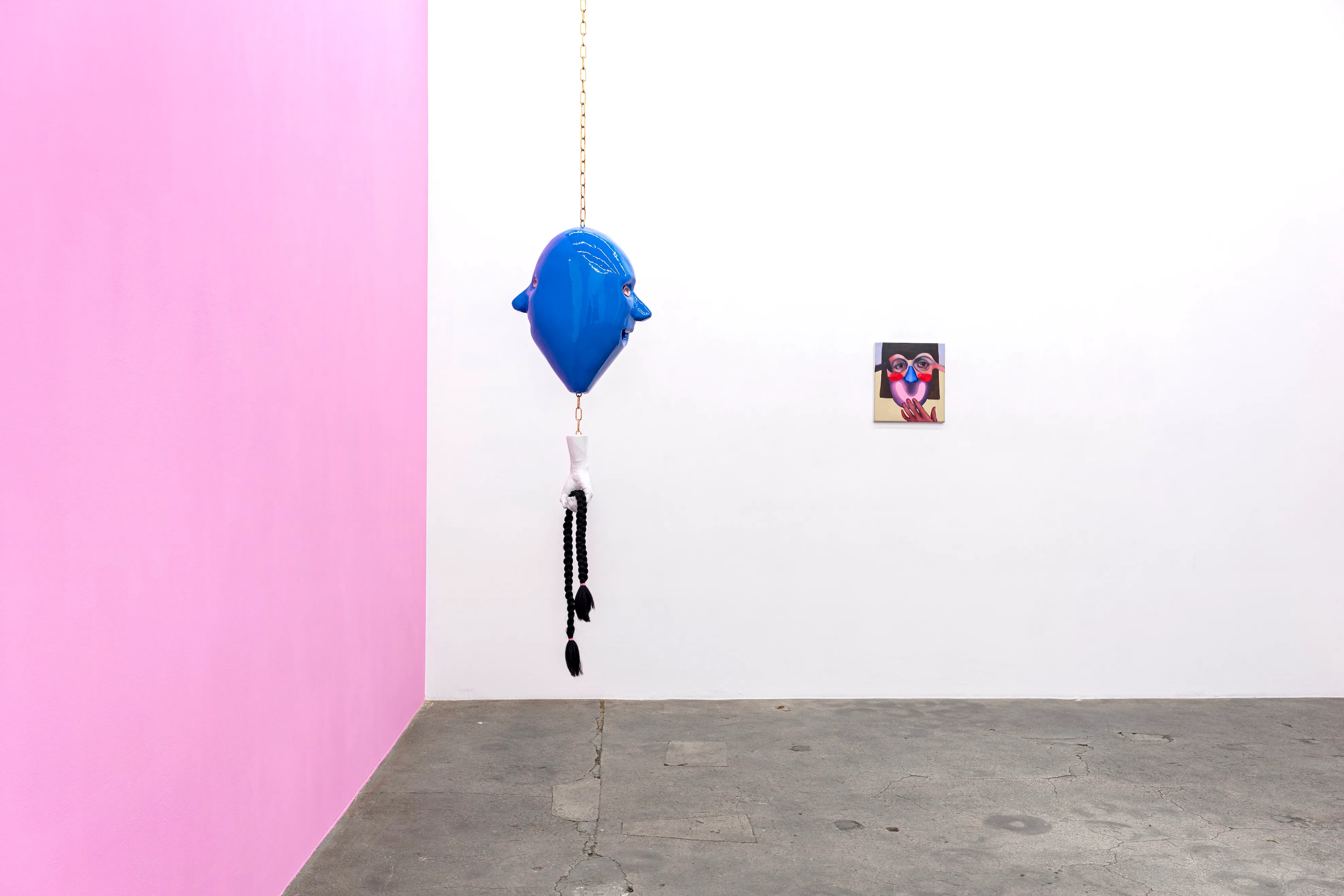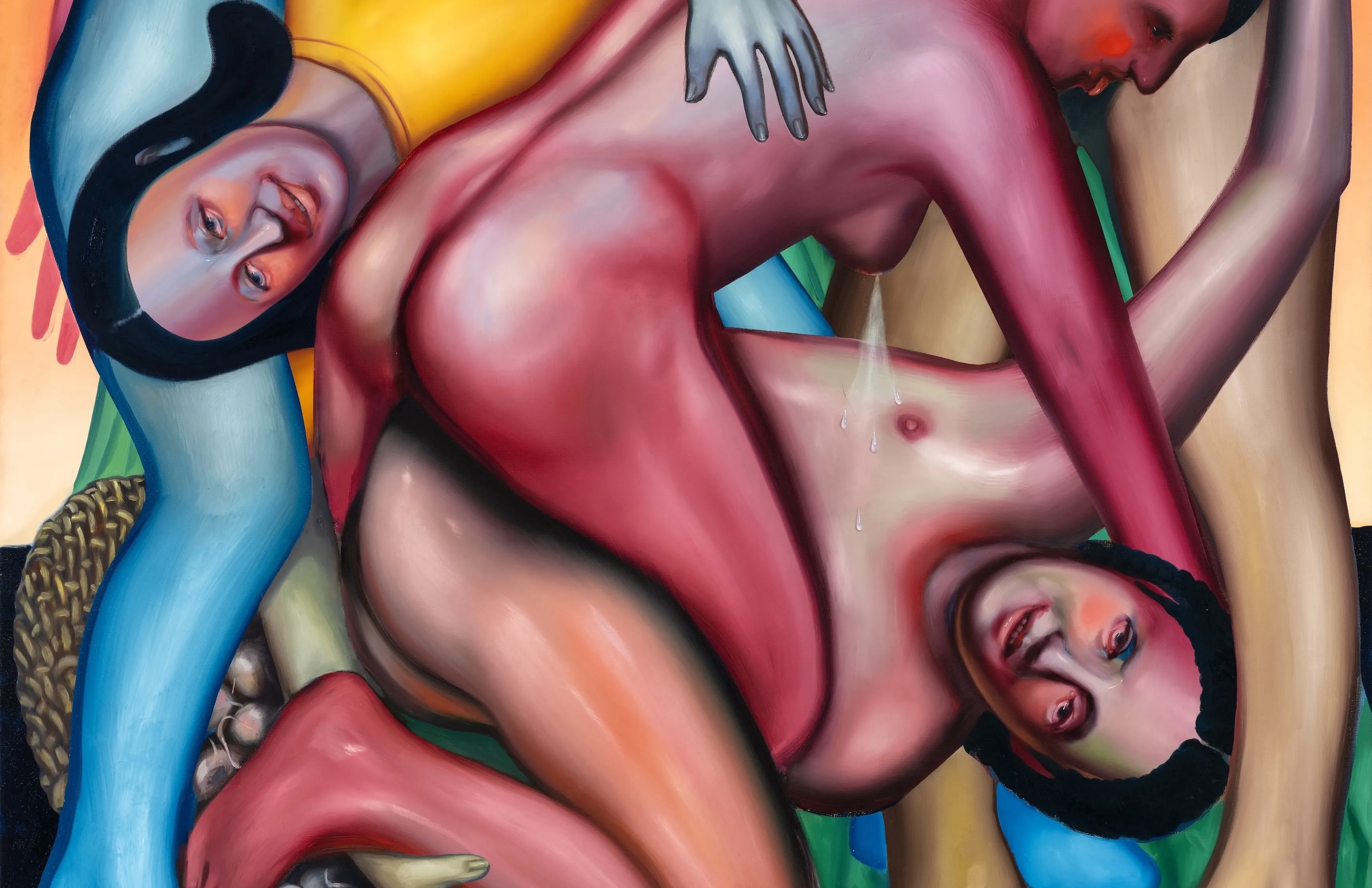
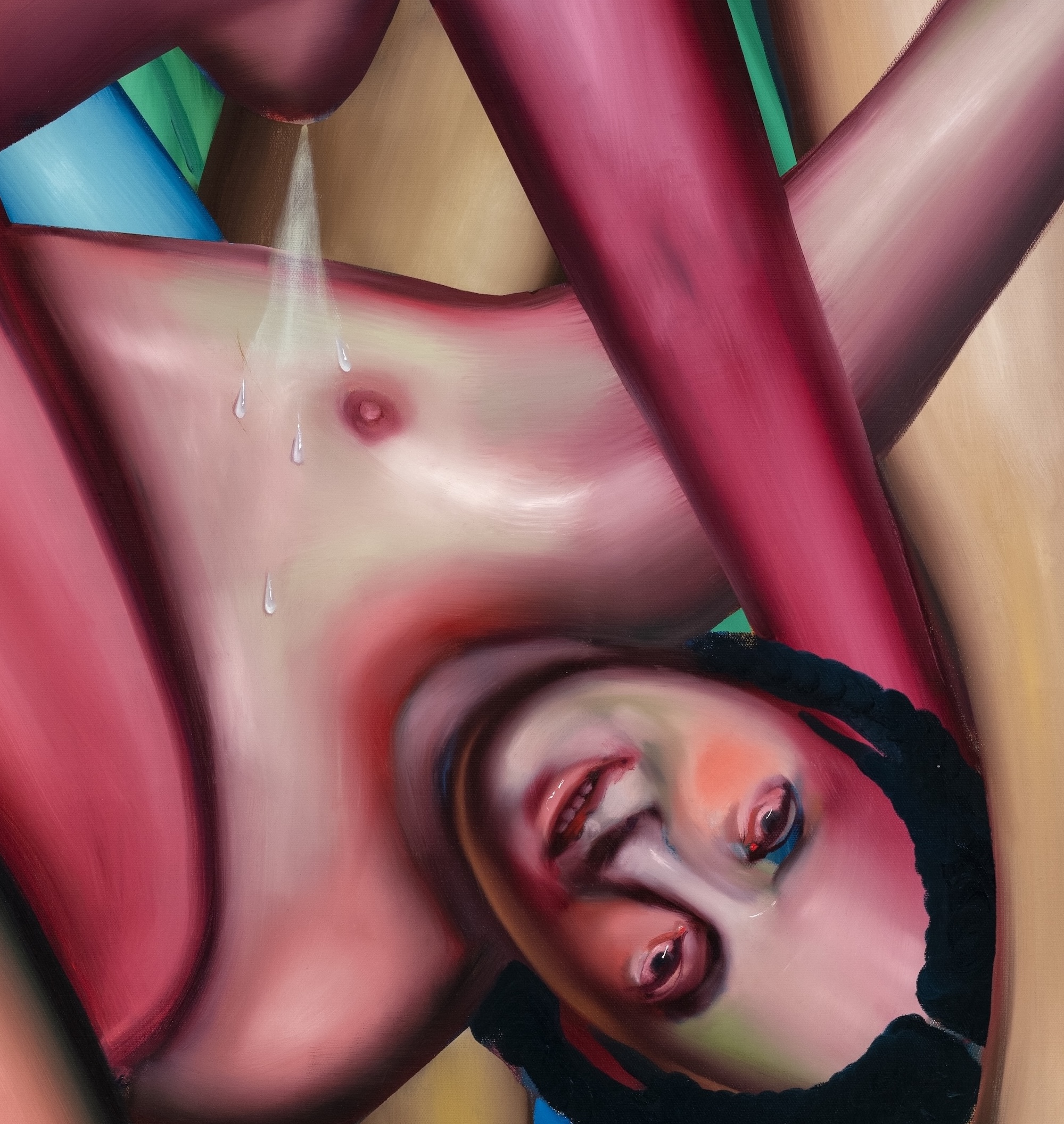
Ivana
de Vivanco

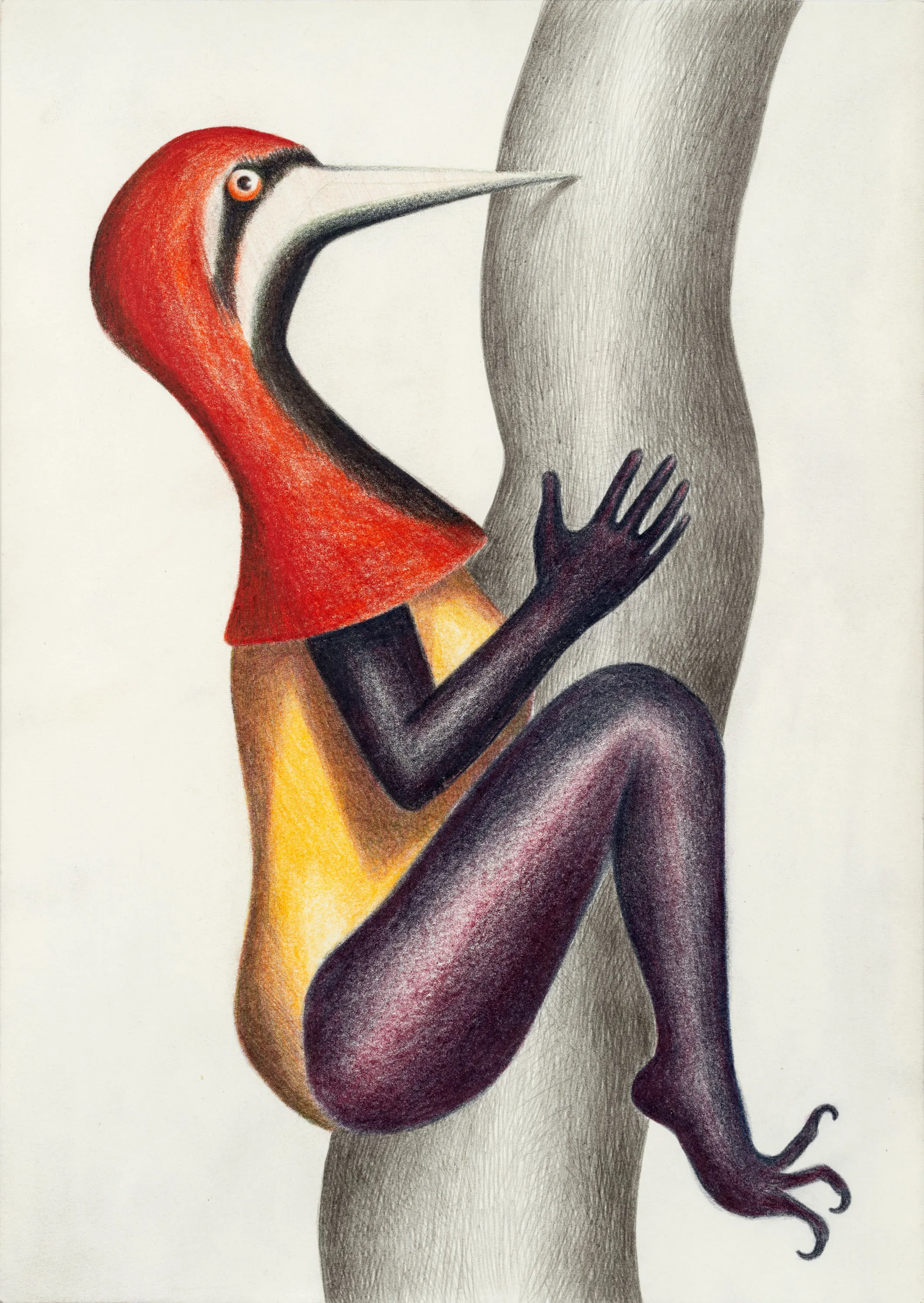

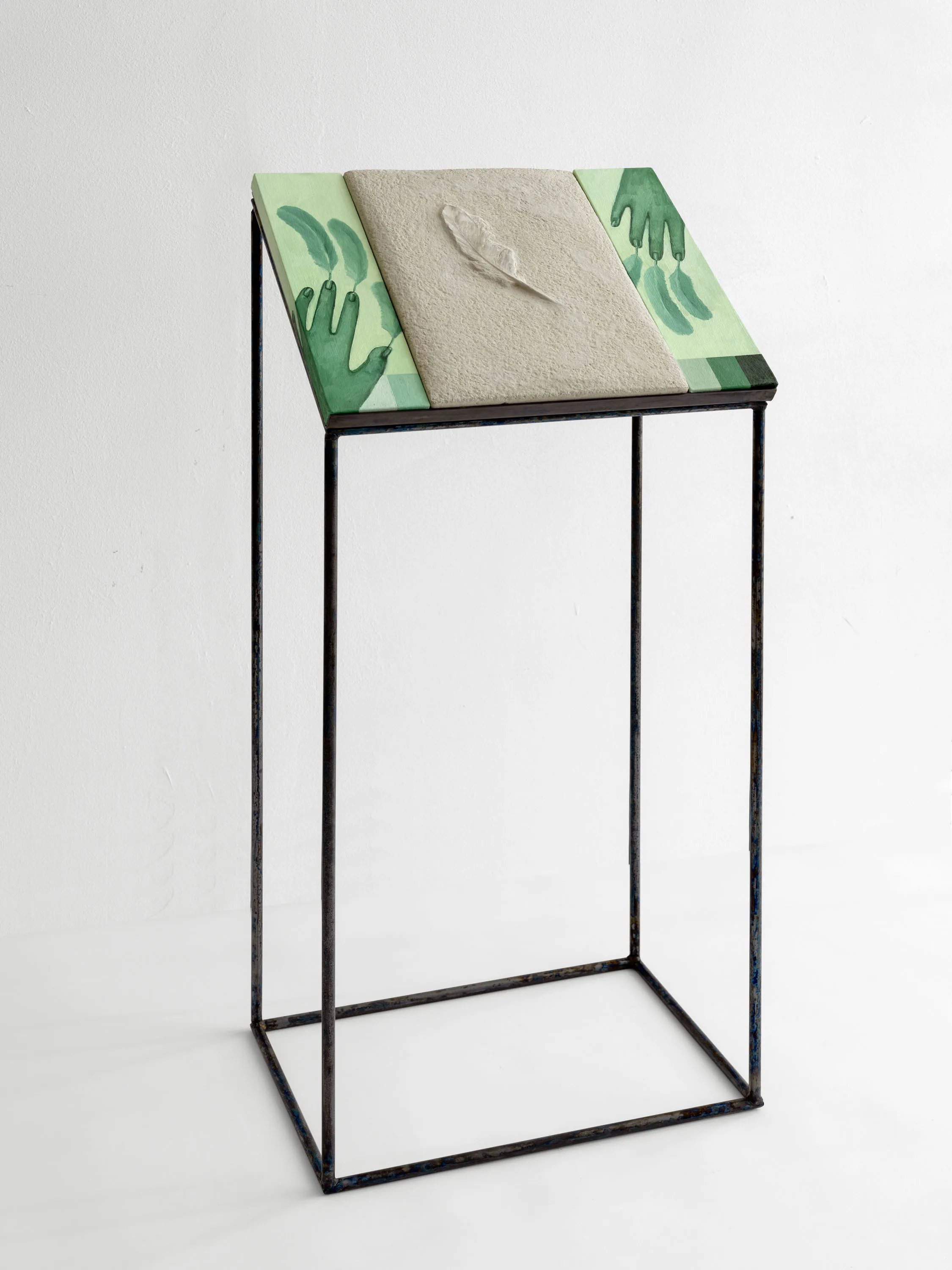
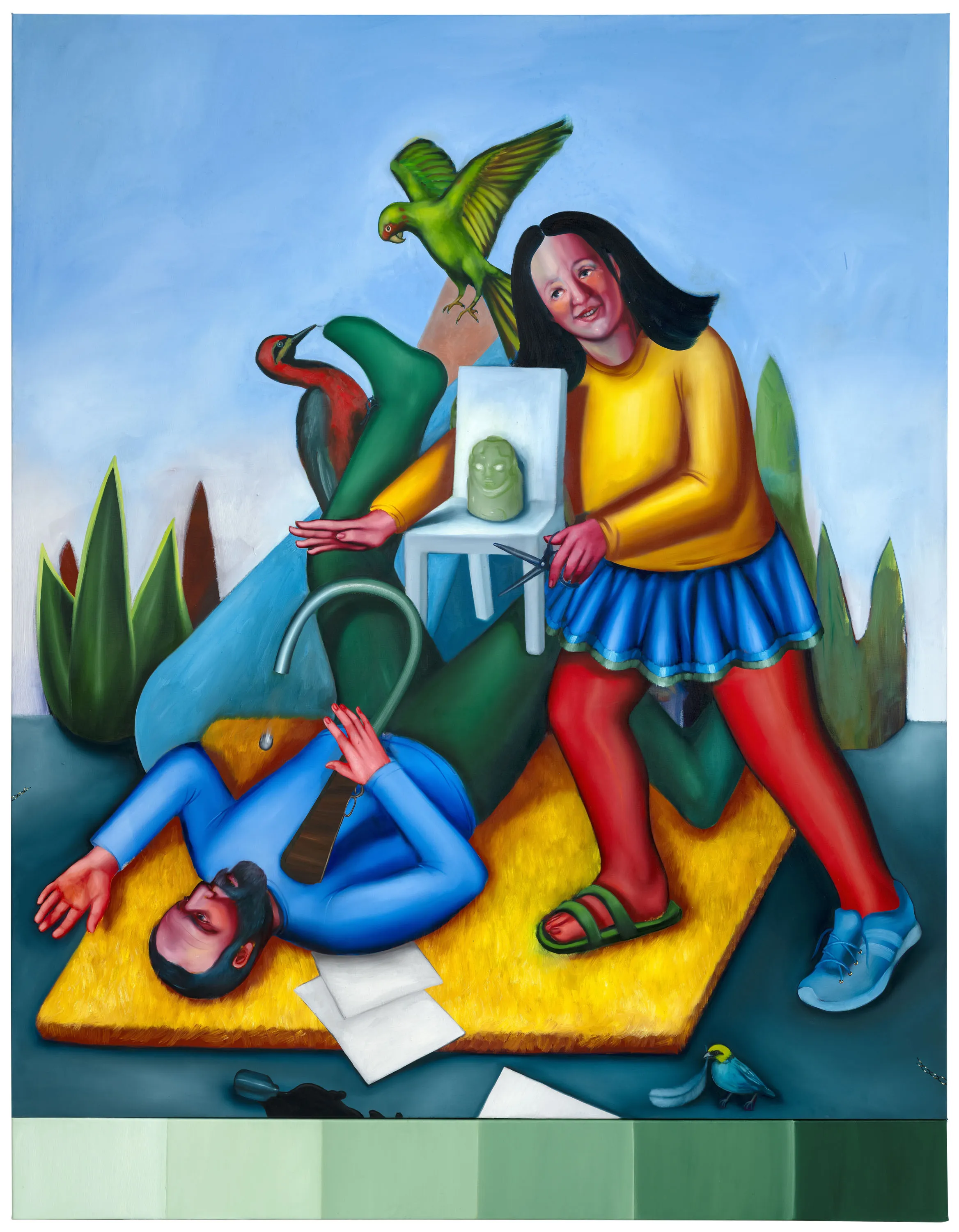
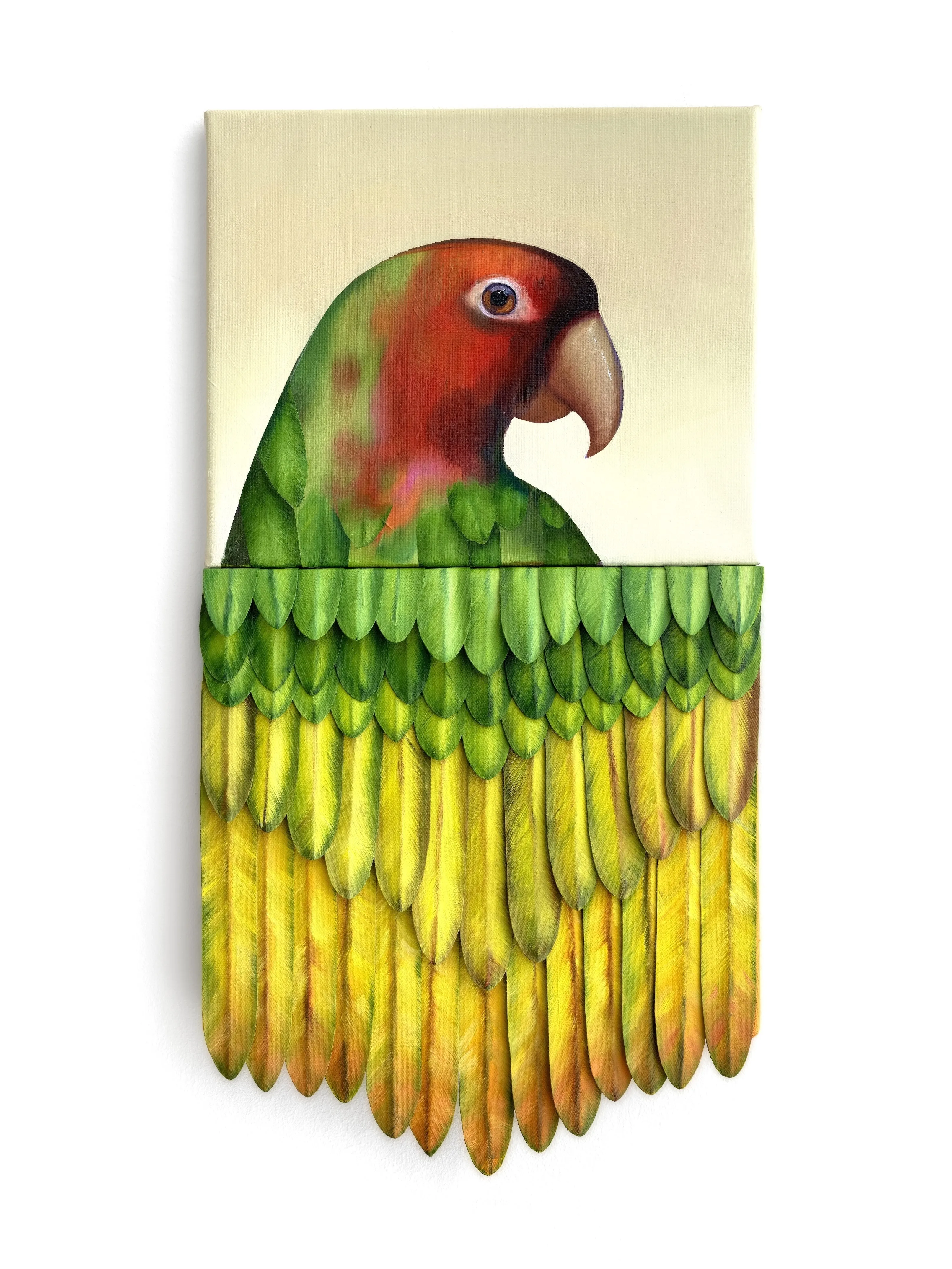
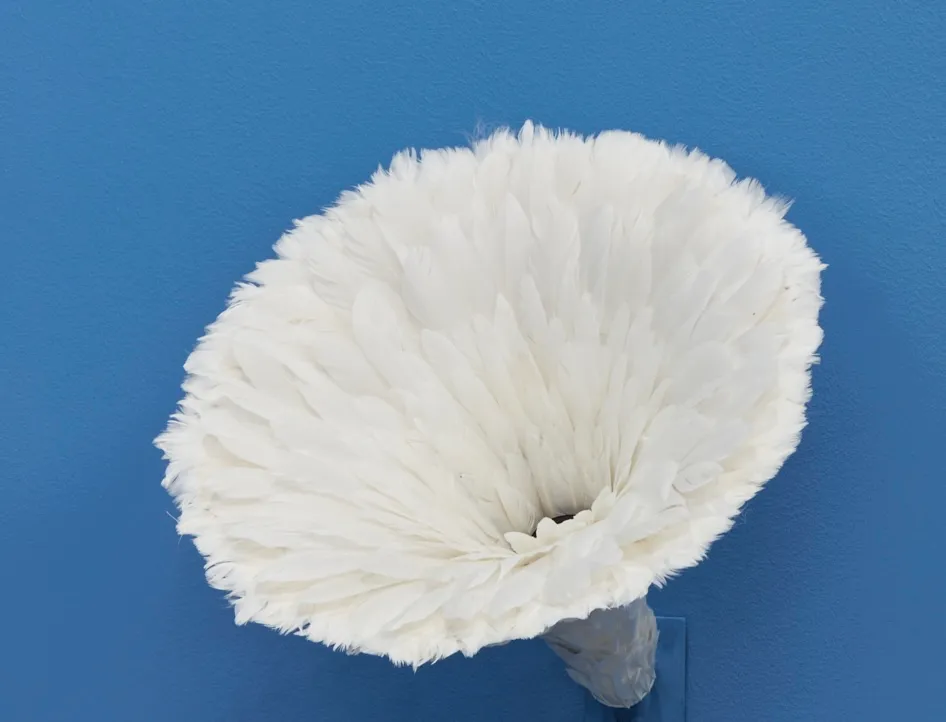
In On Falling Men and Singing Feathers, Ivana de Vivanco examines the colonial legacy of Swiss explorer Johann Jakob von Tschudi by contrasting his dissecting gaze on nature with ancestral Andean traditions. Through lush, theatrical works inspired by the Alasitas festival and the Ekeko deity, de Vivanco reclaims nature not as a scientific object of study, but as a site of reciprocity and resilience.
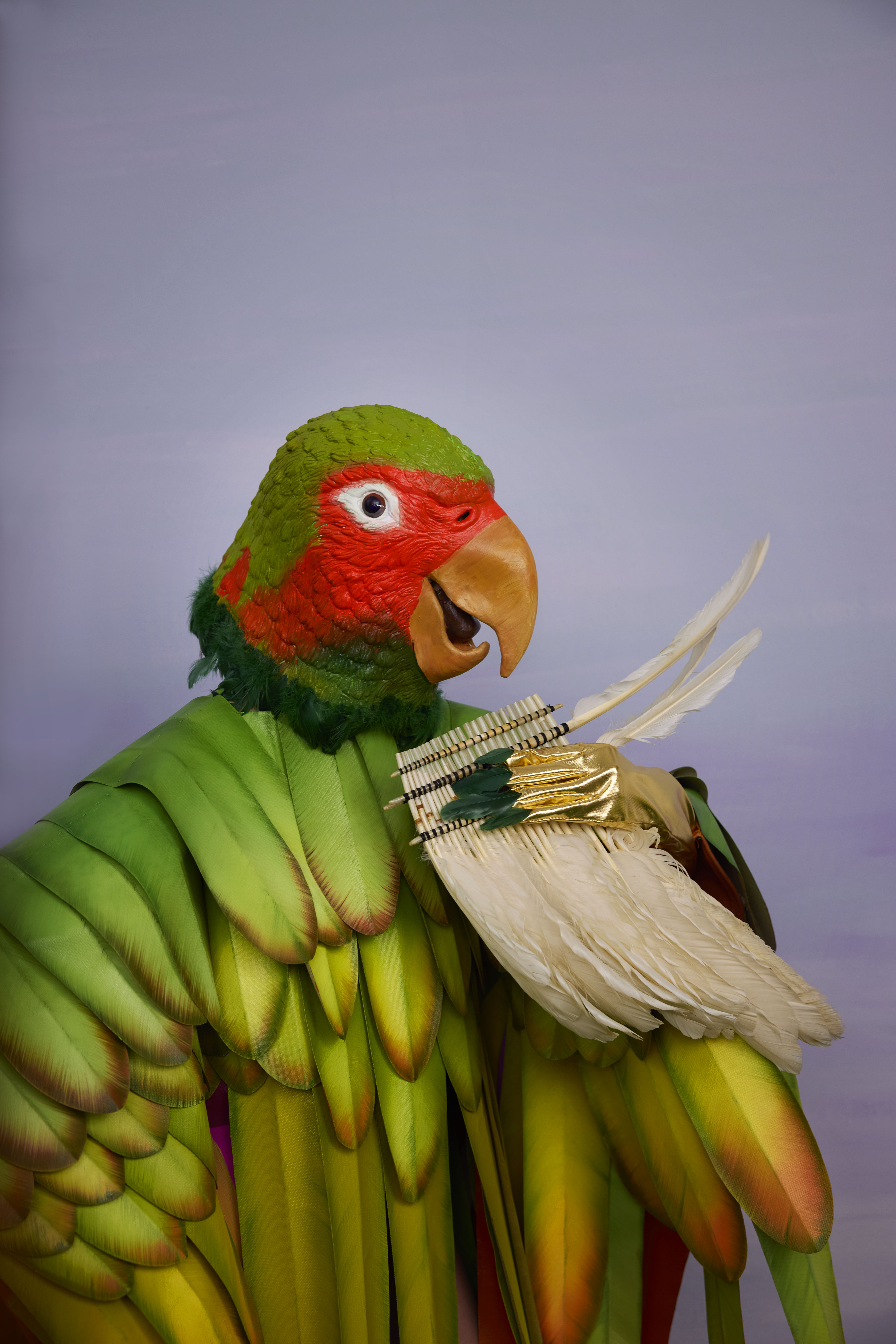
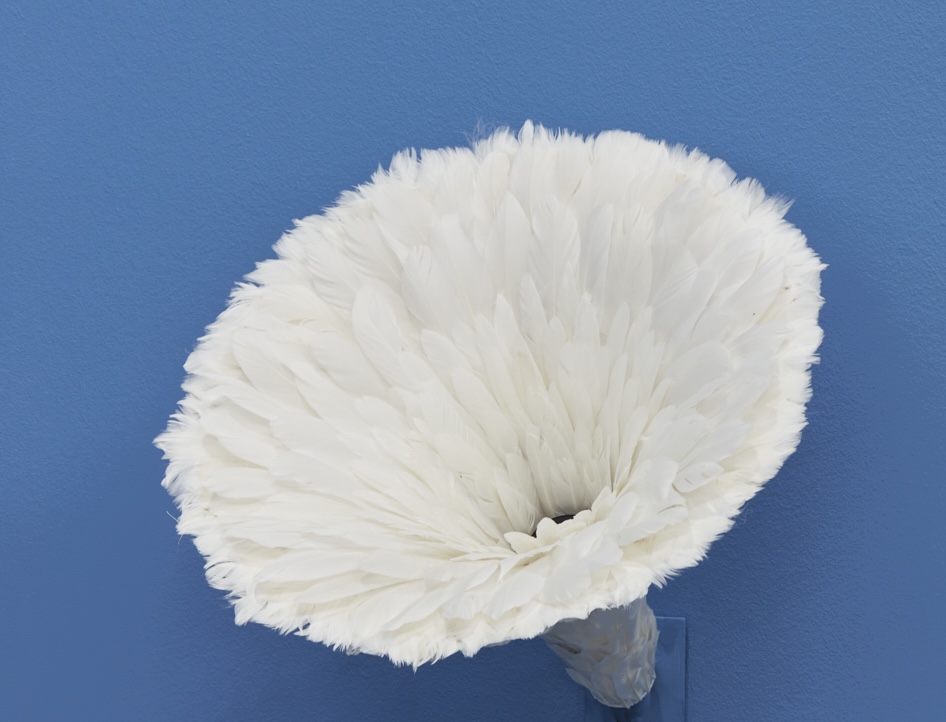
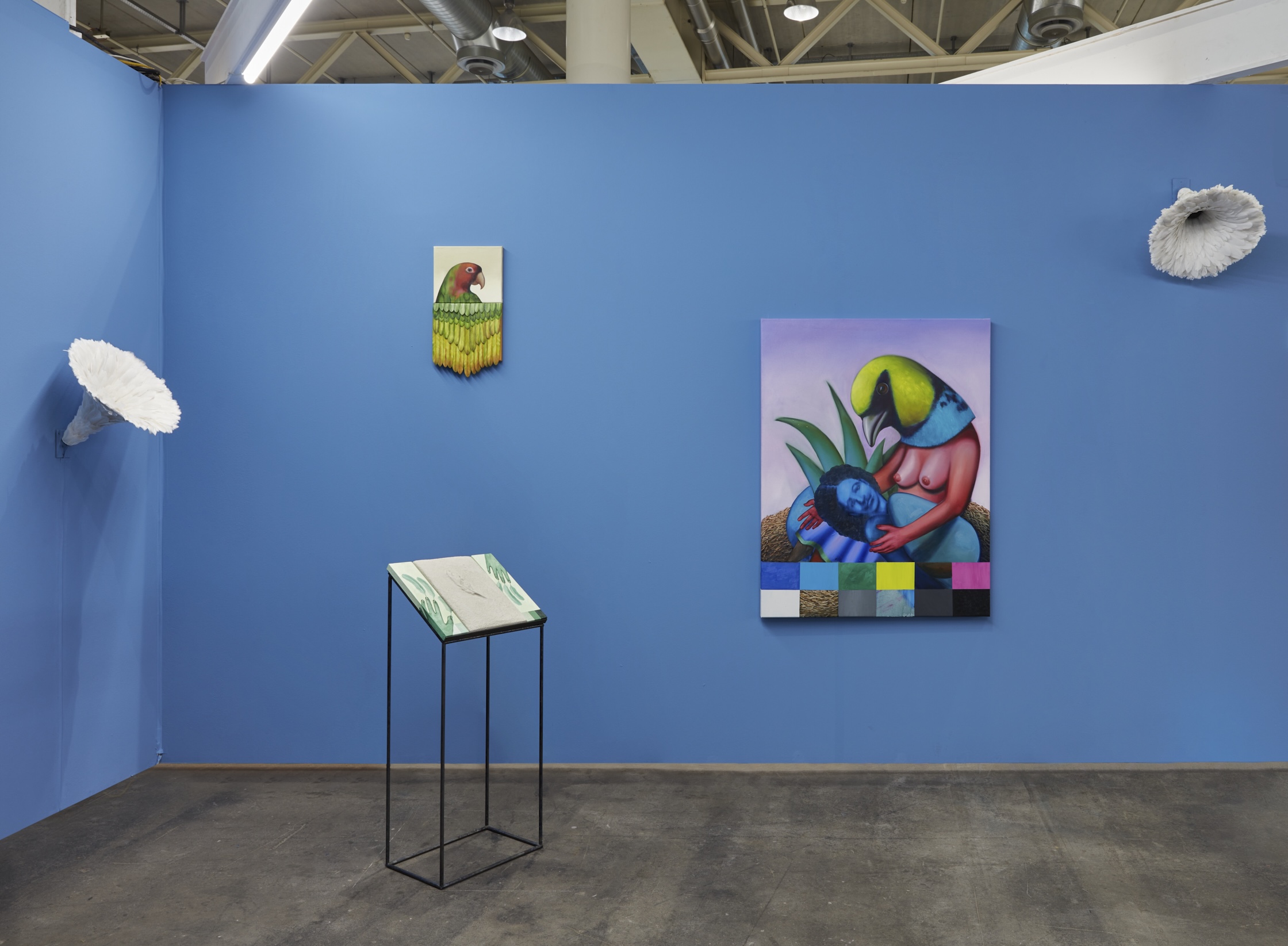

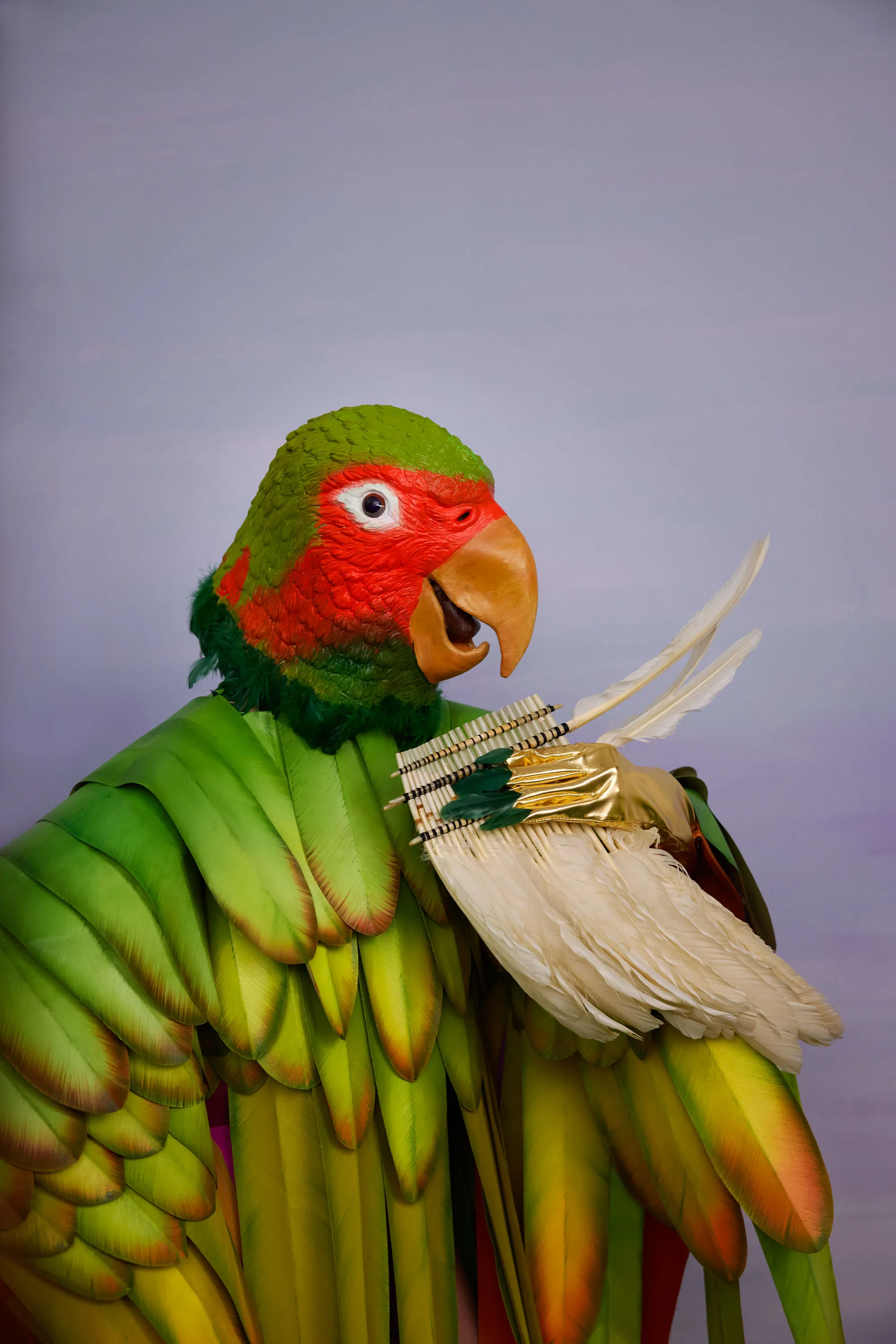
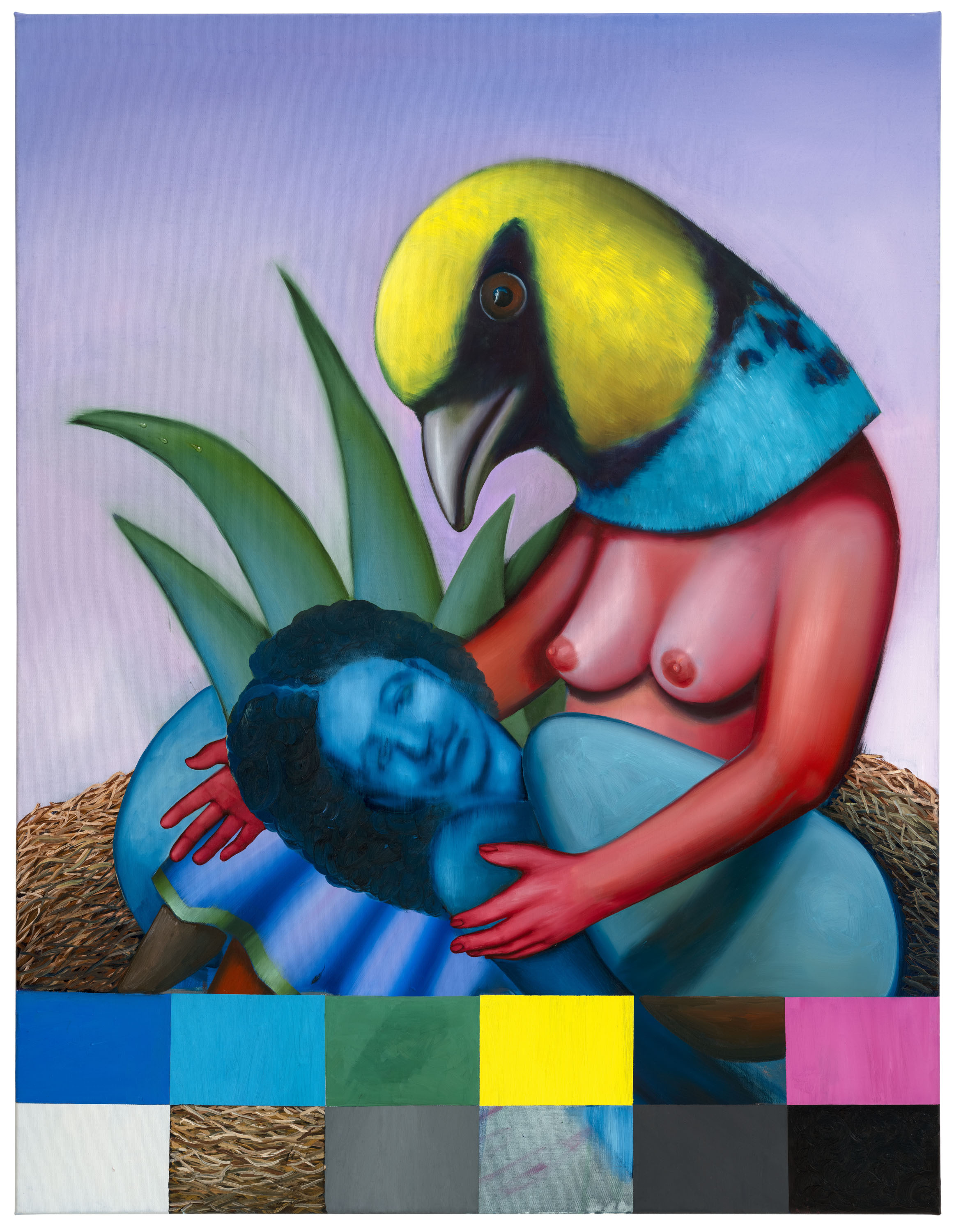
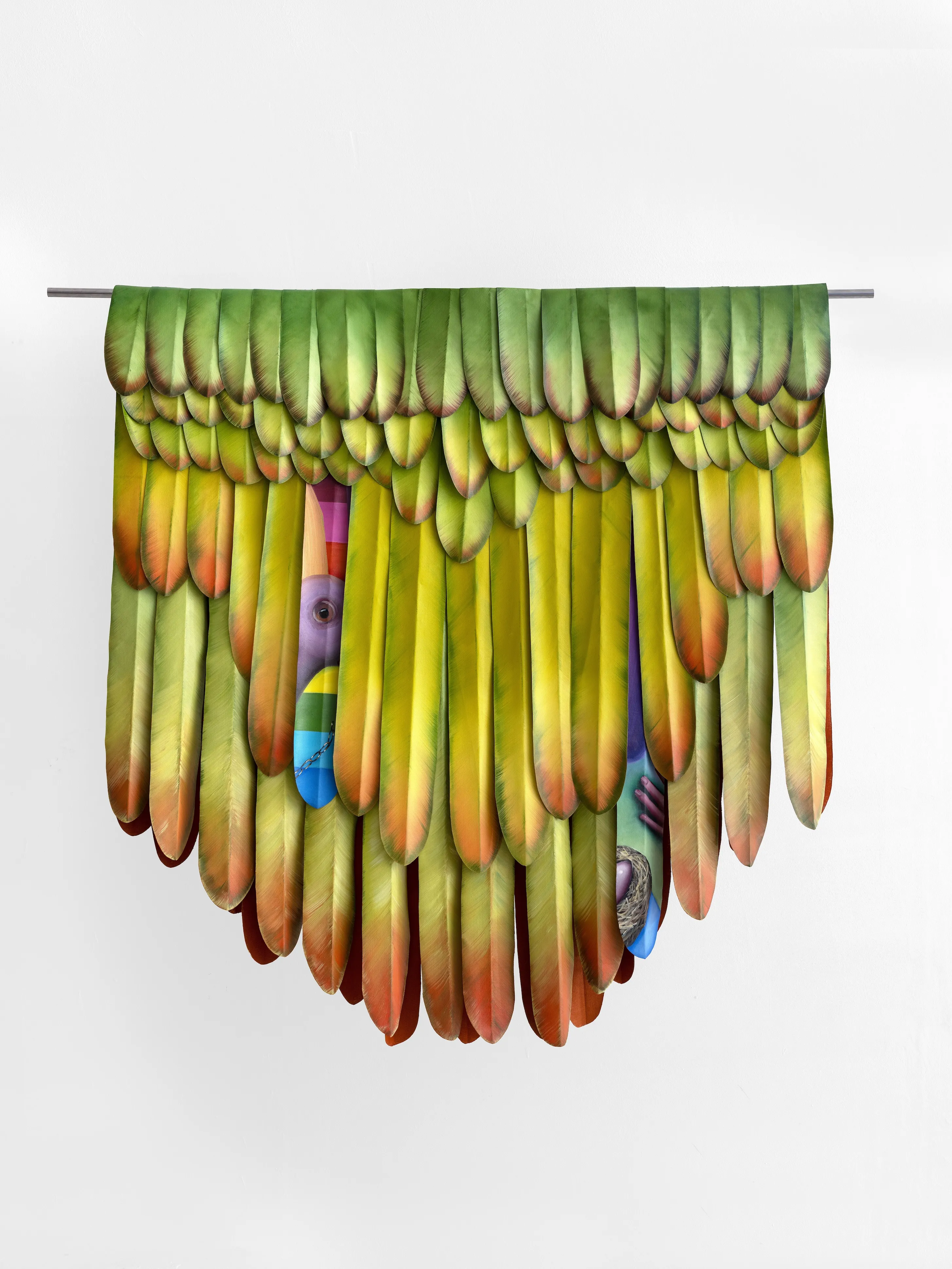
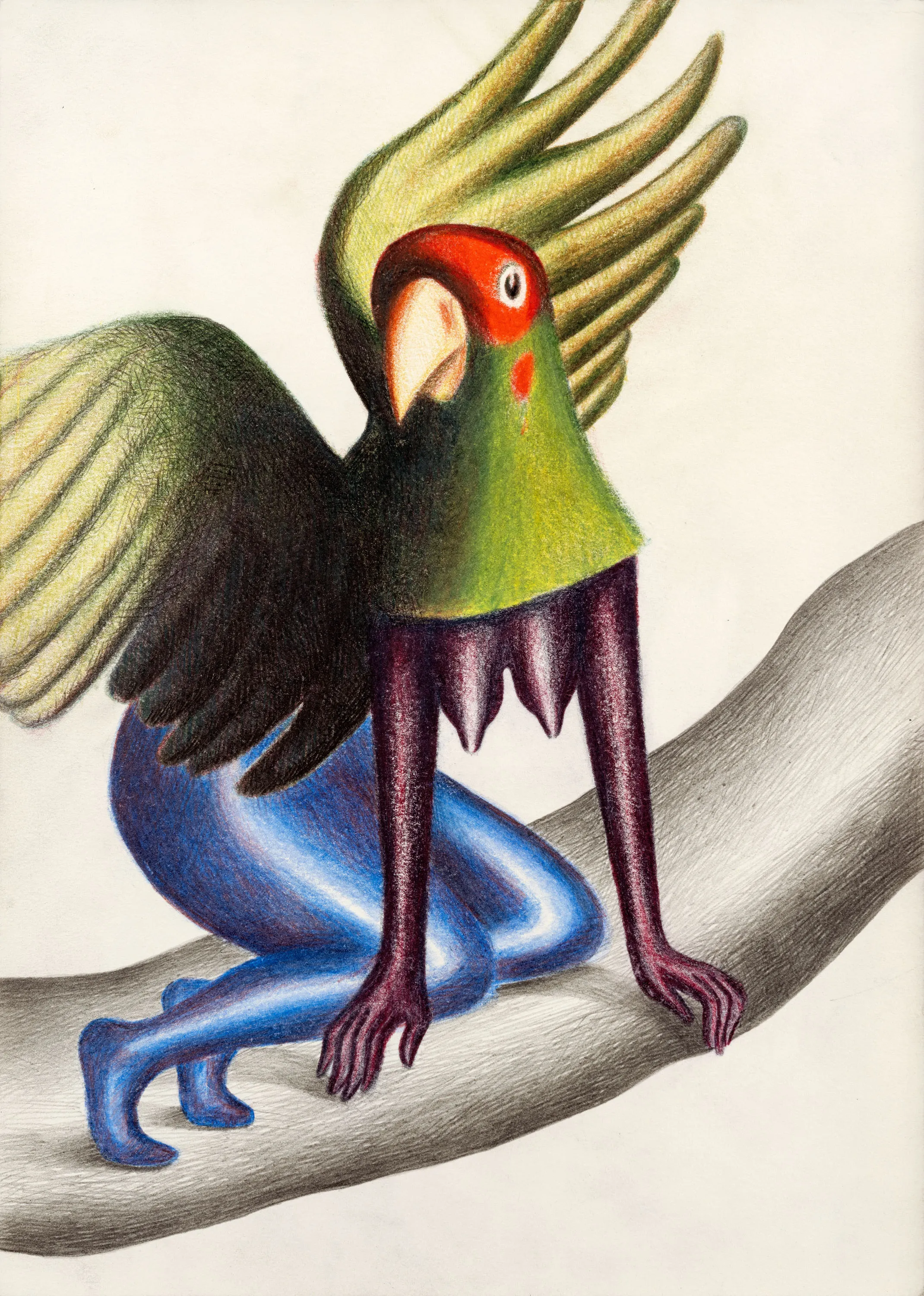
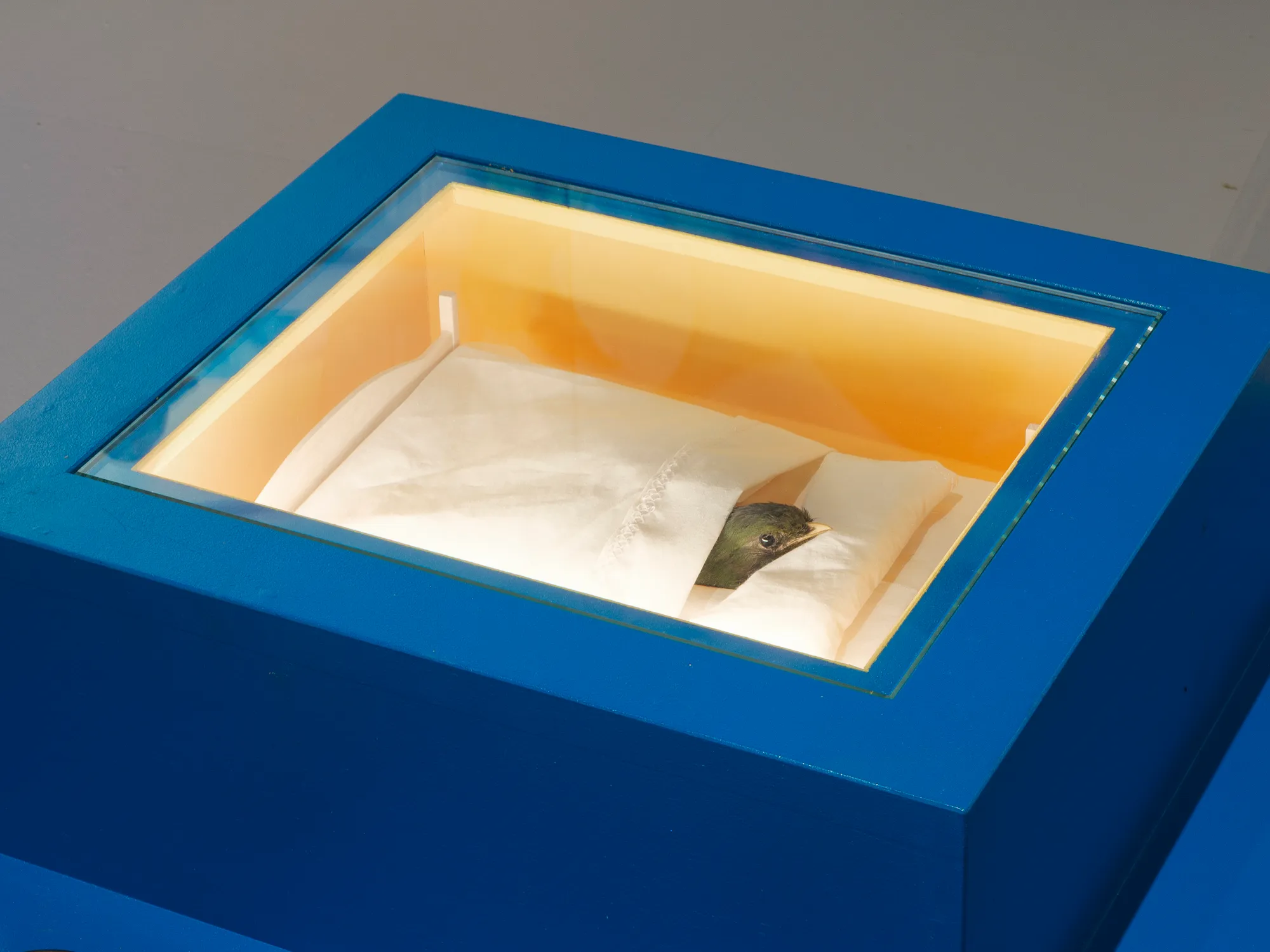
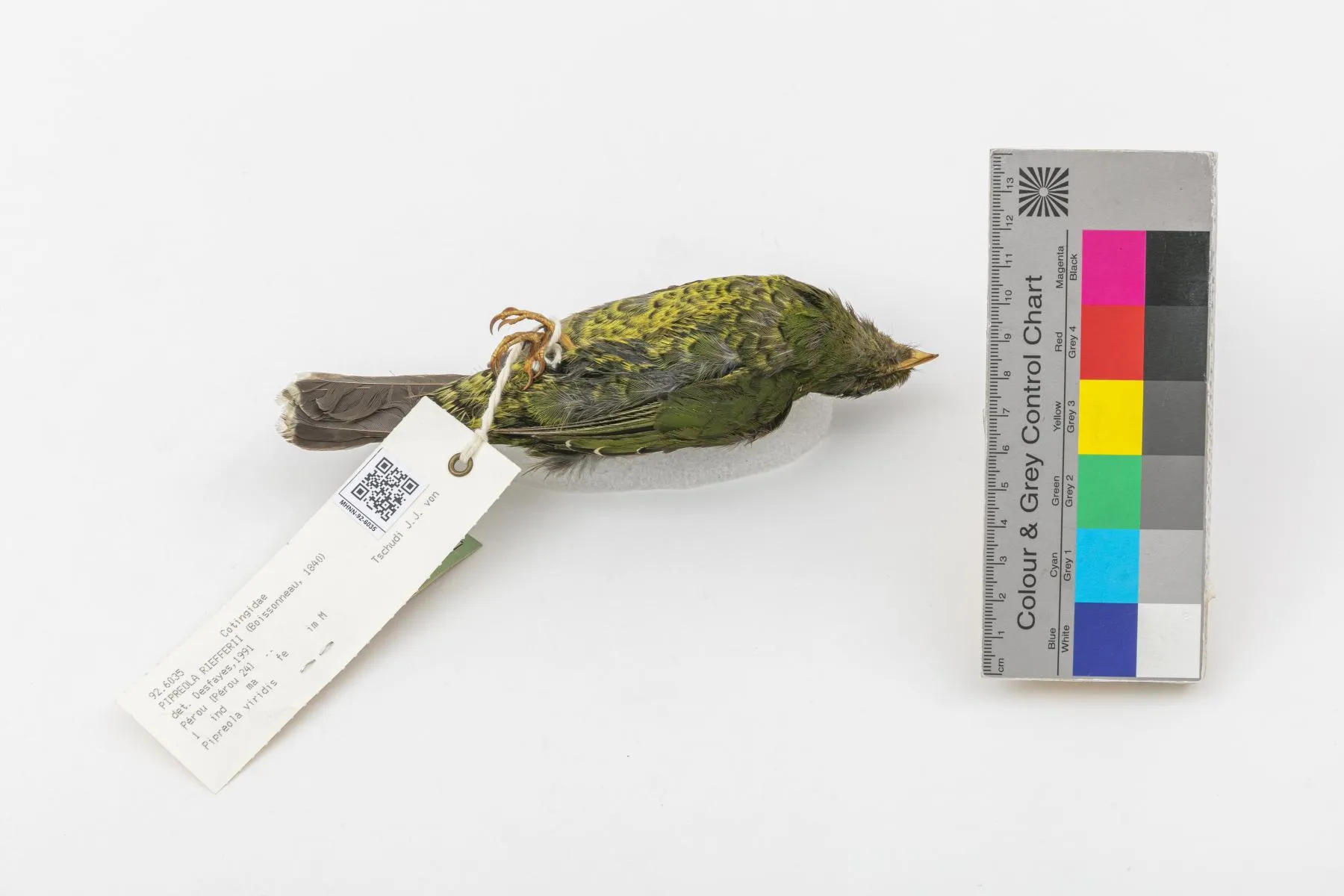
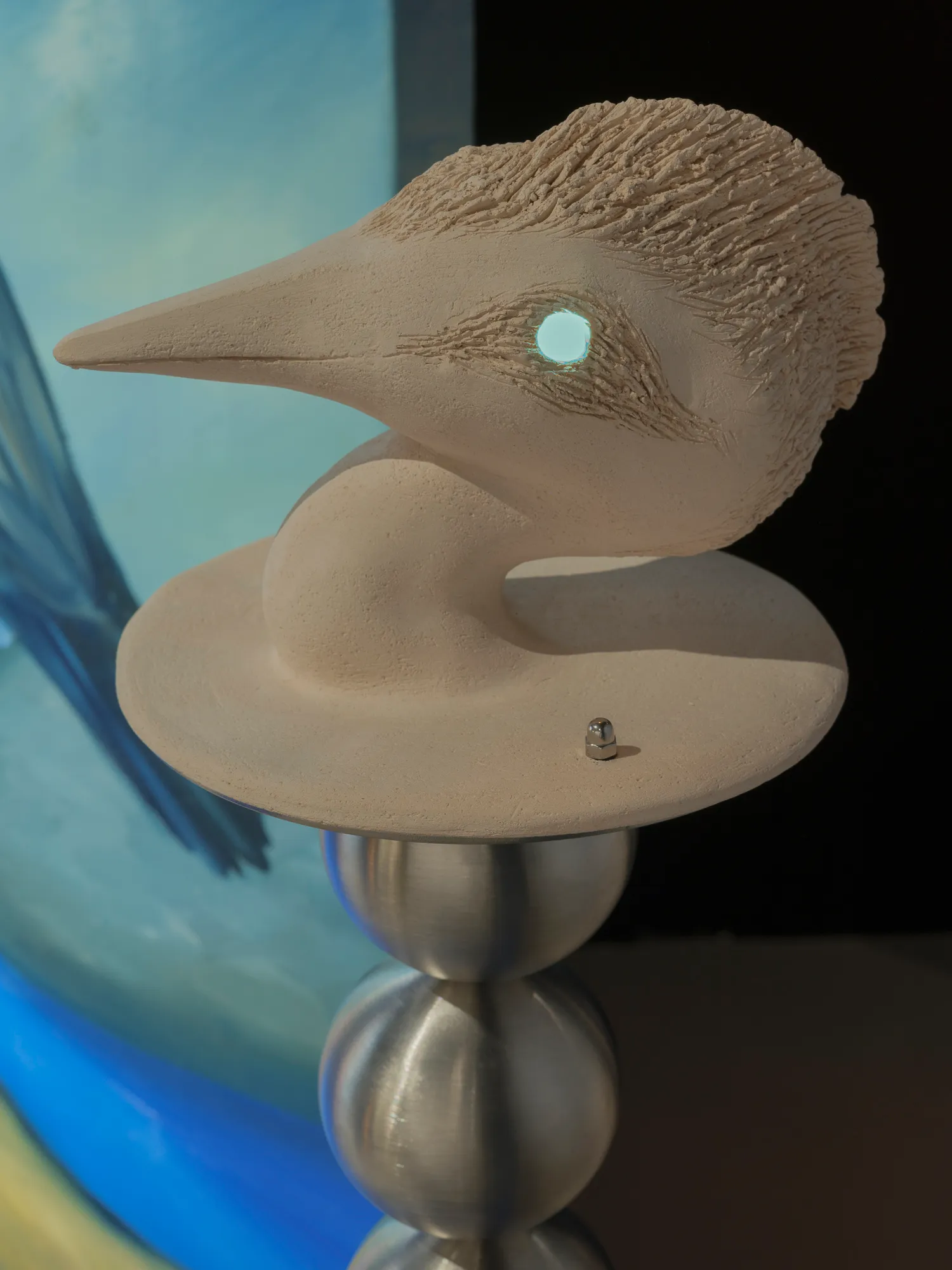
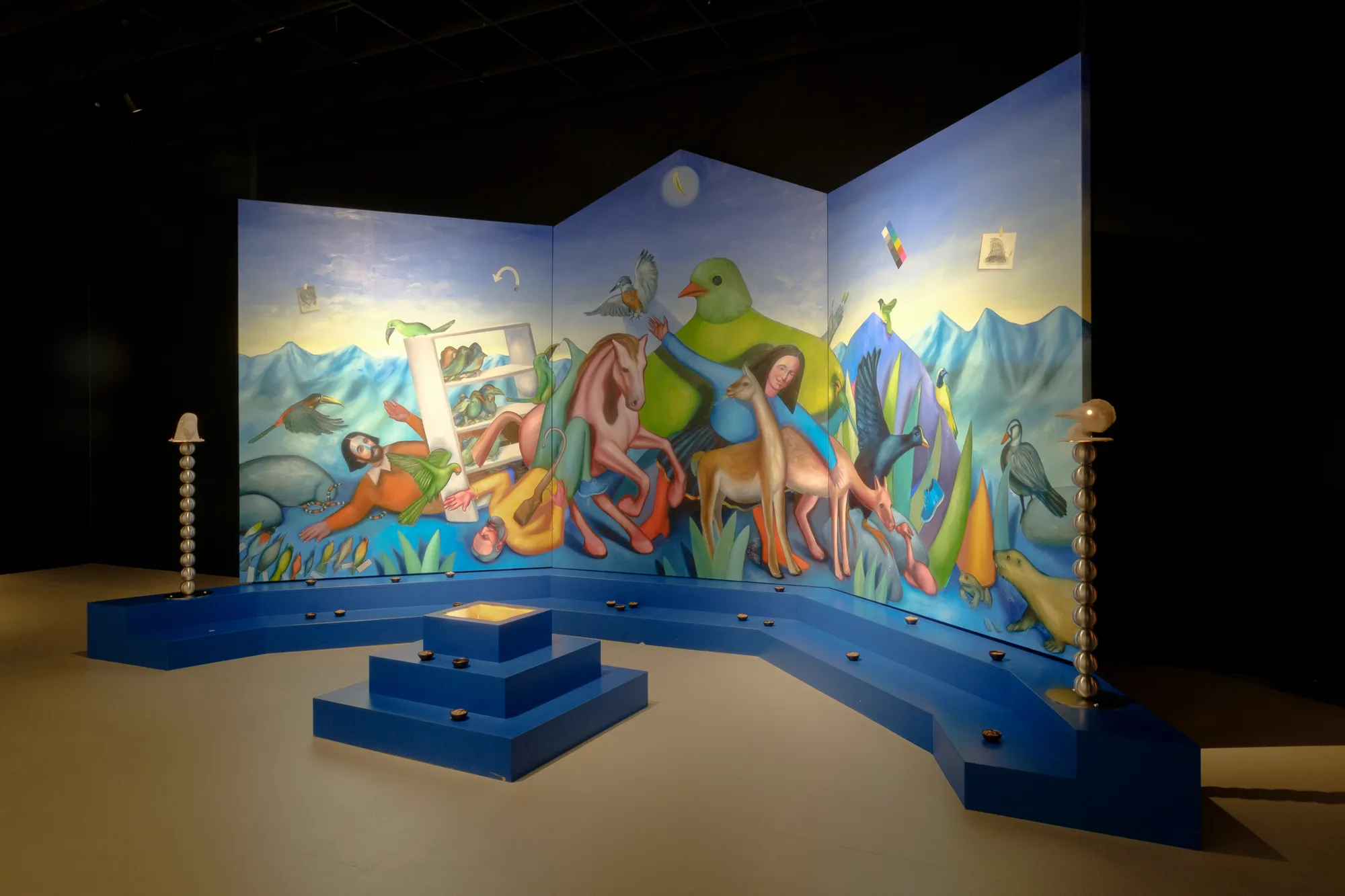
Tziih-tzih-tzi-tzi-tzi-tzi-tz-tz-ziiiiuuüüi reimagines a 19th-century Peruvian bird specimen from the Natural History Museum of Neuchâtel as the centerpiece of a poetic rebellion. Instead of the typical diorama, artist Ivana de Vivanco crafts a sacred altar where natural science meets ritual and the birds of the collection rise to reclaim the feather once taken from them. A delicate act of restitution, this installation offers the small Frutera Verdinegra a resting place, surrounded by care, symbolism and speculative resistance. It’s not just an artwork — it’s a belated mourning and a bold rewriting of history.
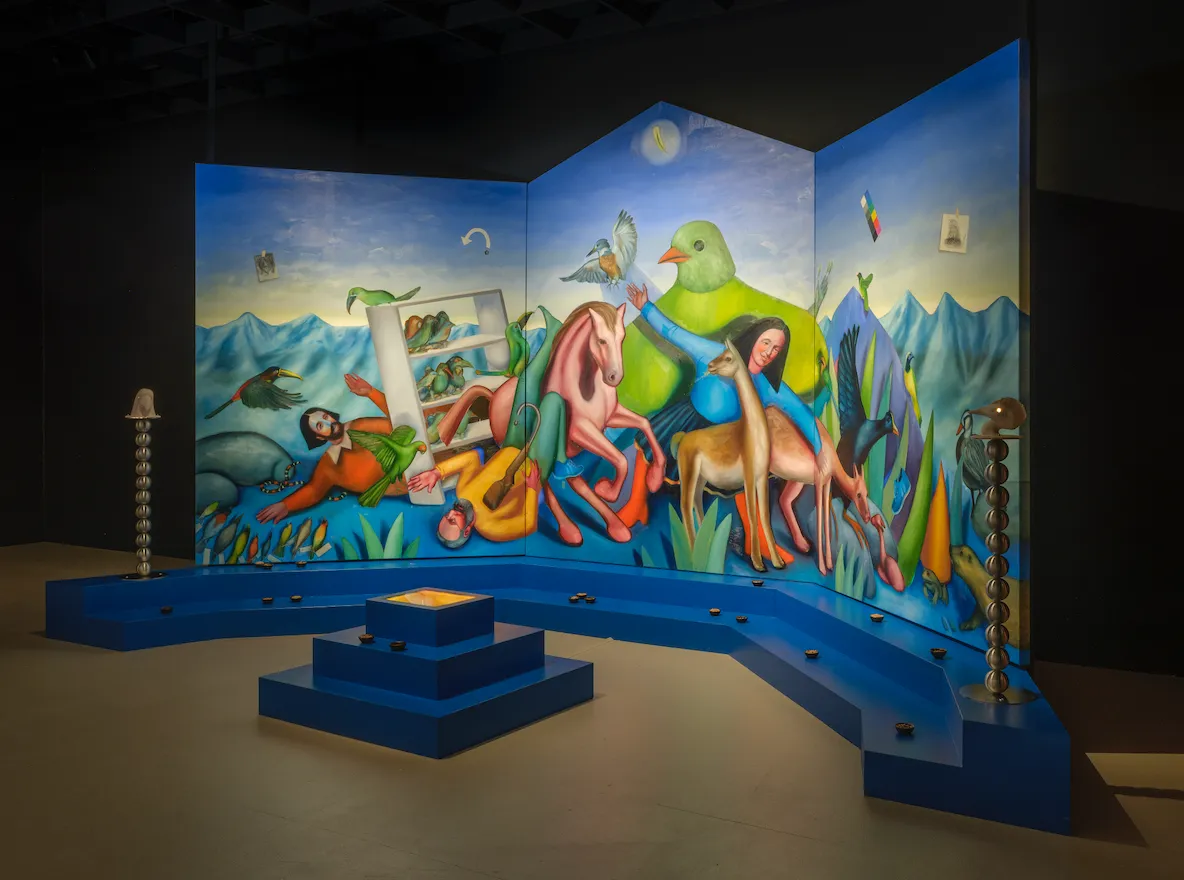
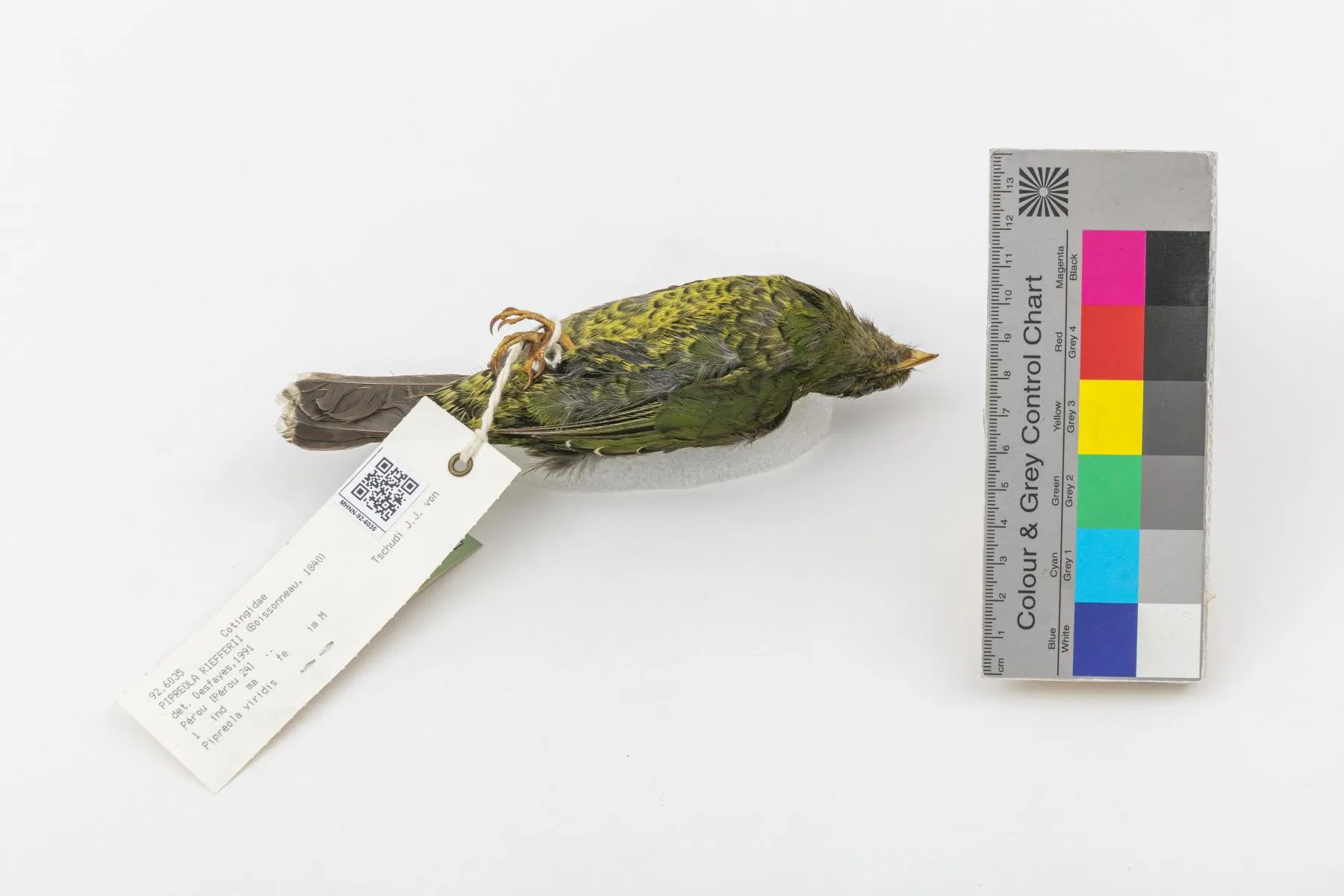
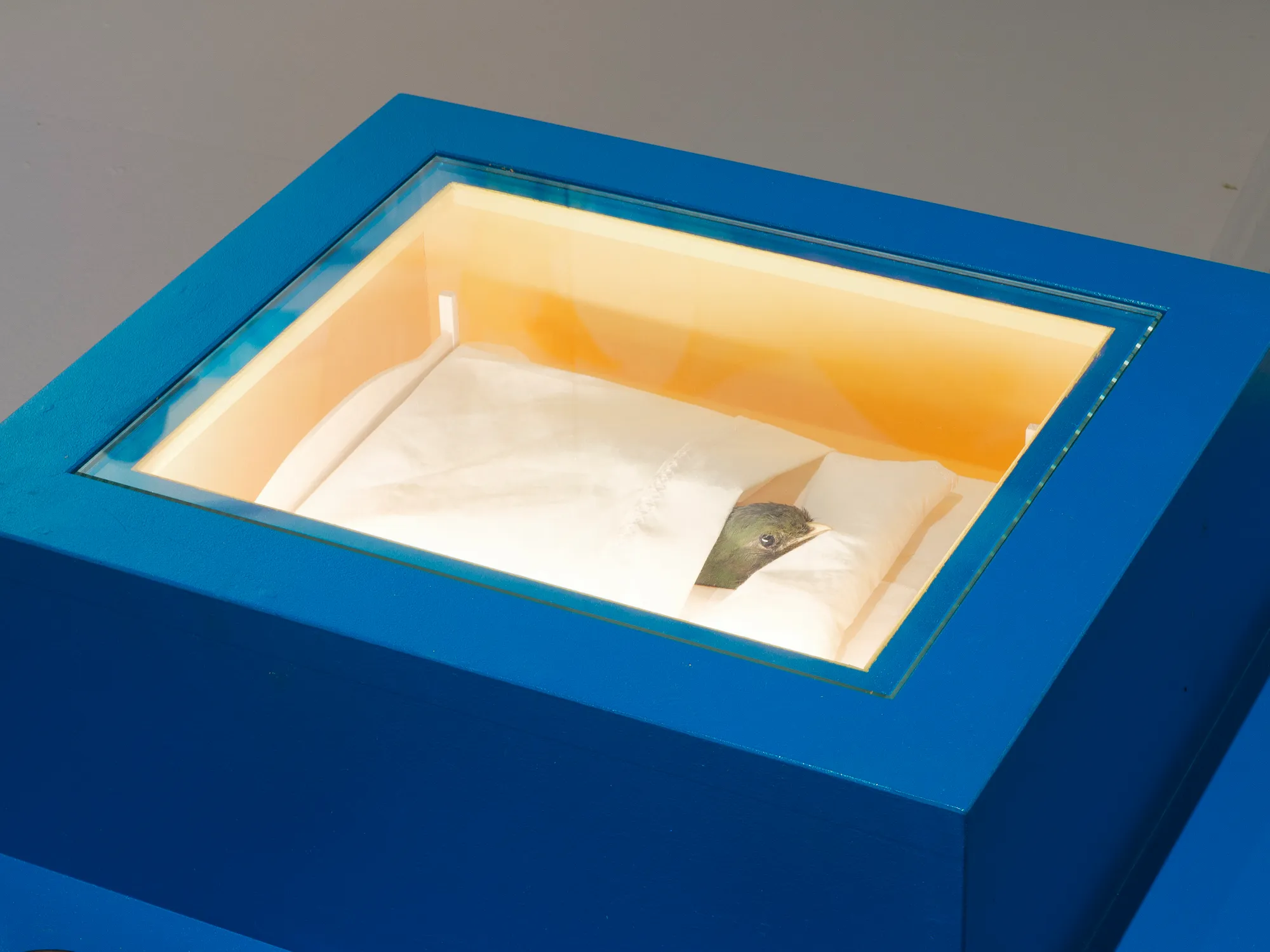
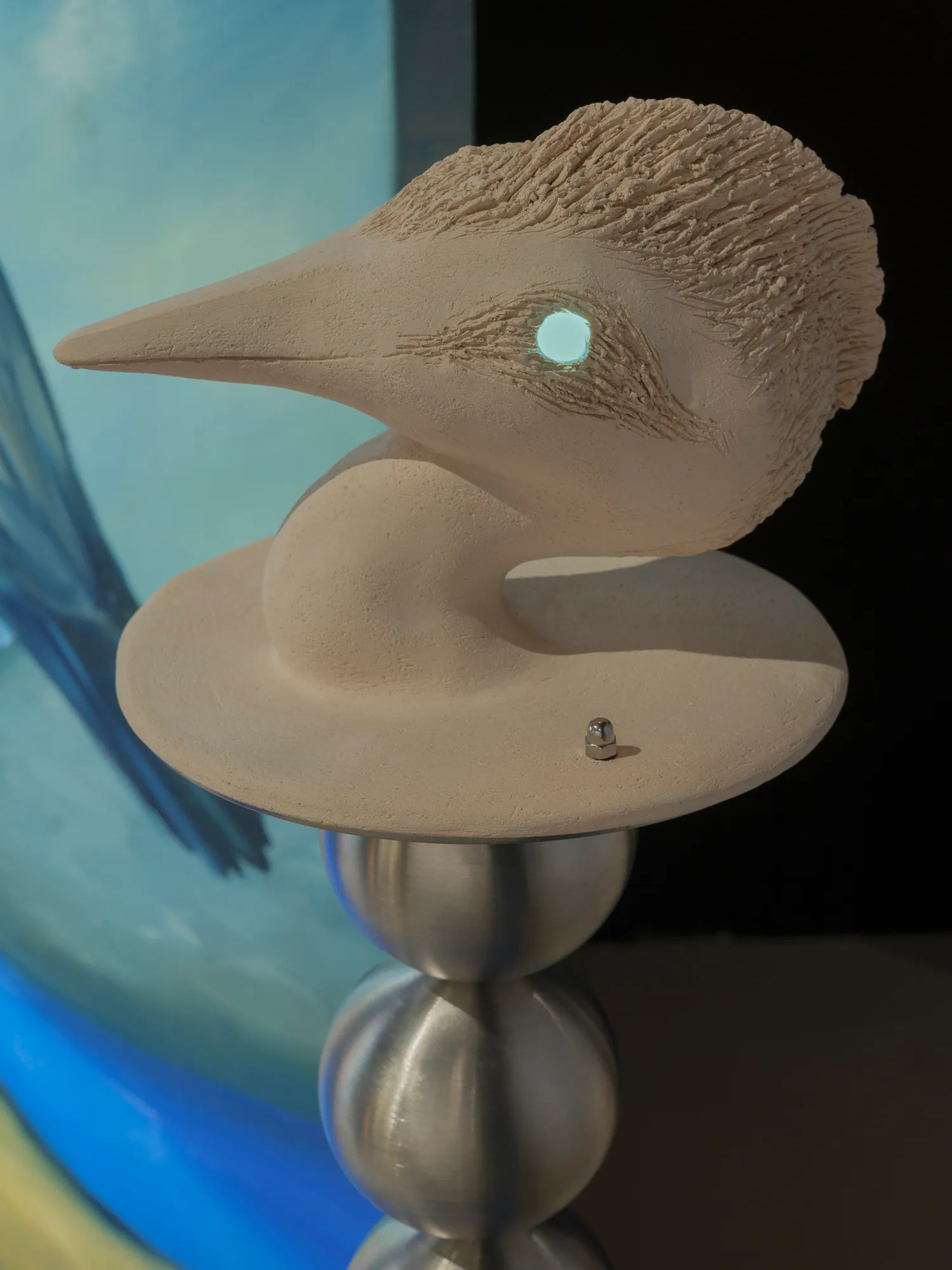
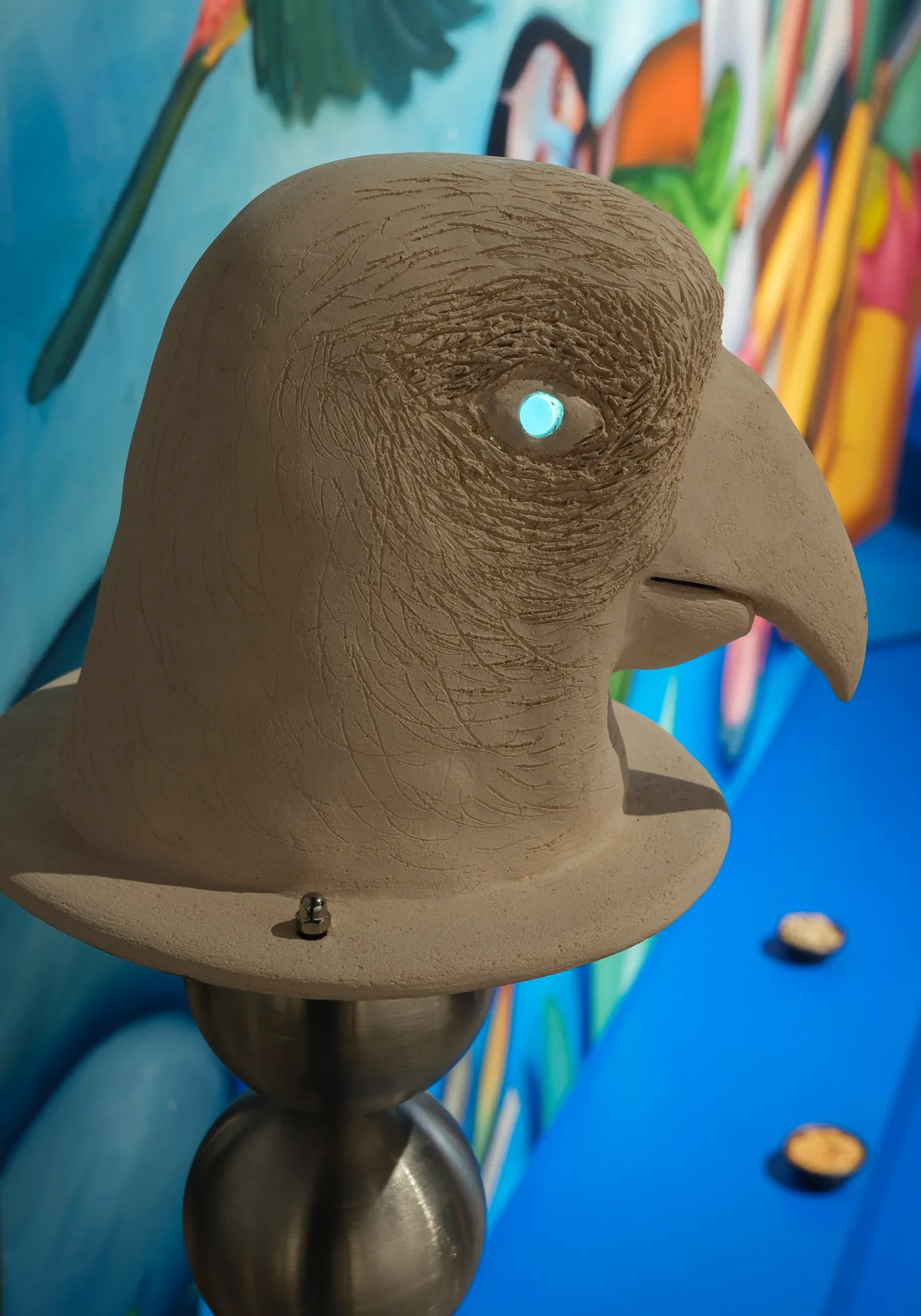
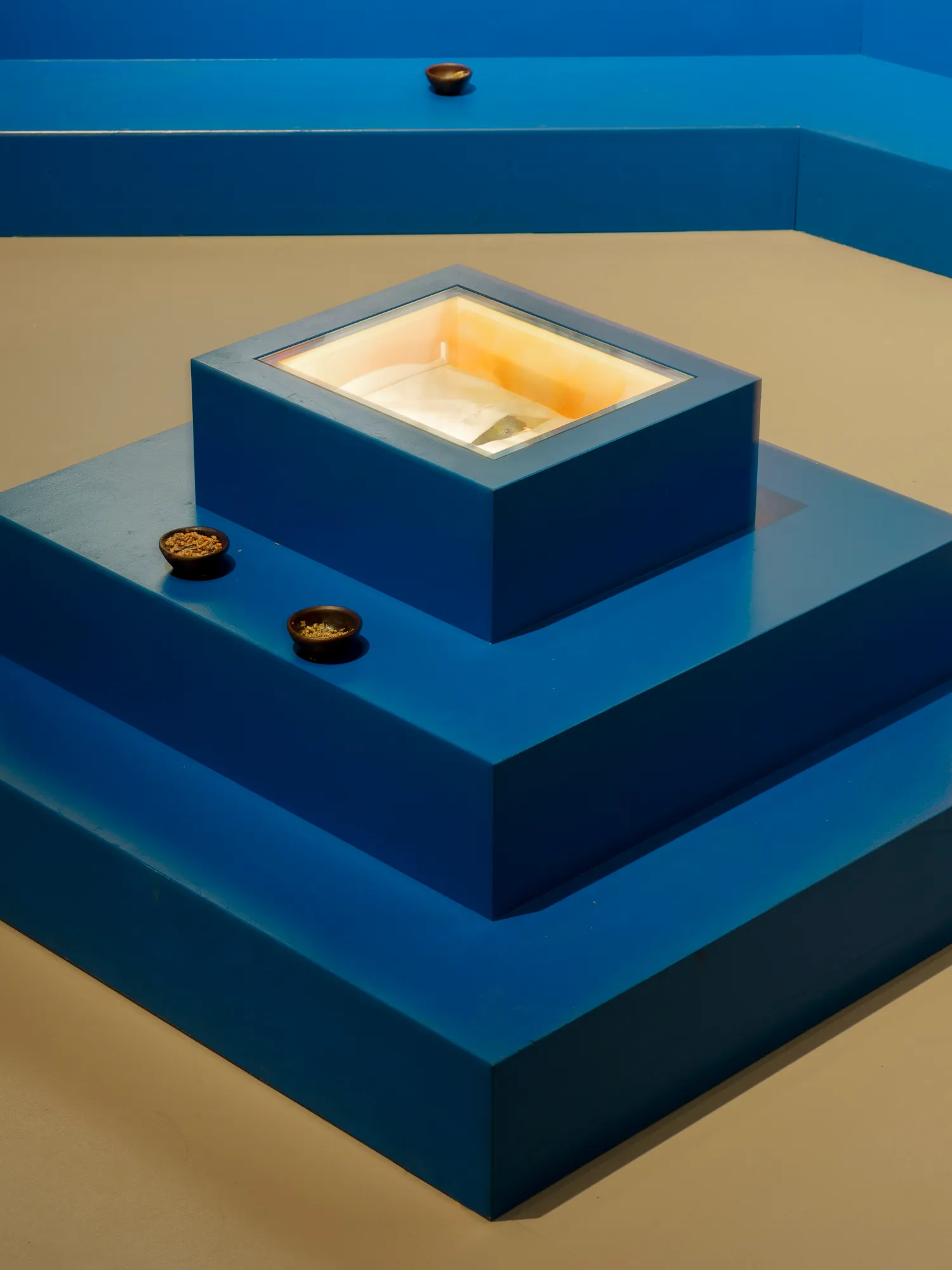
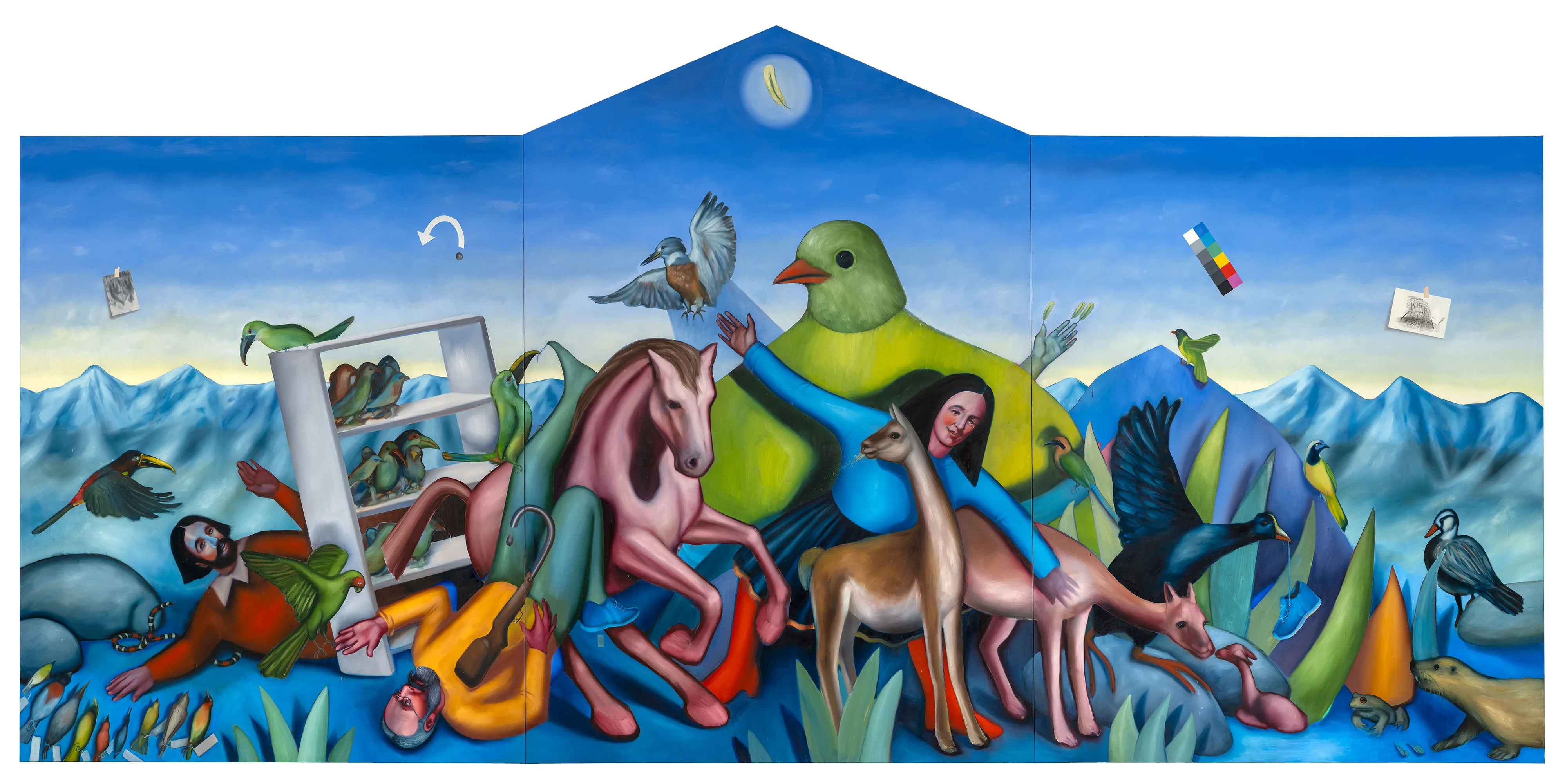
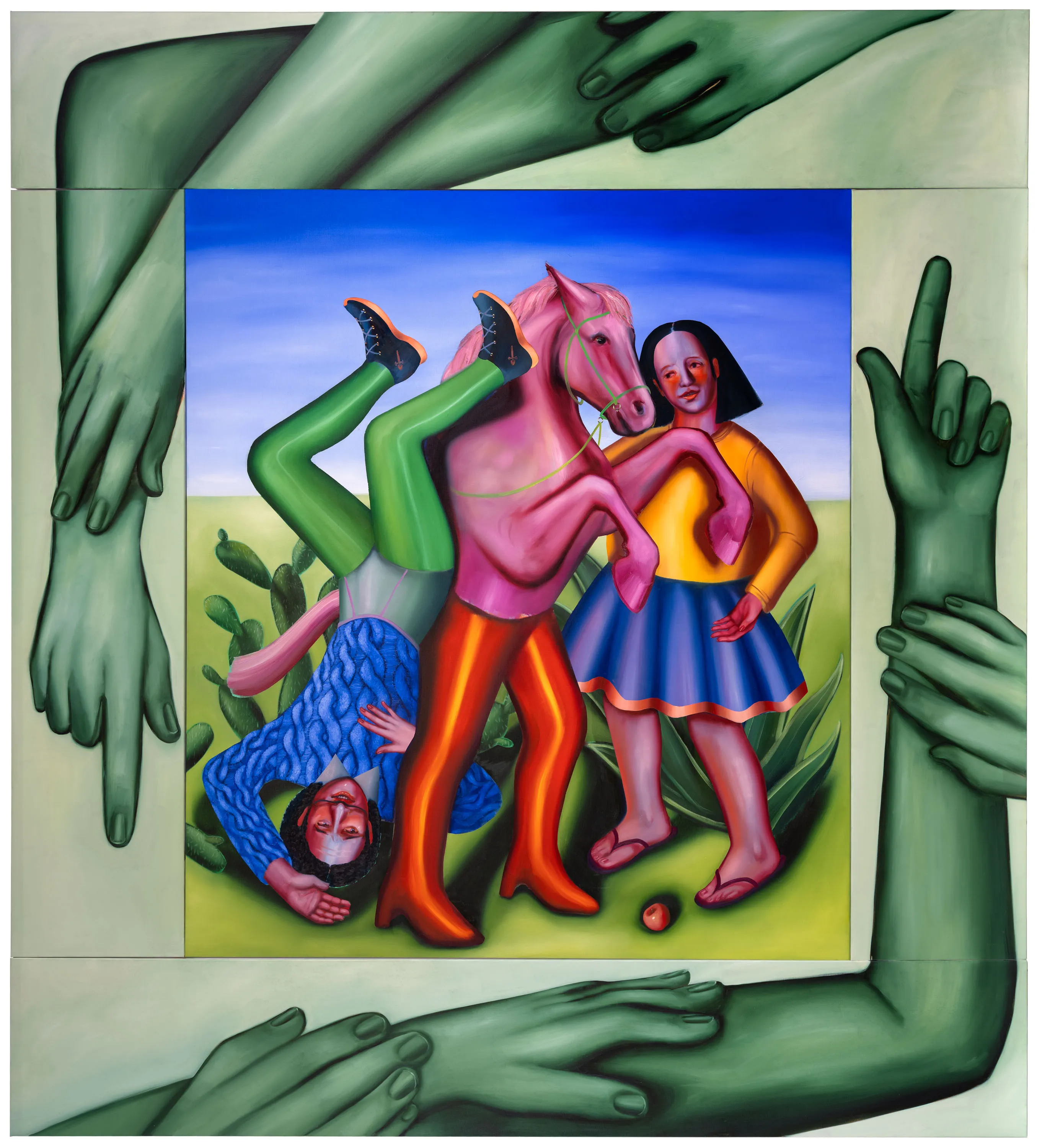
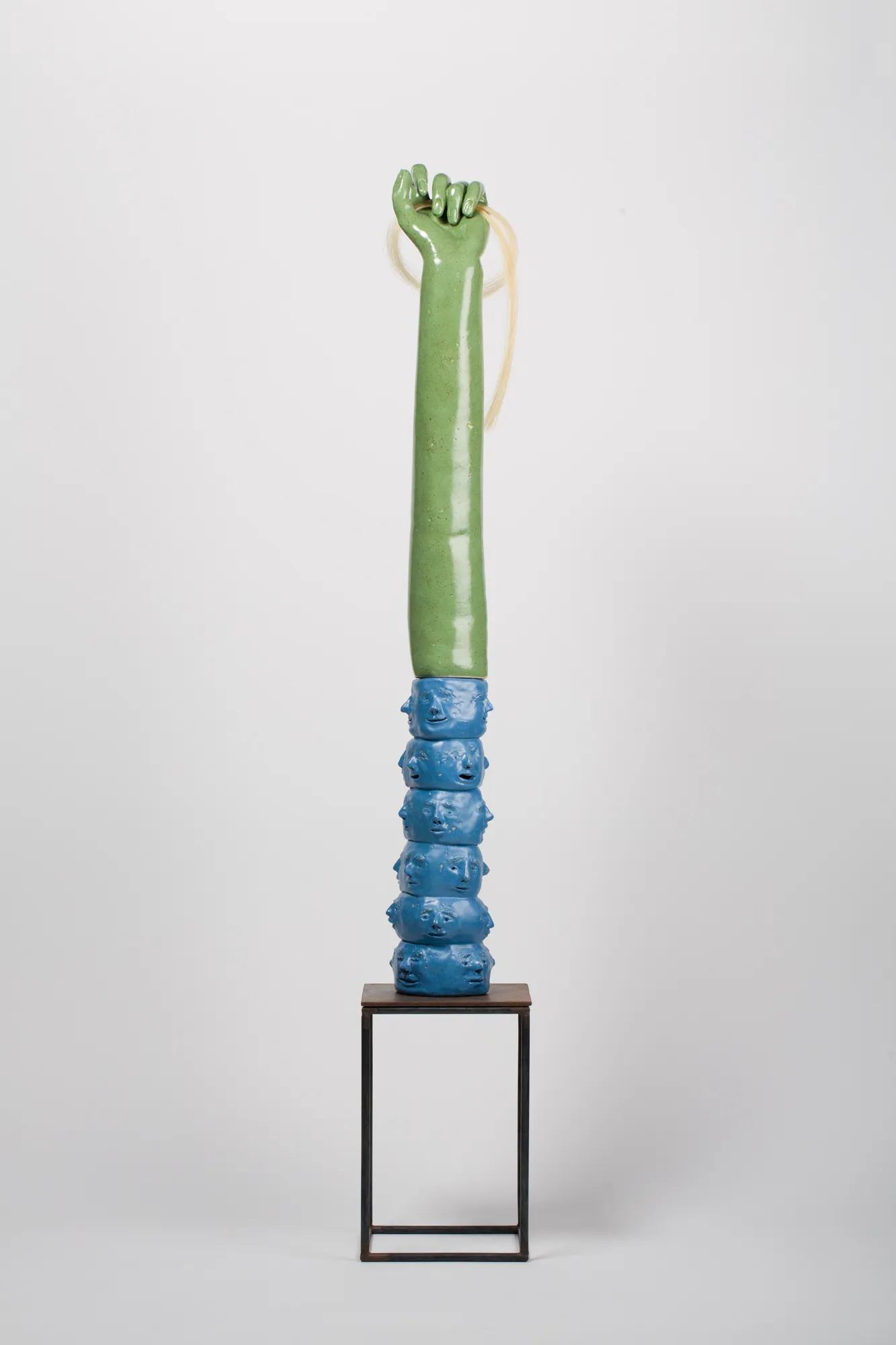
%20I%2C%2075x46x7cm.webp)

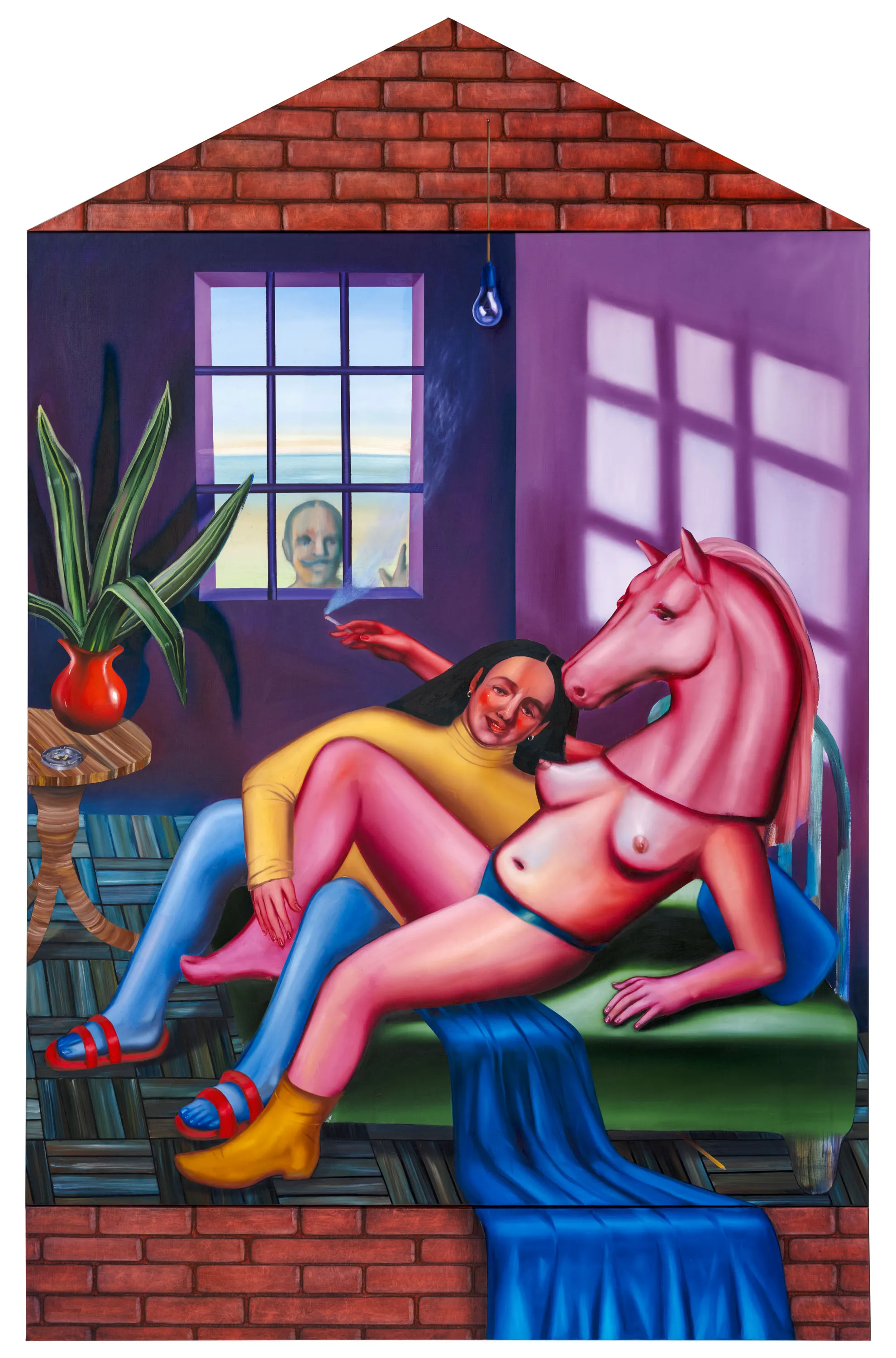
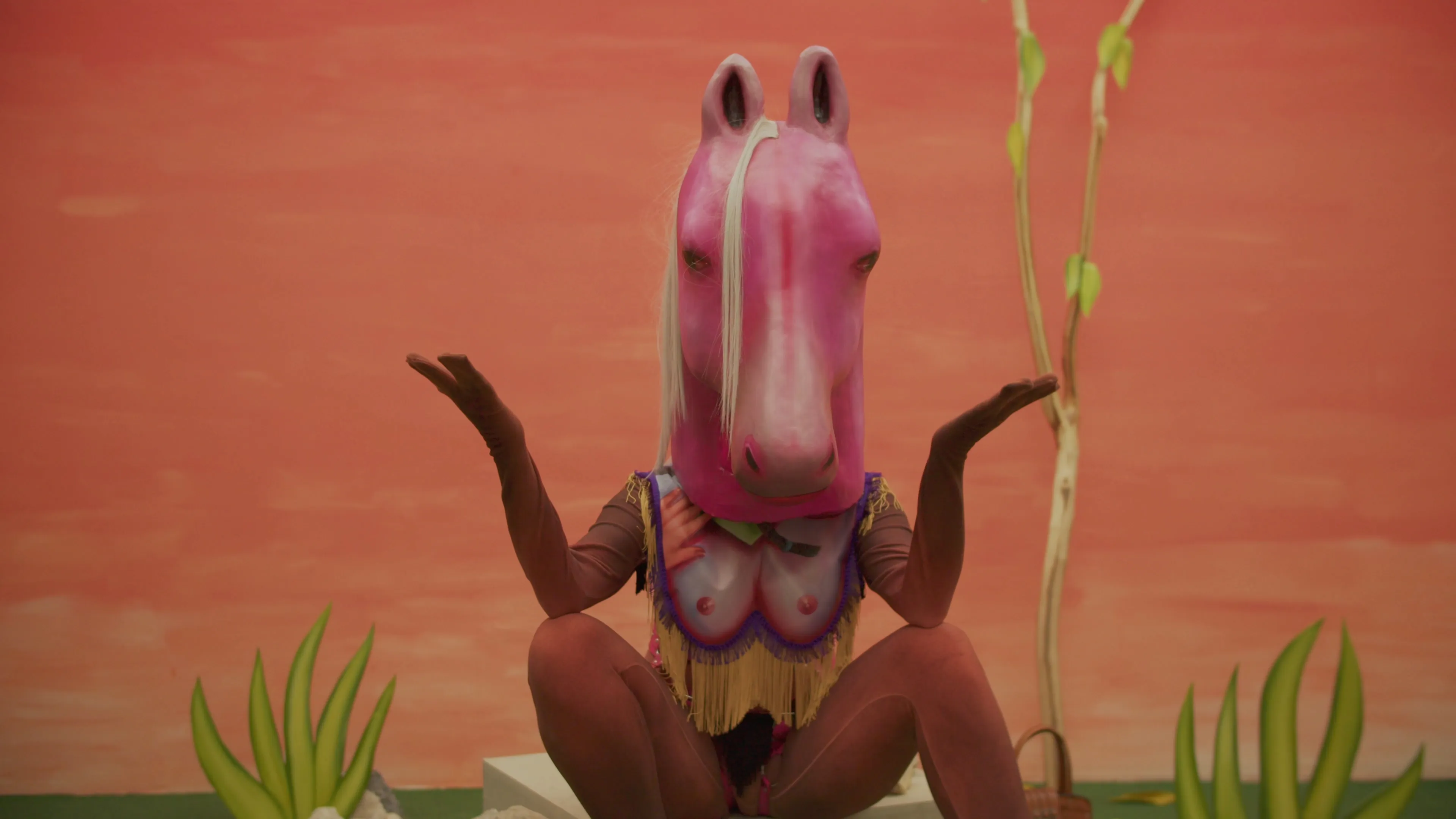
In La Yegua de Santiago, Ivana de Vivanco subverts the violent iconography of St. James, by shifting the narrative to his horse, who rebelliously dismounts her rider and decides to become a liberated mare. Through richly colored, baroque-inspired paintings, videos and sculptures, de Vivanco transforms historical narratives of conquest into intimate, fictional scenes of emotional healing and pleasure.
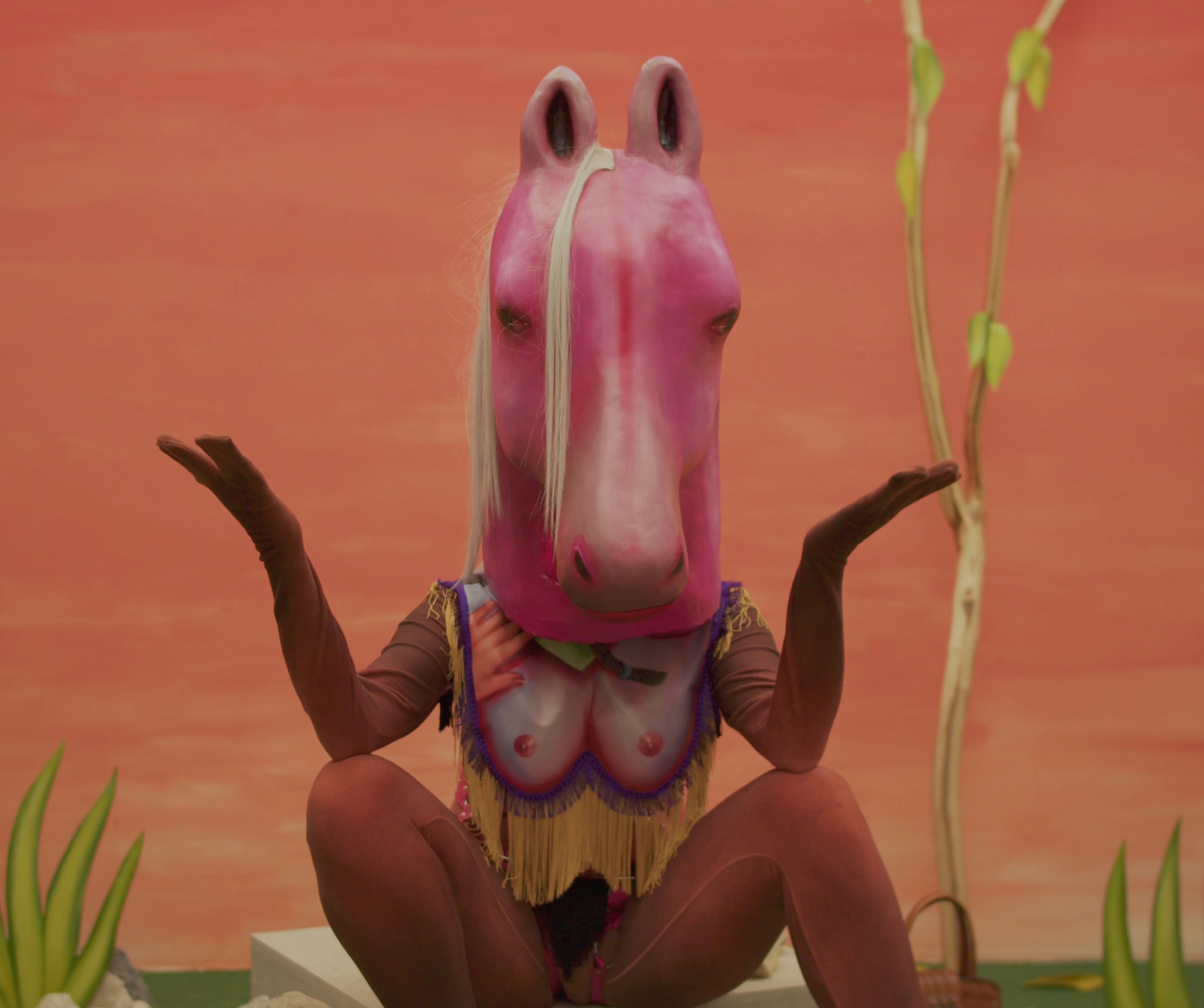
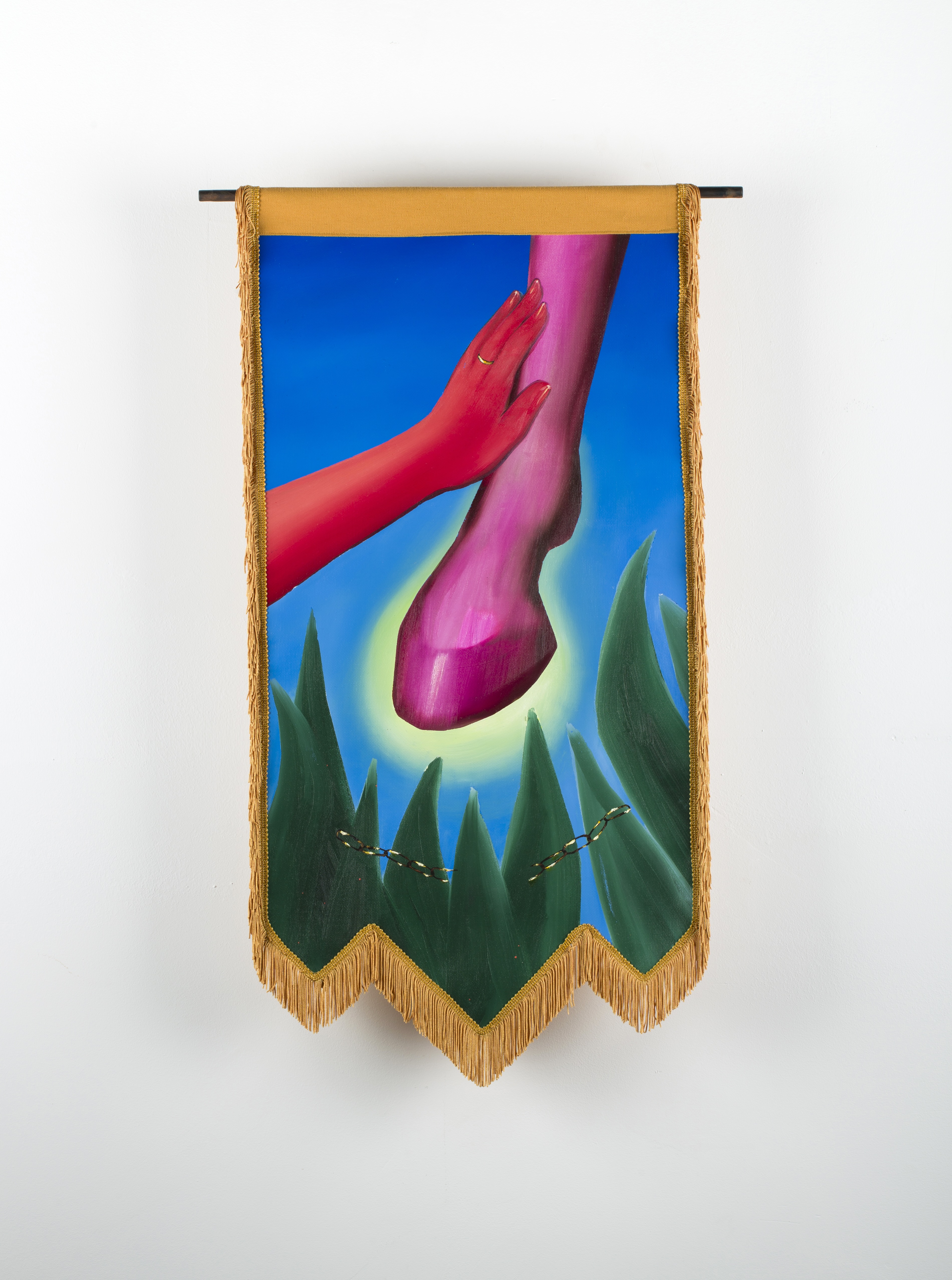
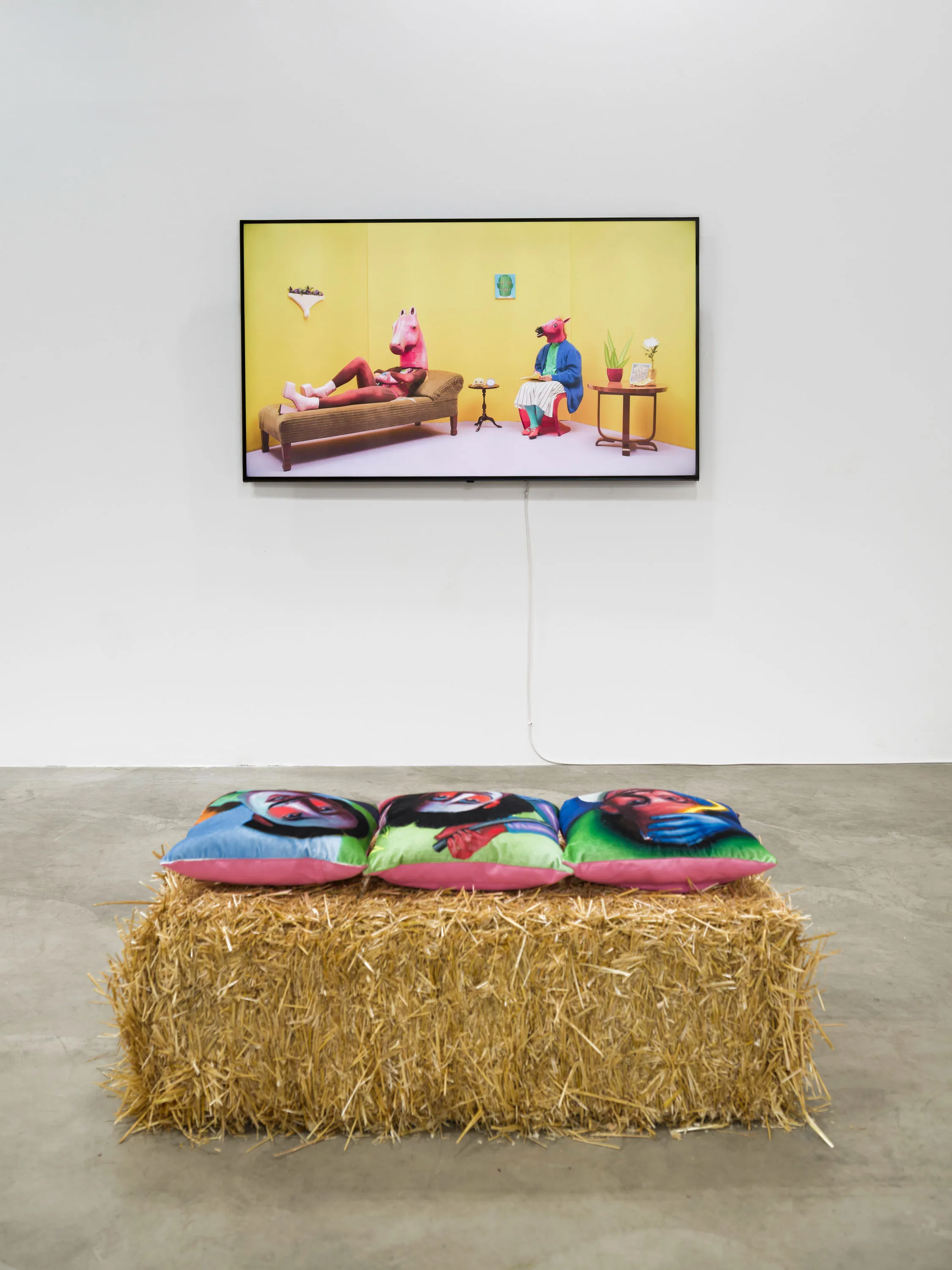
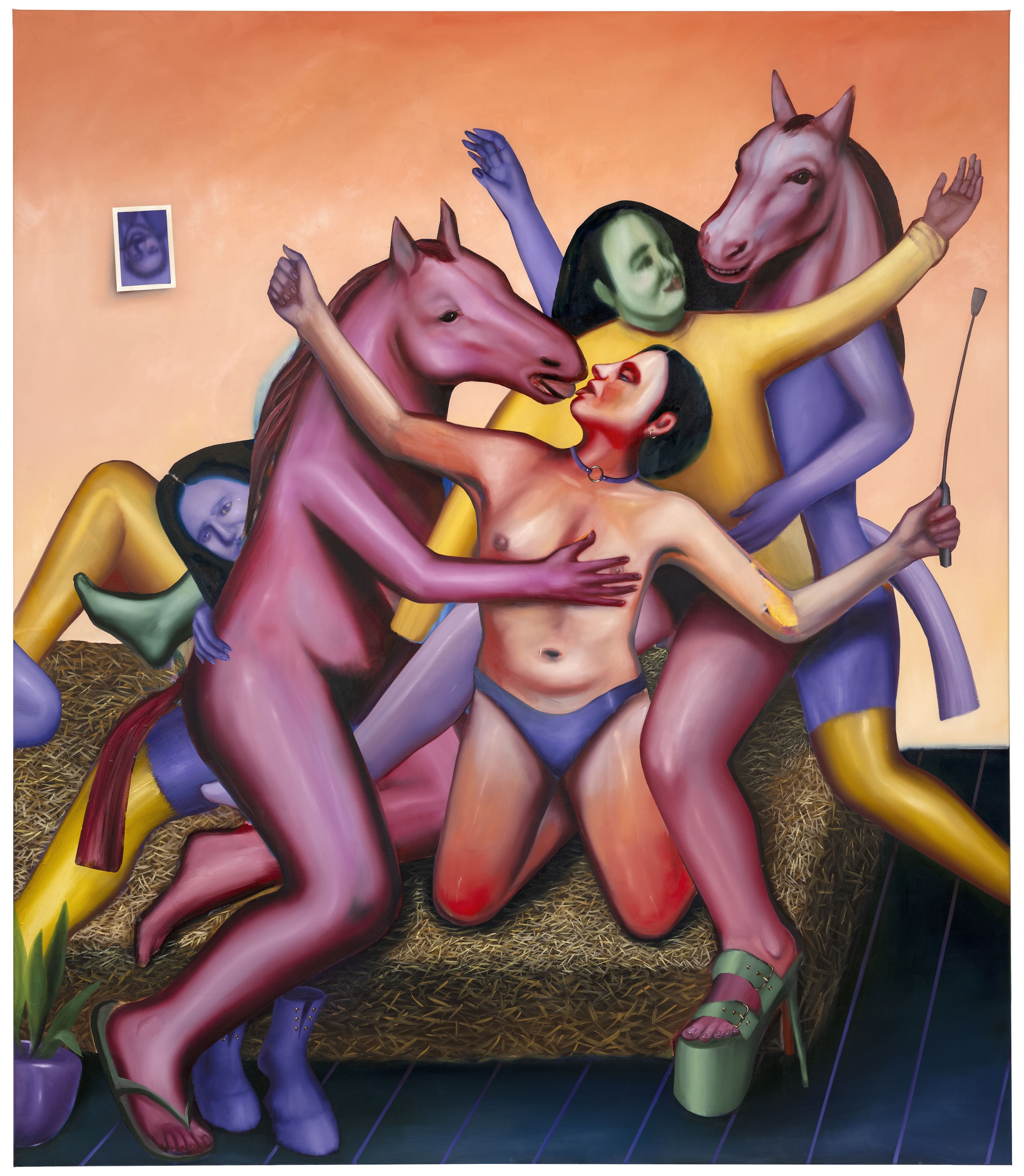
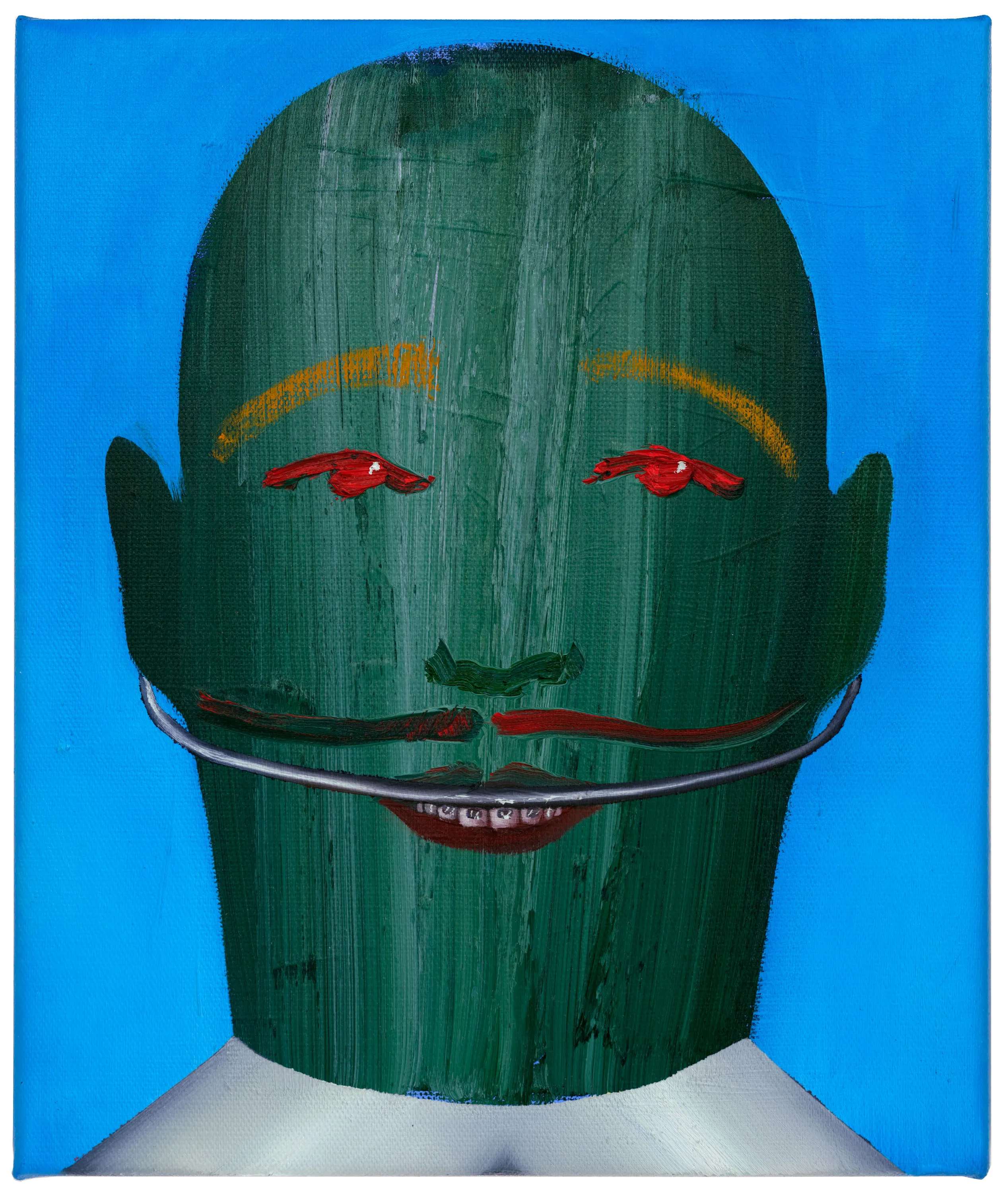
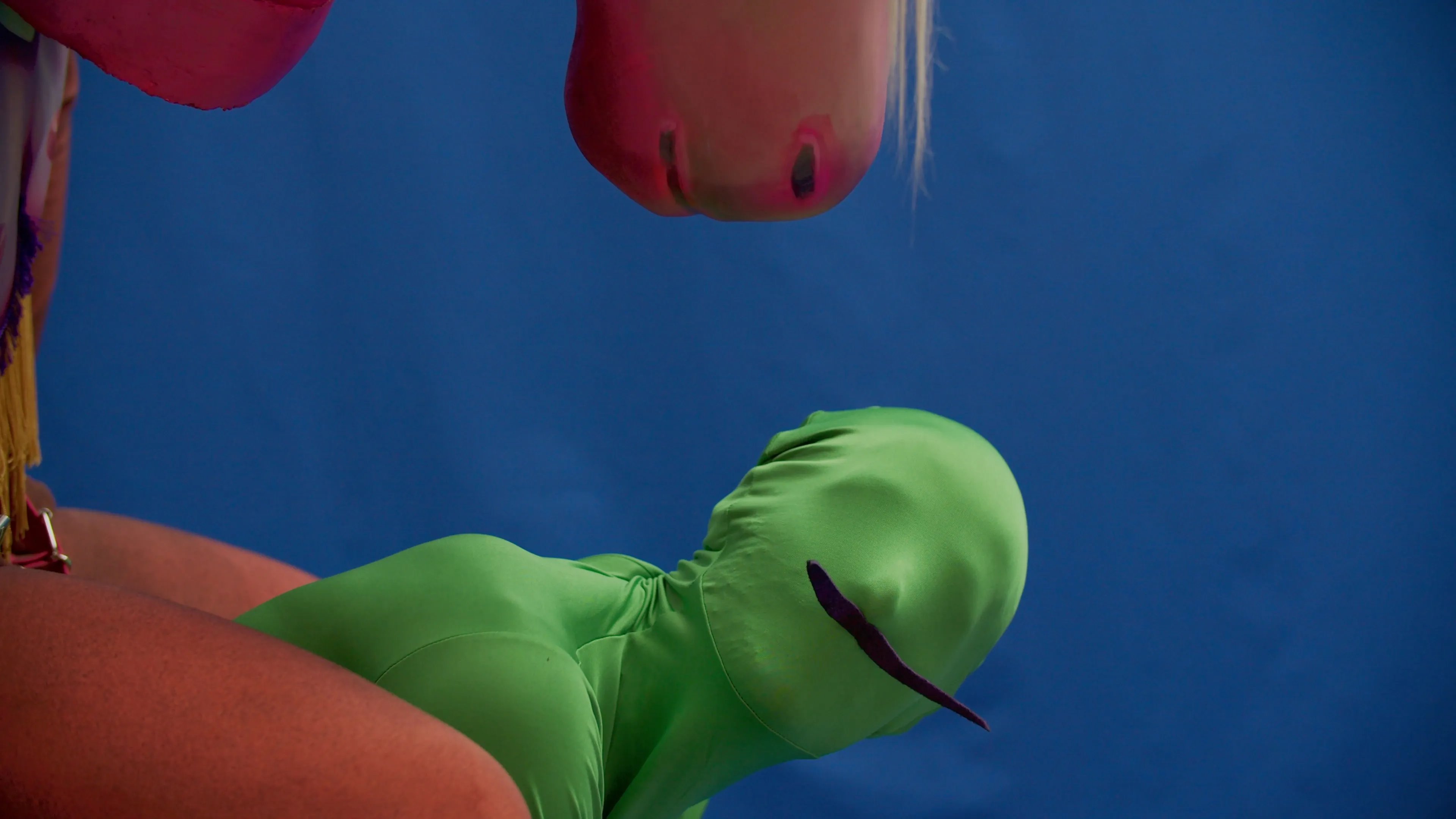
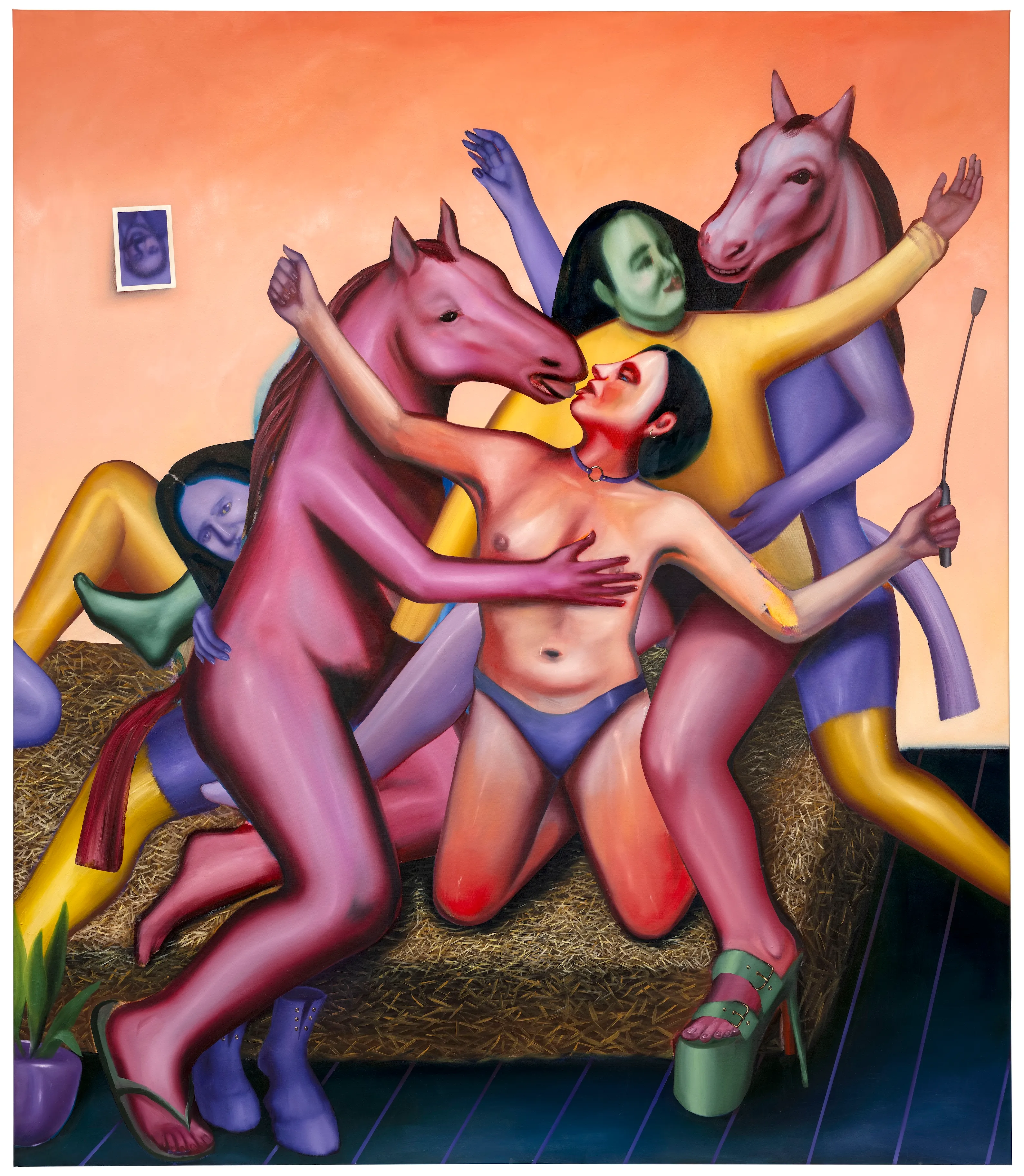
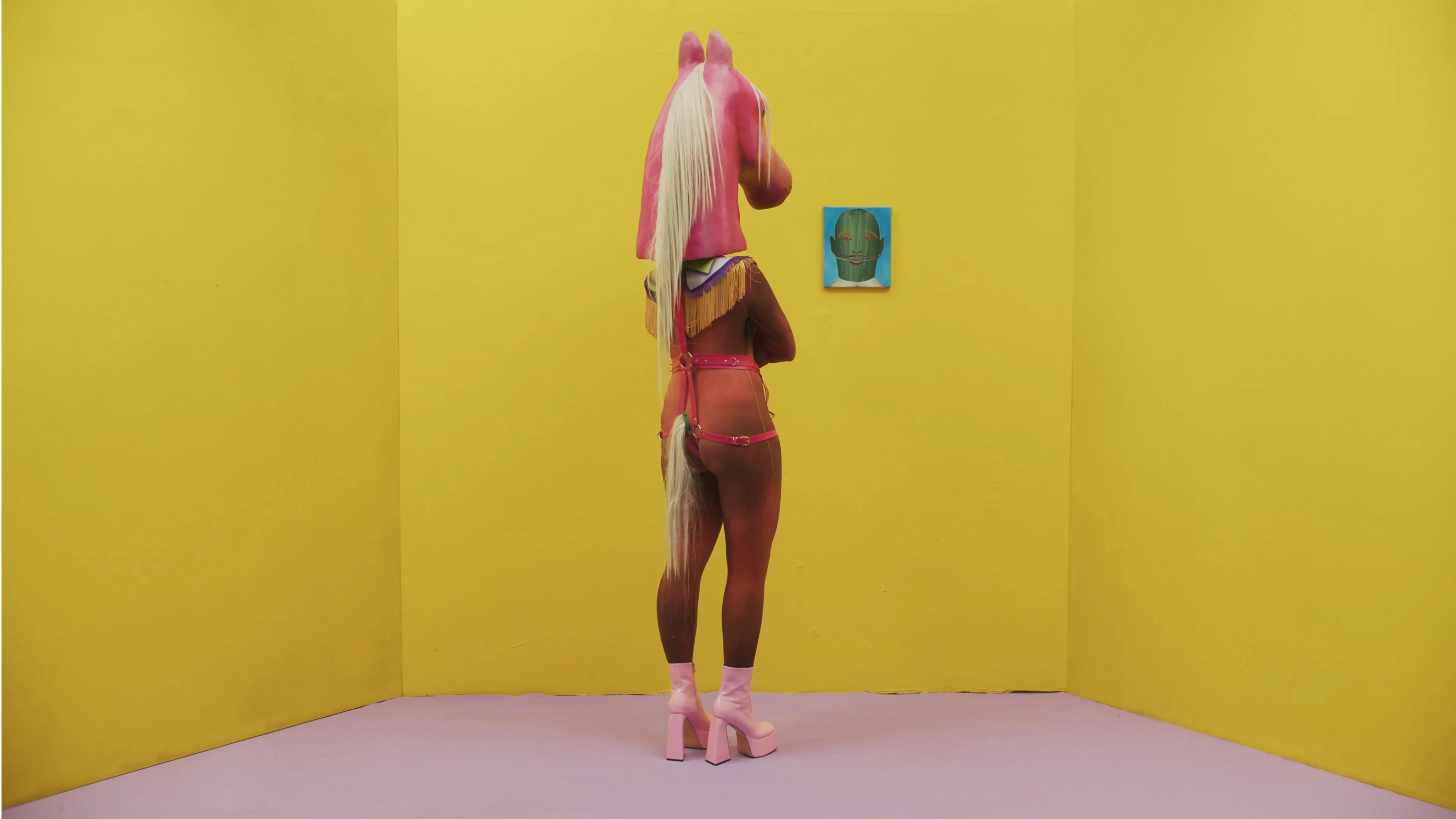

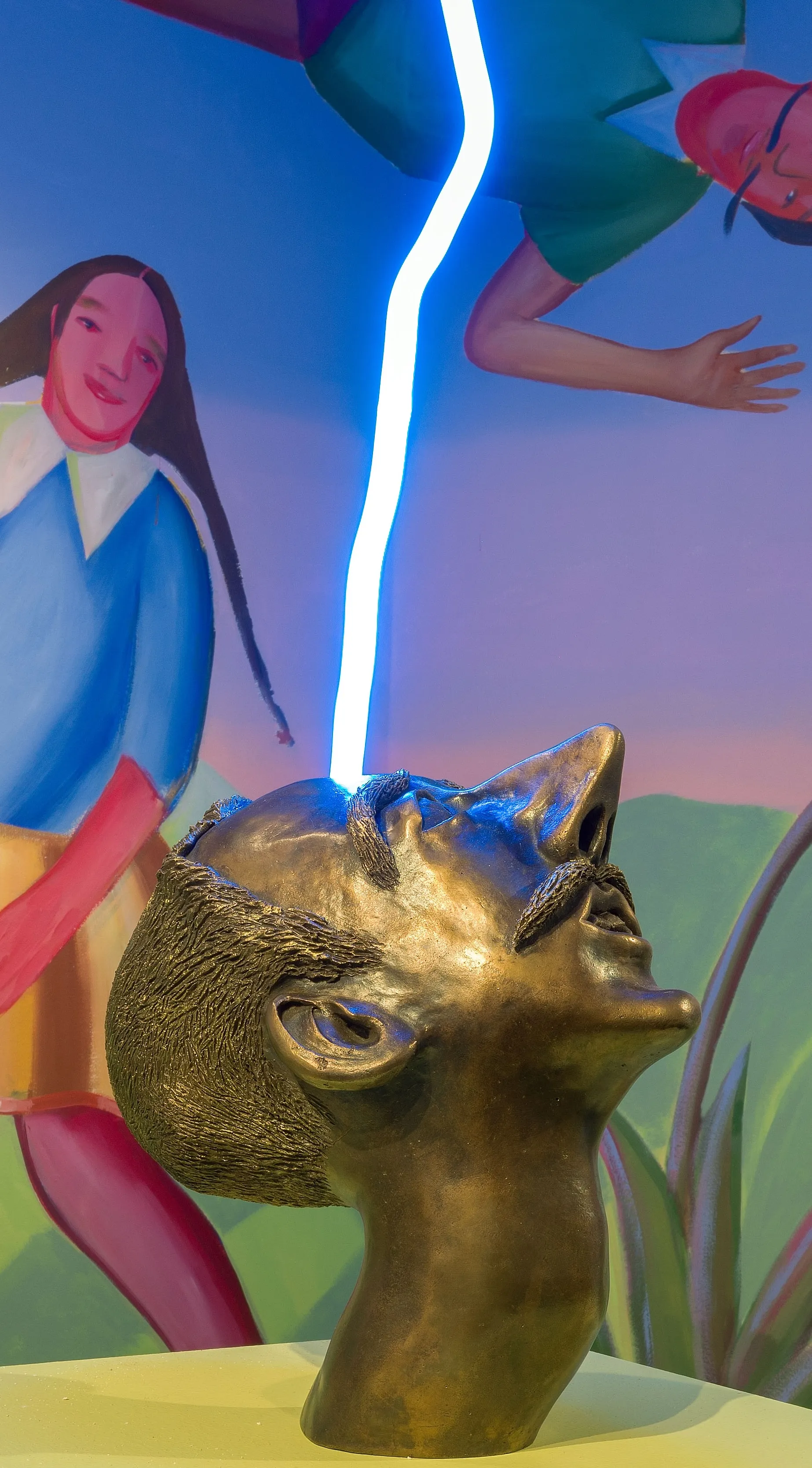
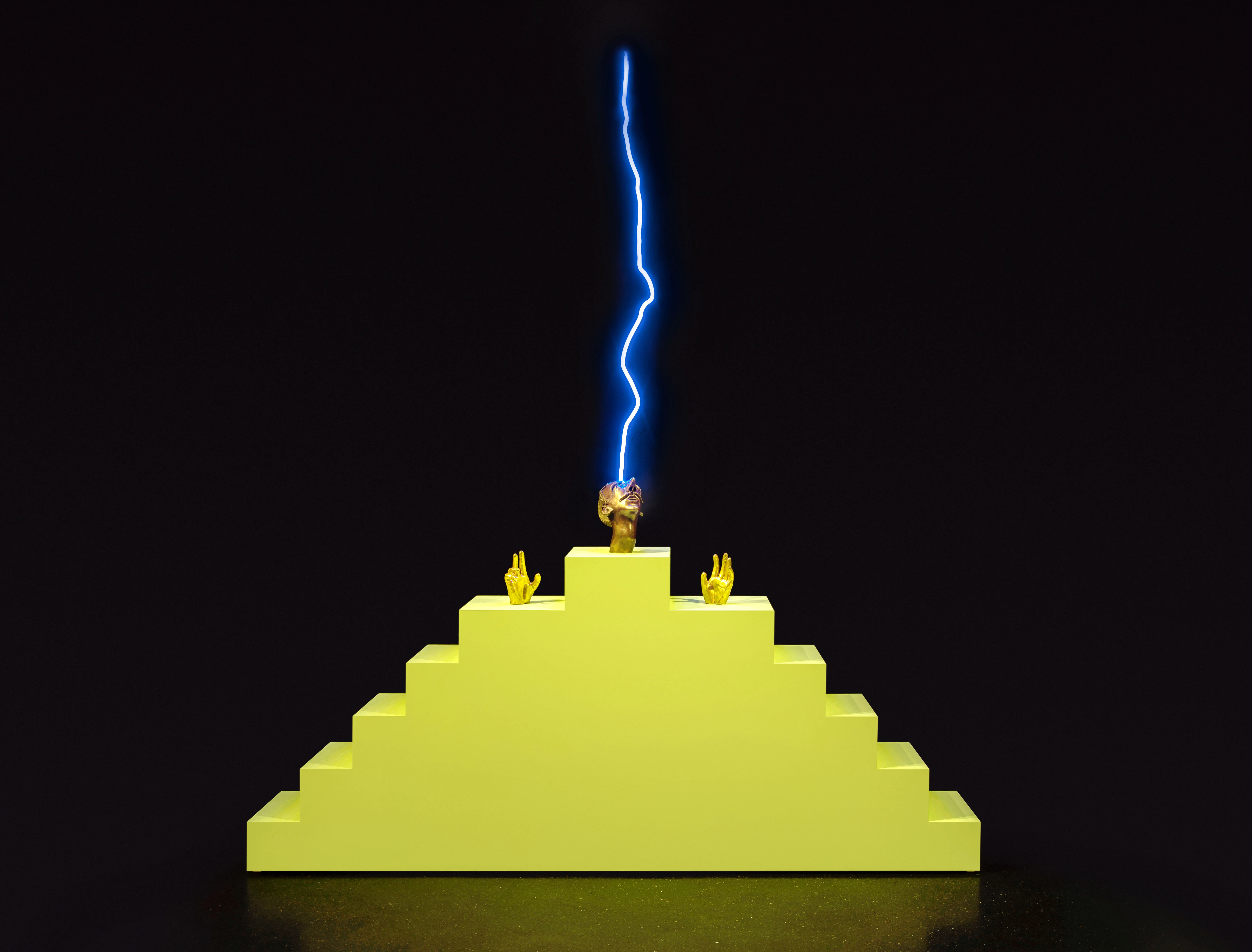
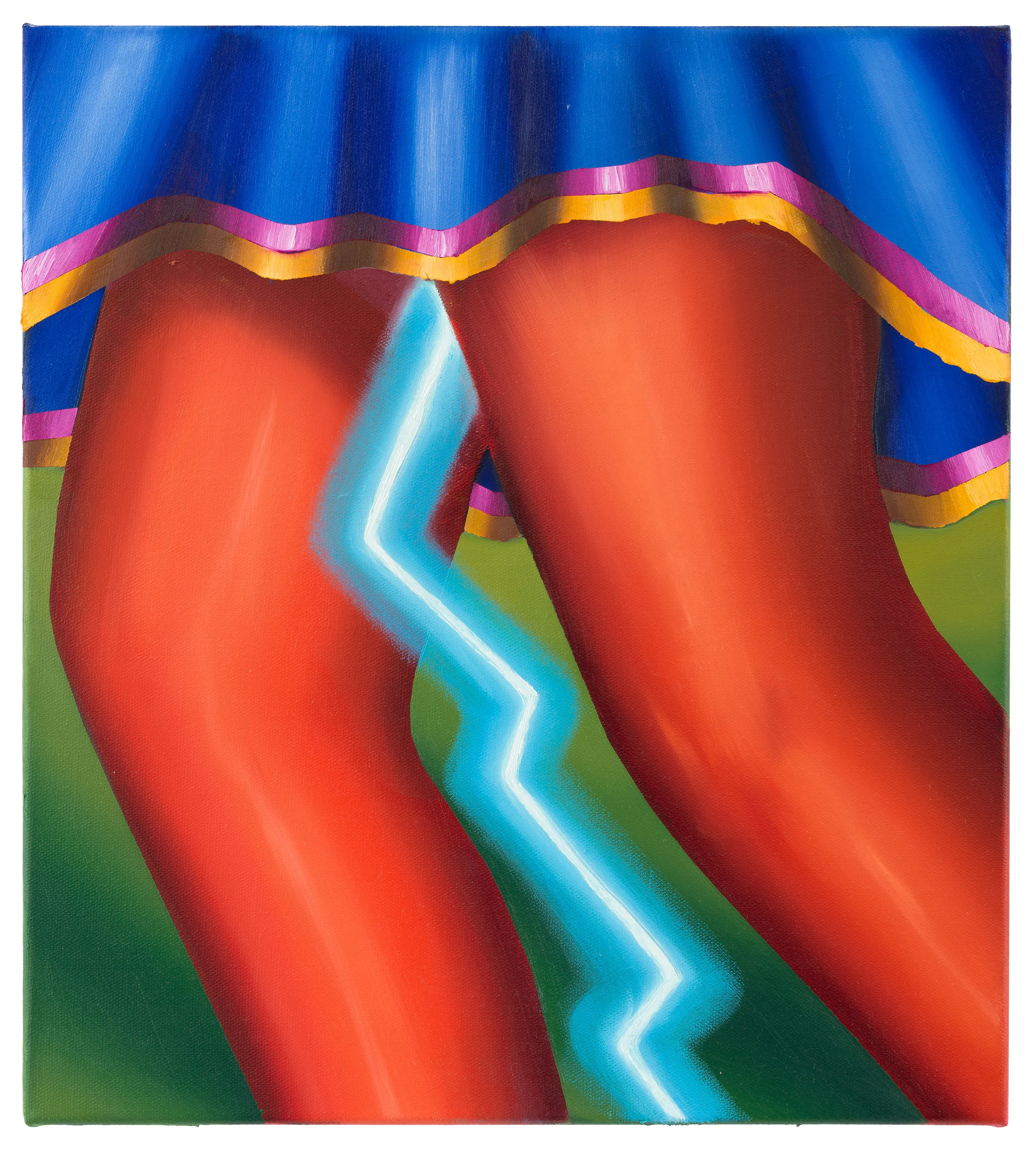
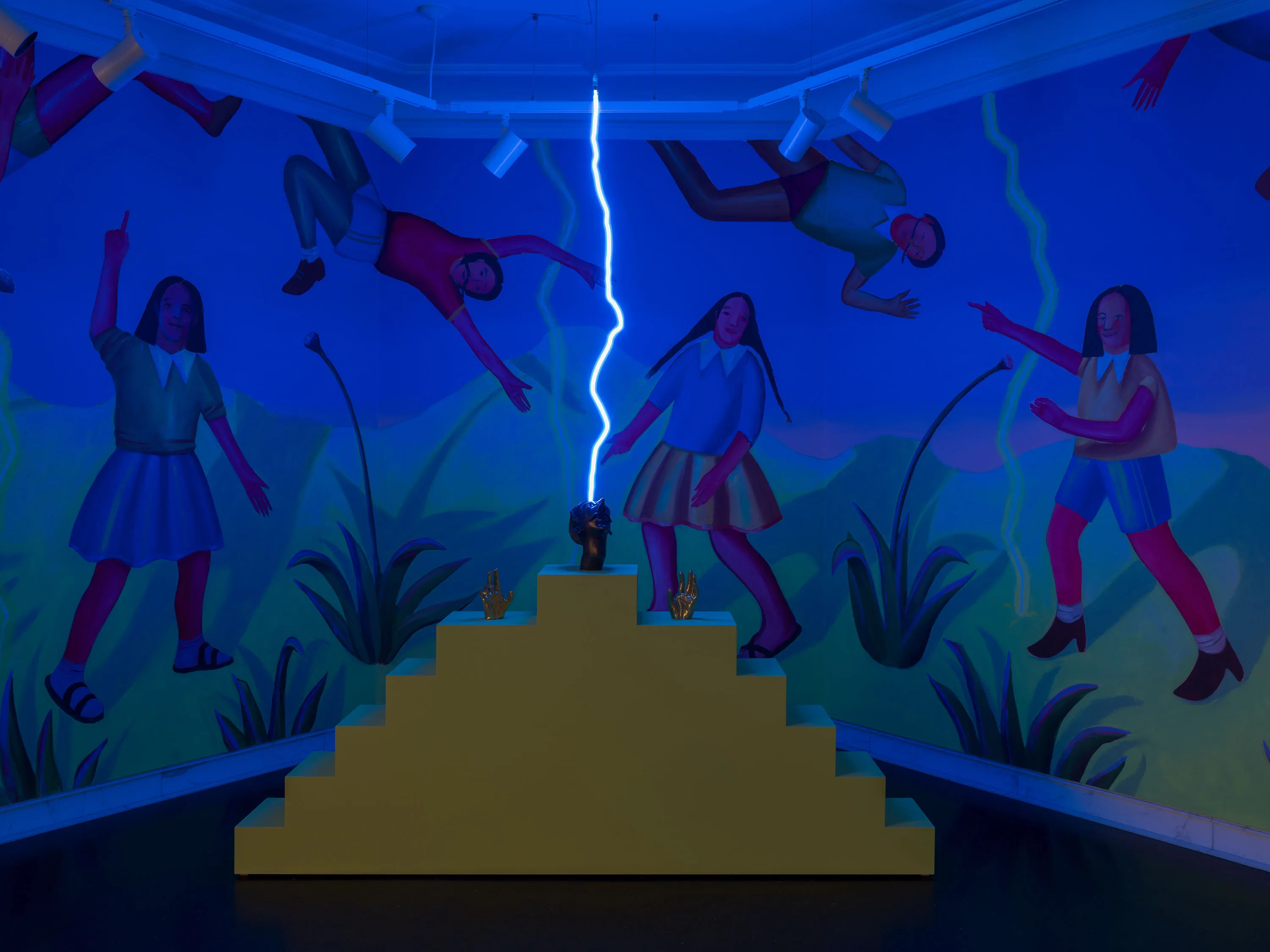
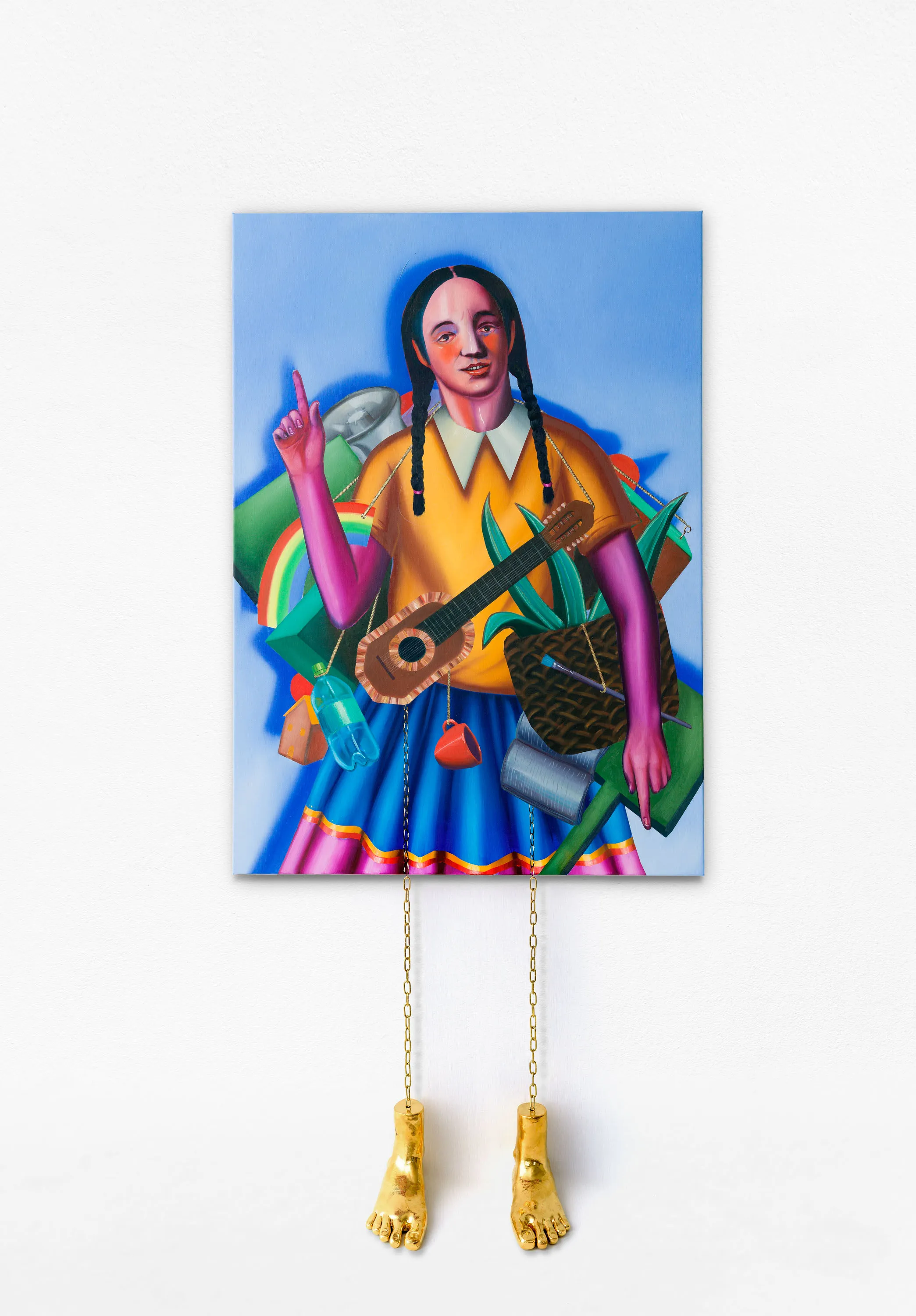
The Temple of Inversion explores connections between the Apostol Santiago and its colonial iconography, the Inka god of the Lightning and the meanings of gold, celebrating Santiago’s fall and the uprising of those that once where under him. The exhibition space has been transformed into a temple with murals and altar structures, as an attempt to construct a space where people can come together and imagine new possible world orders.
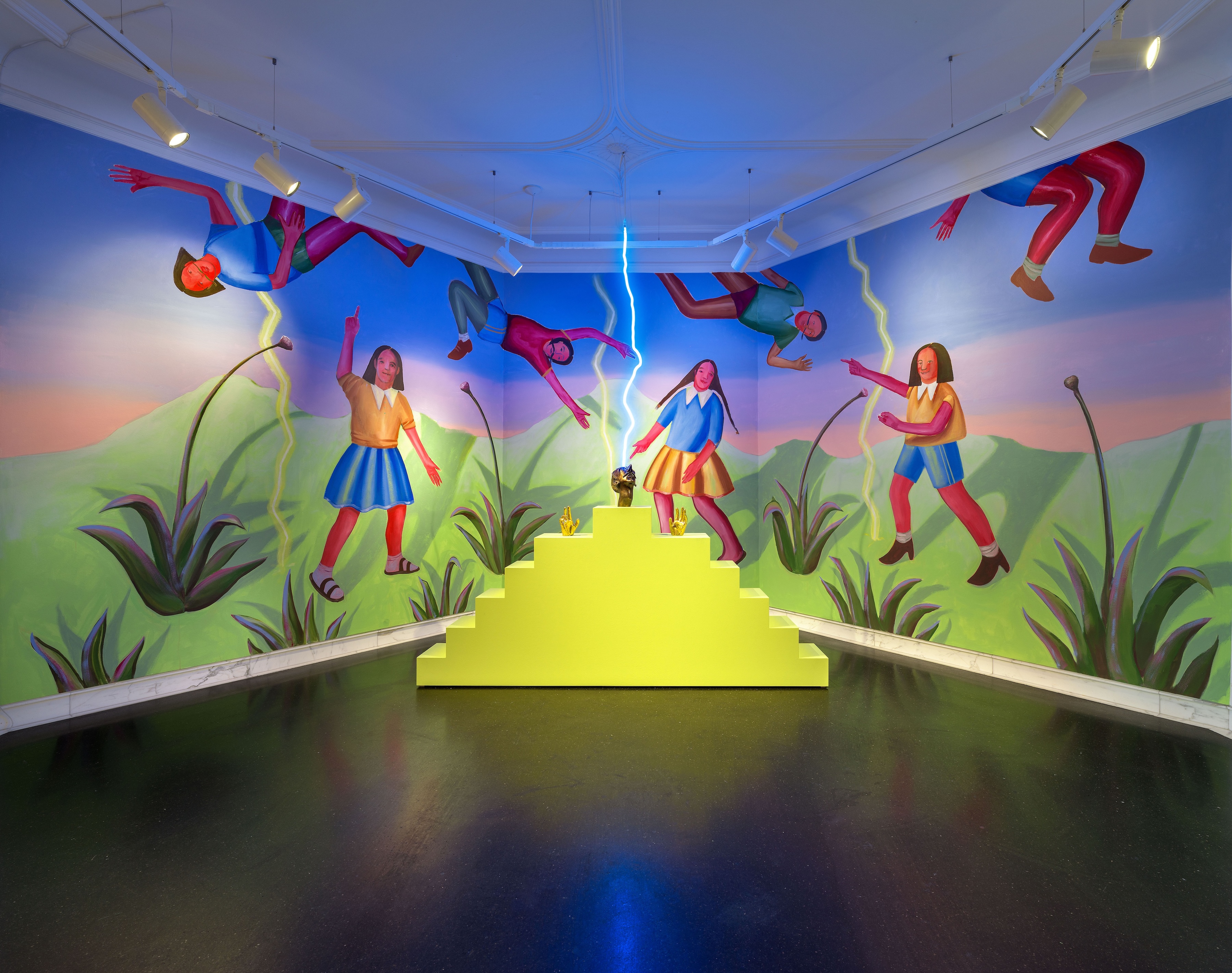
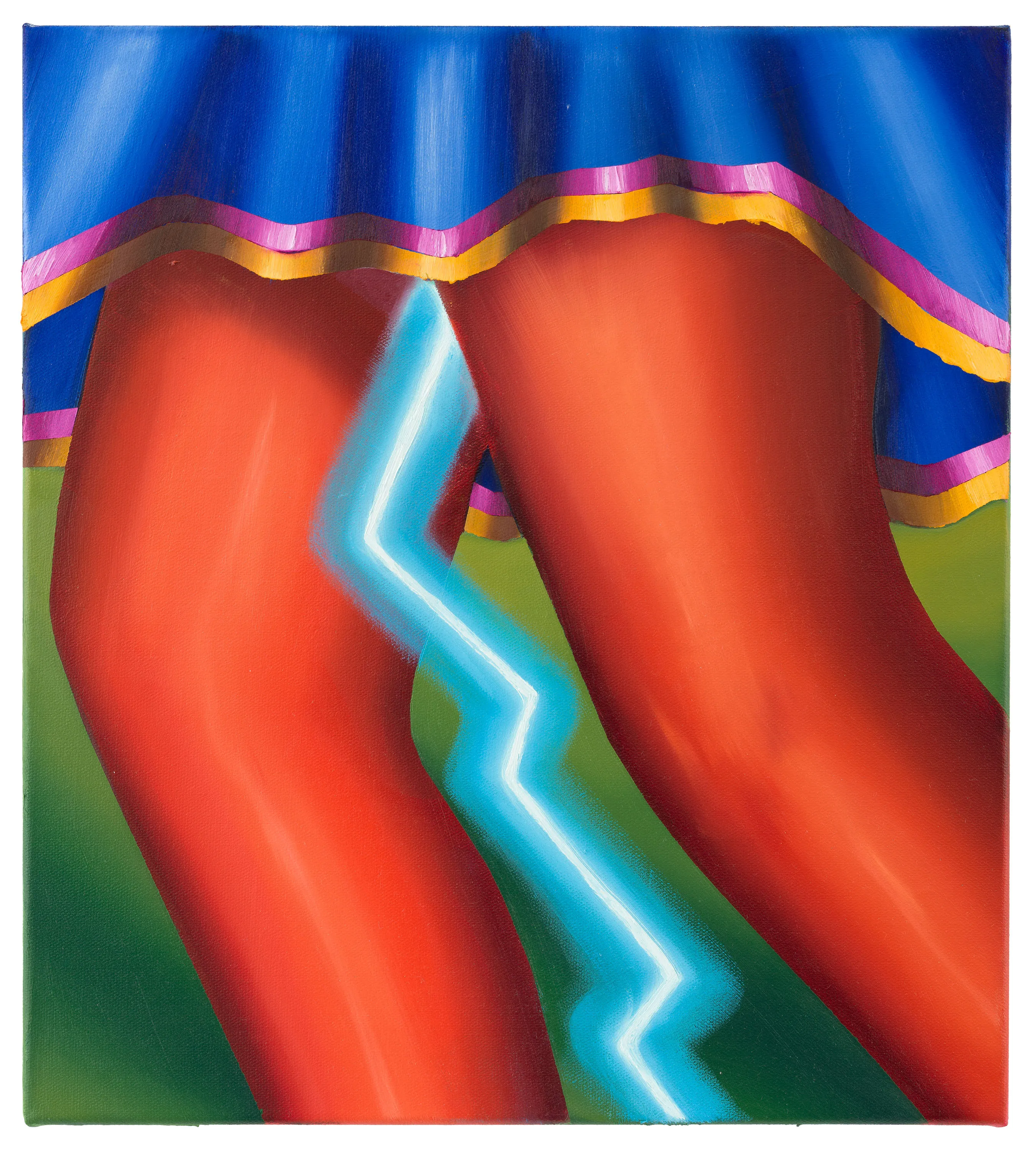
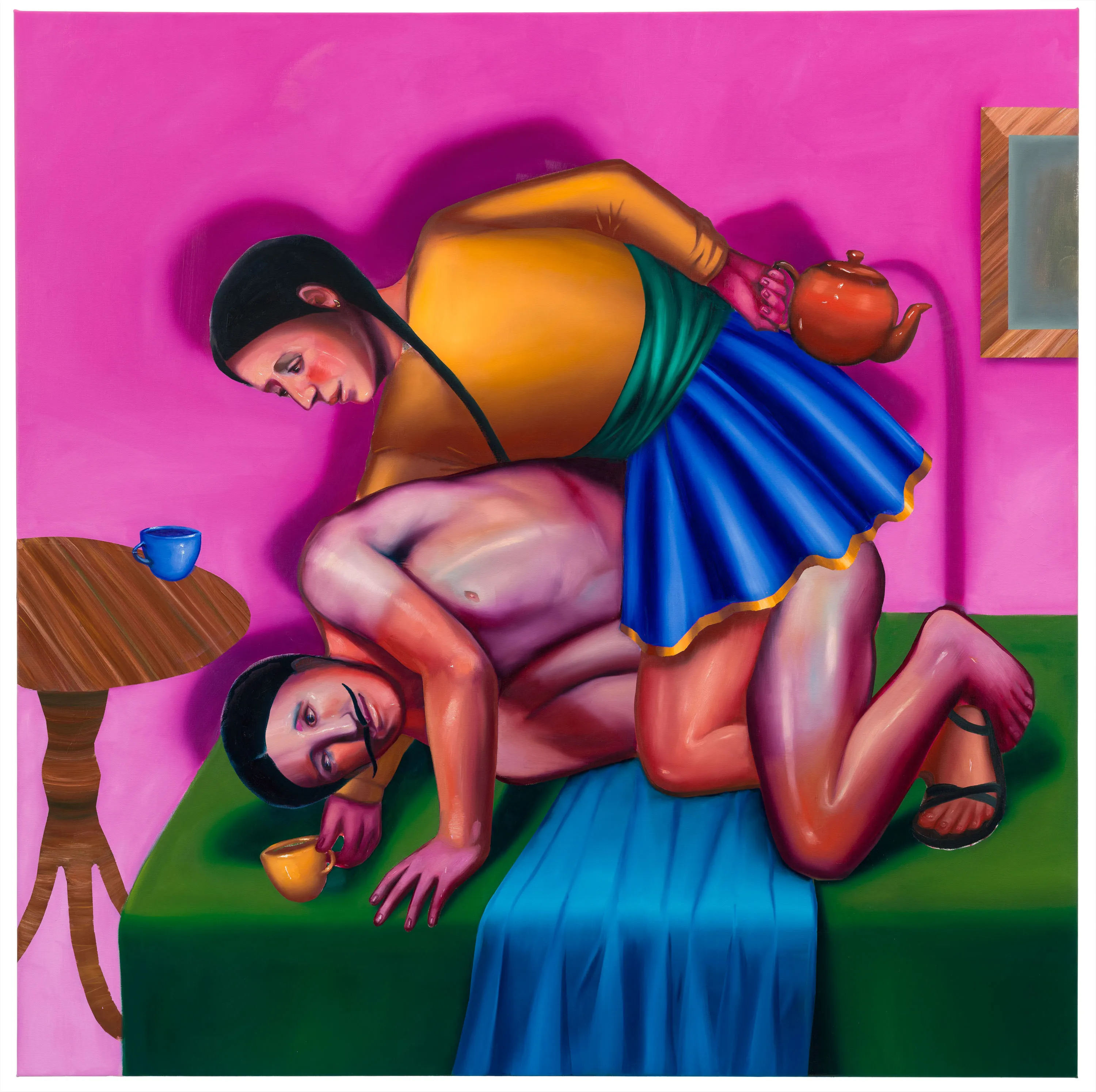
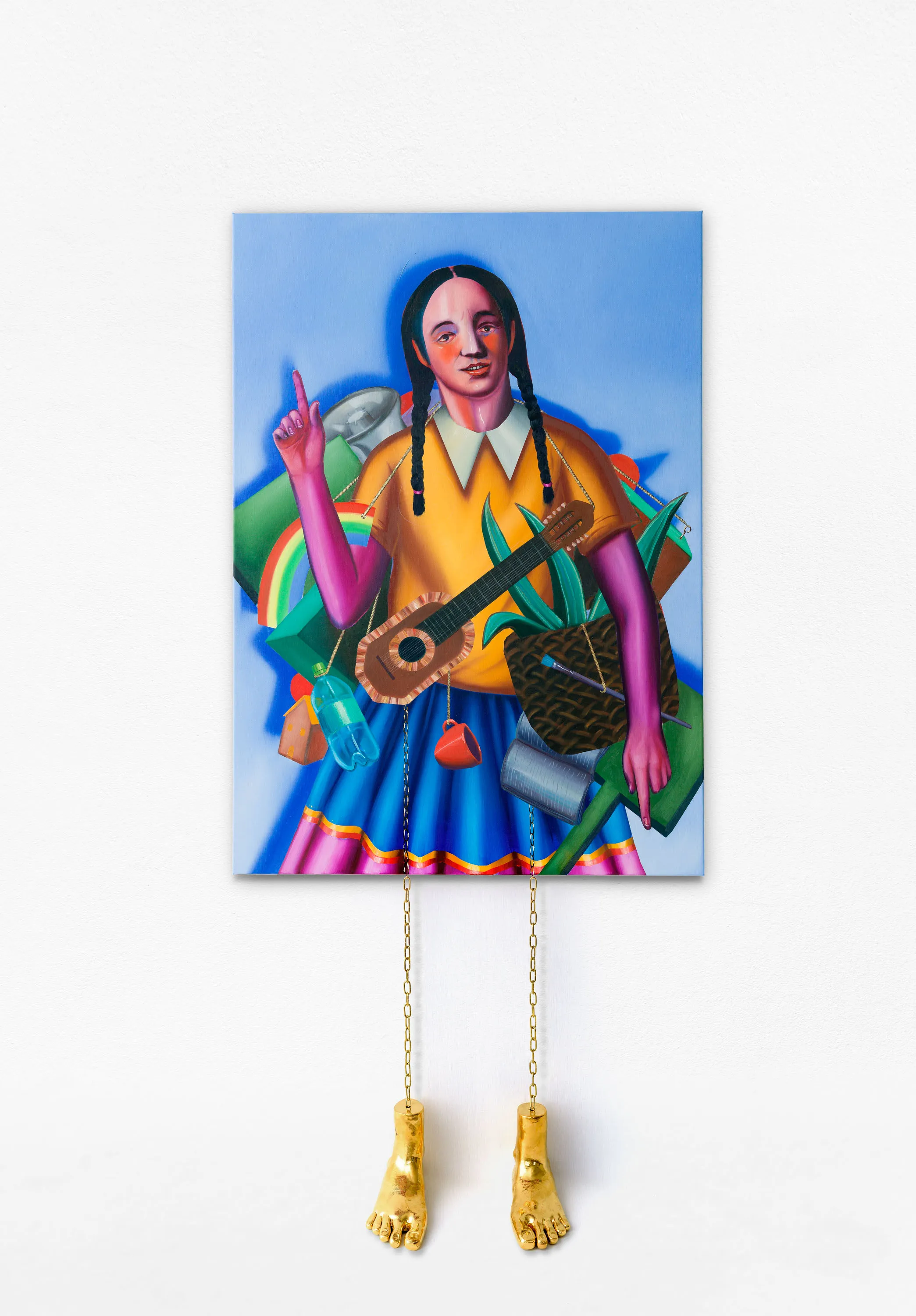
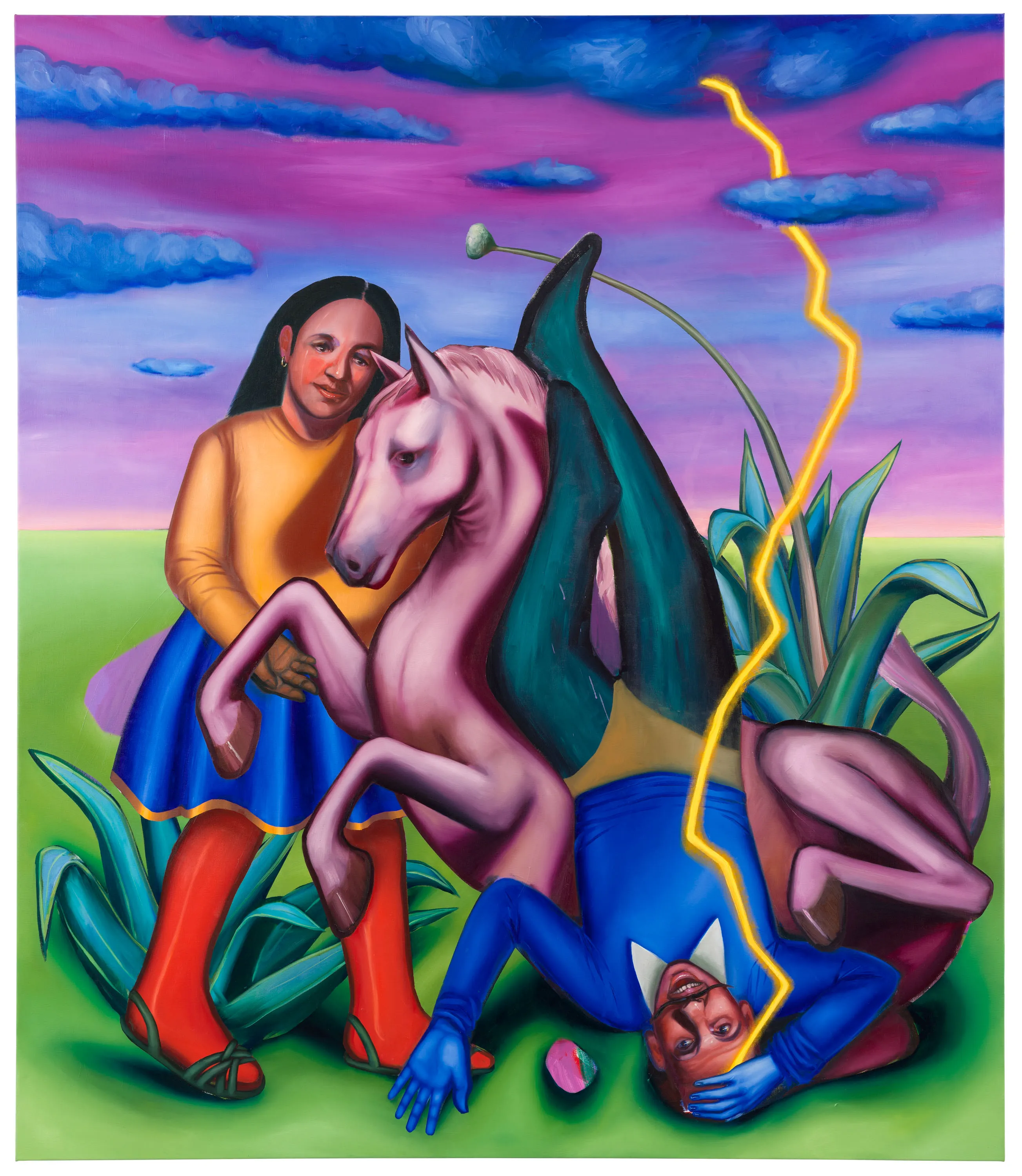

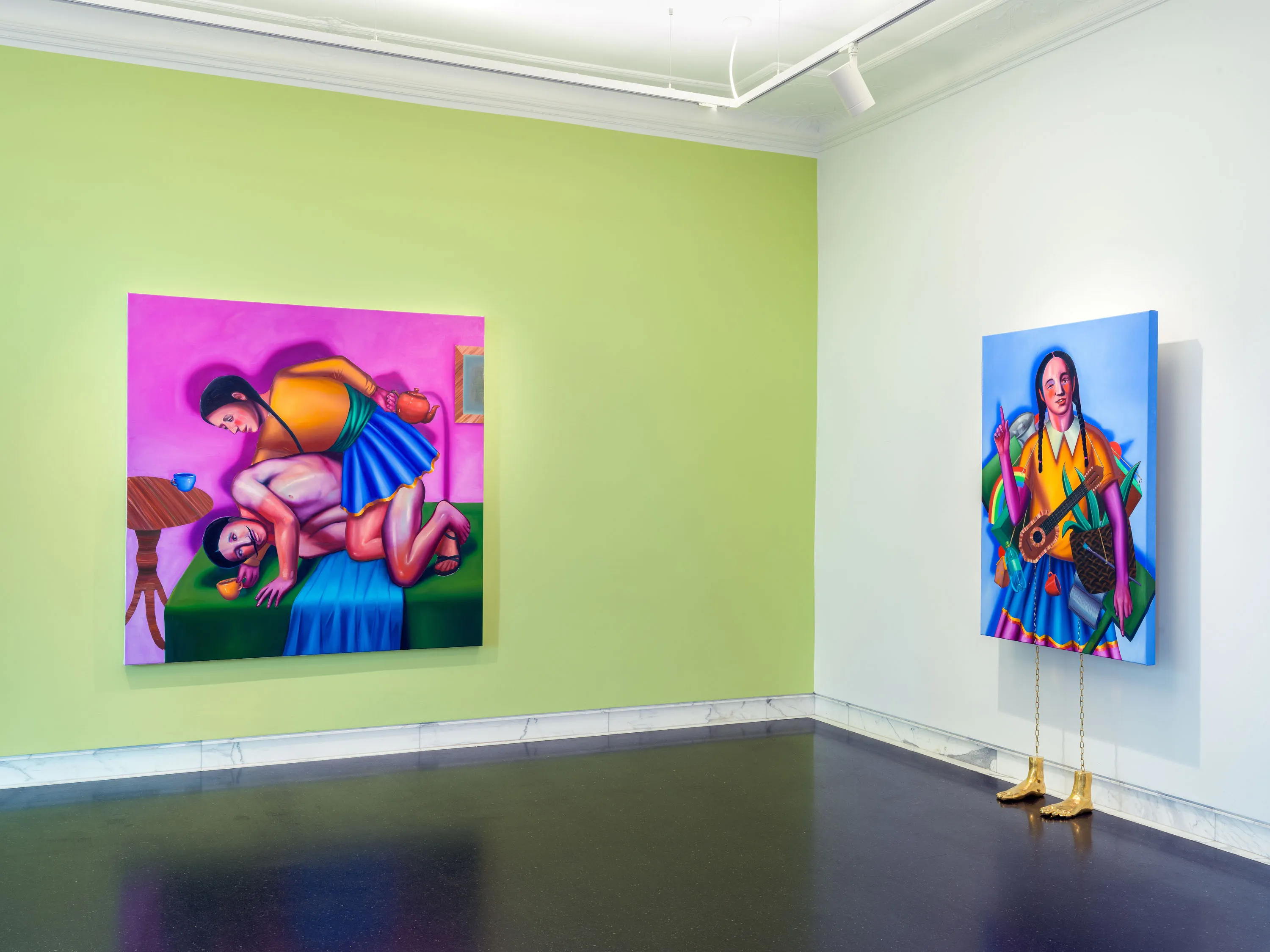
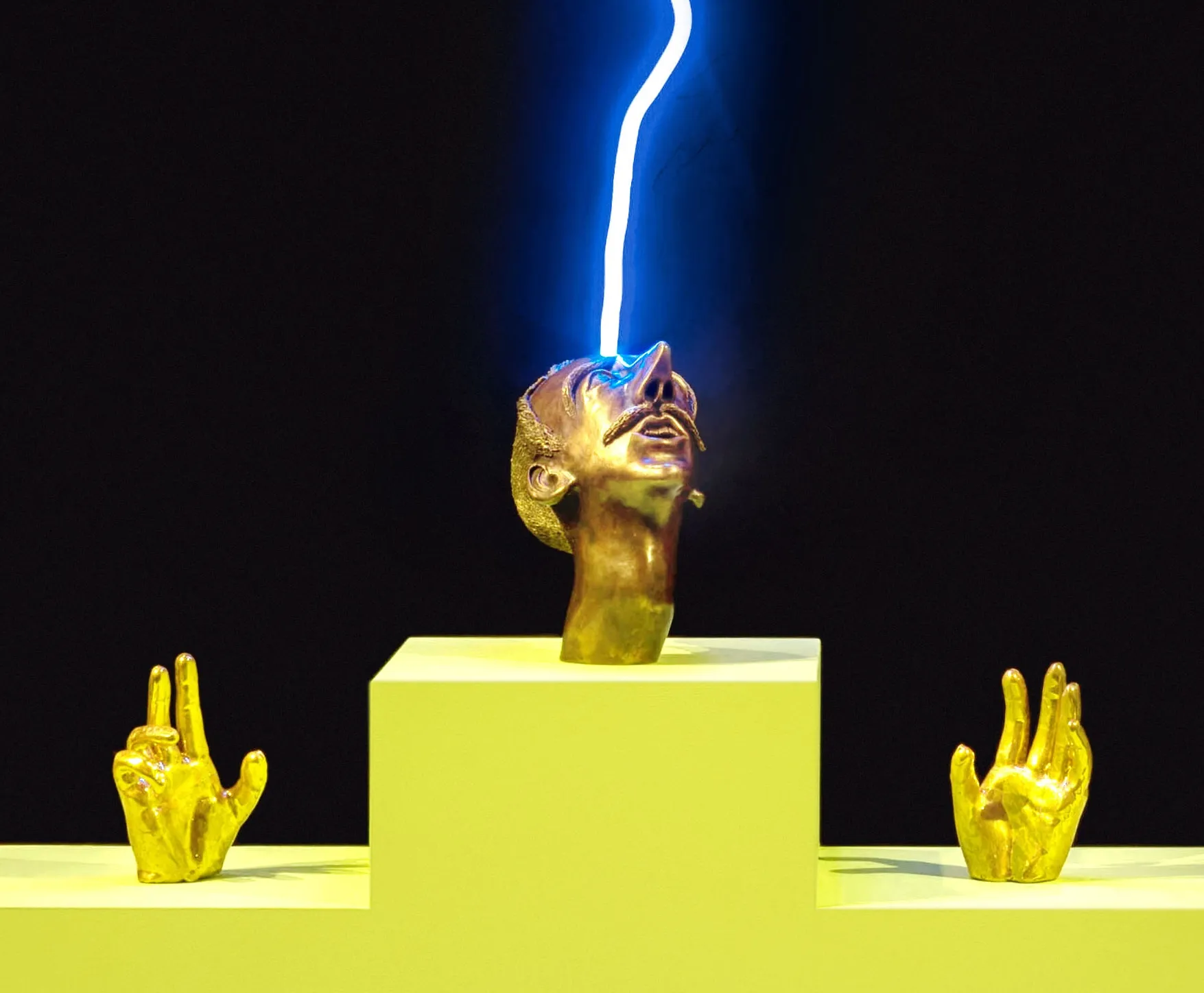
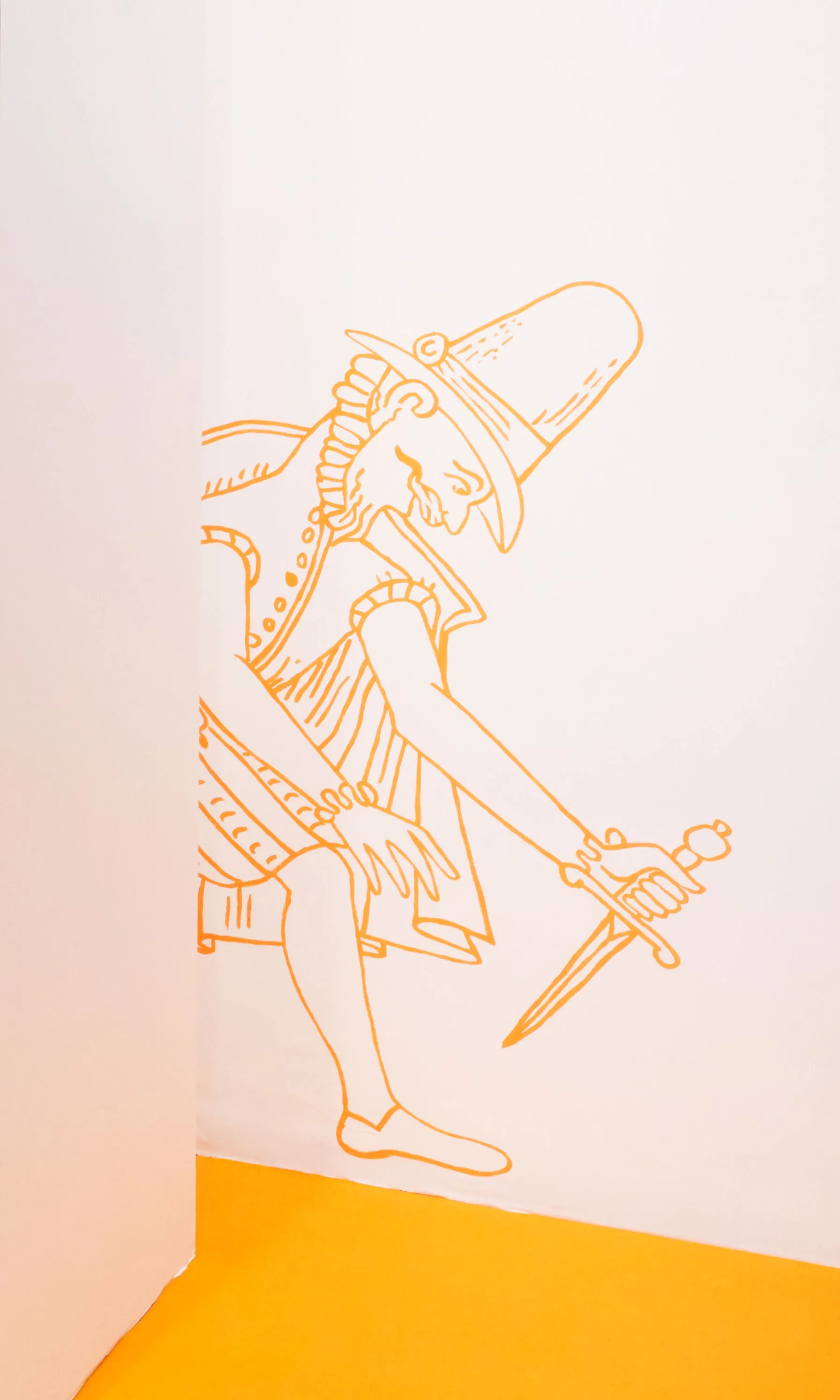
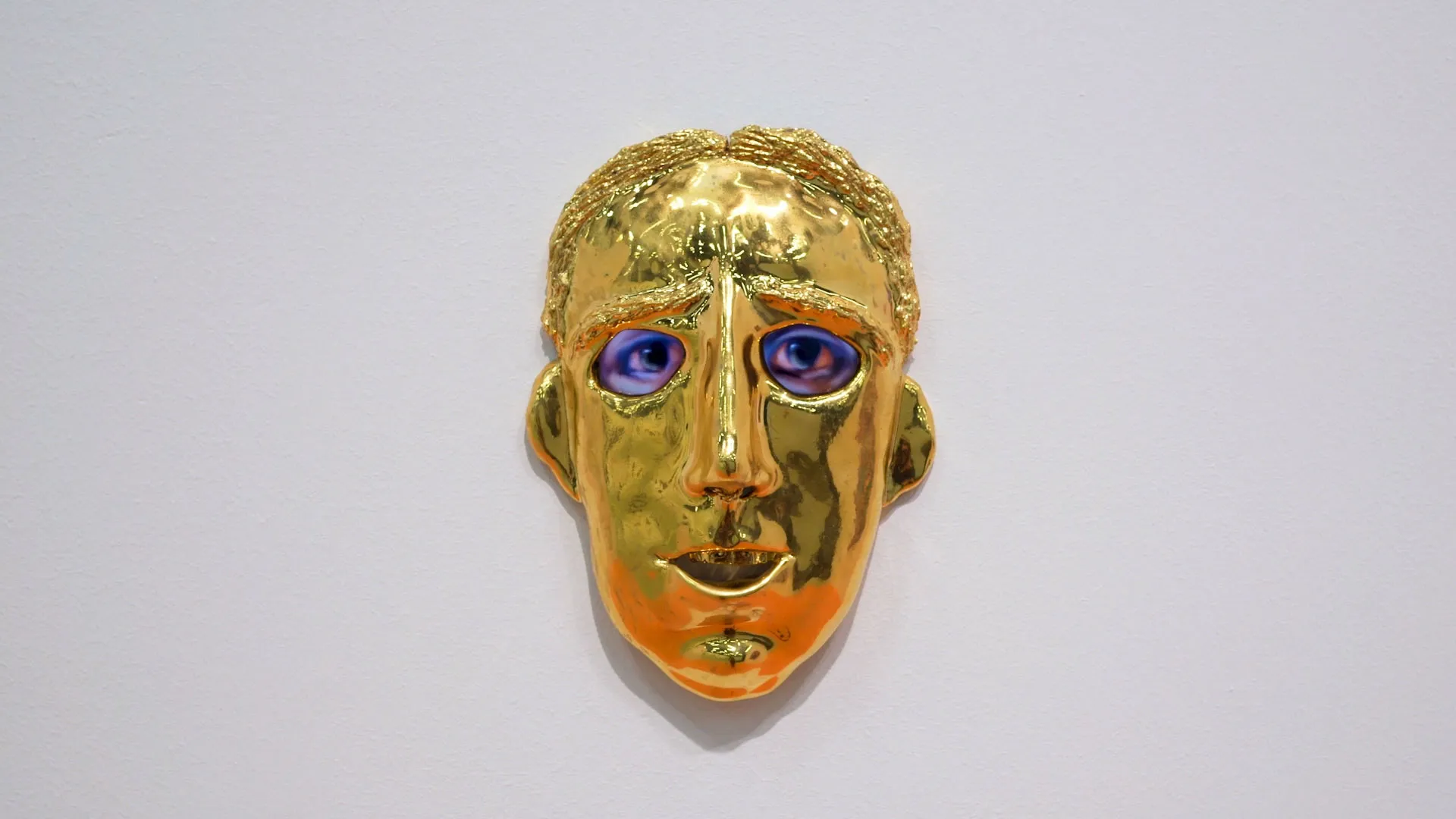
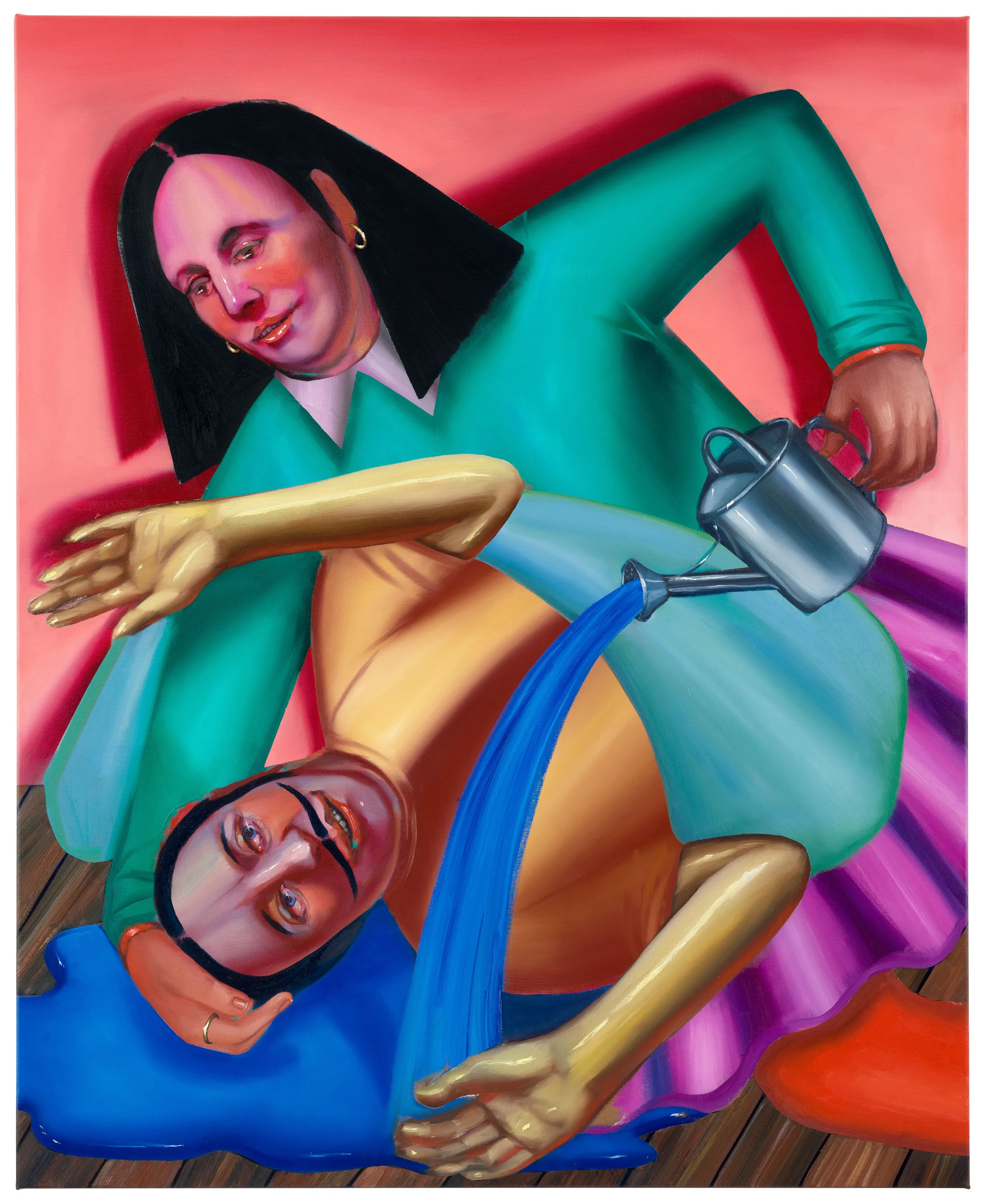
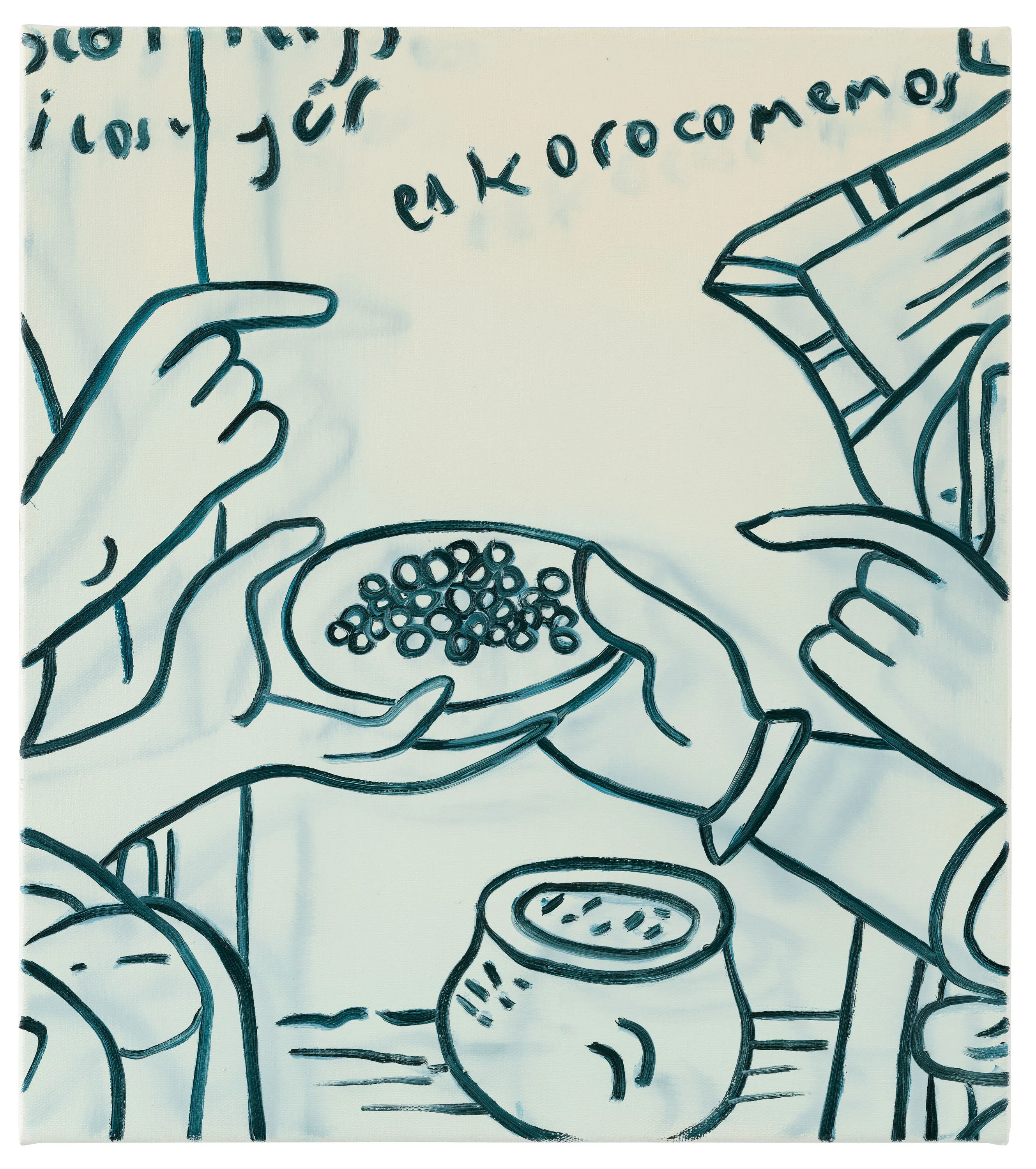

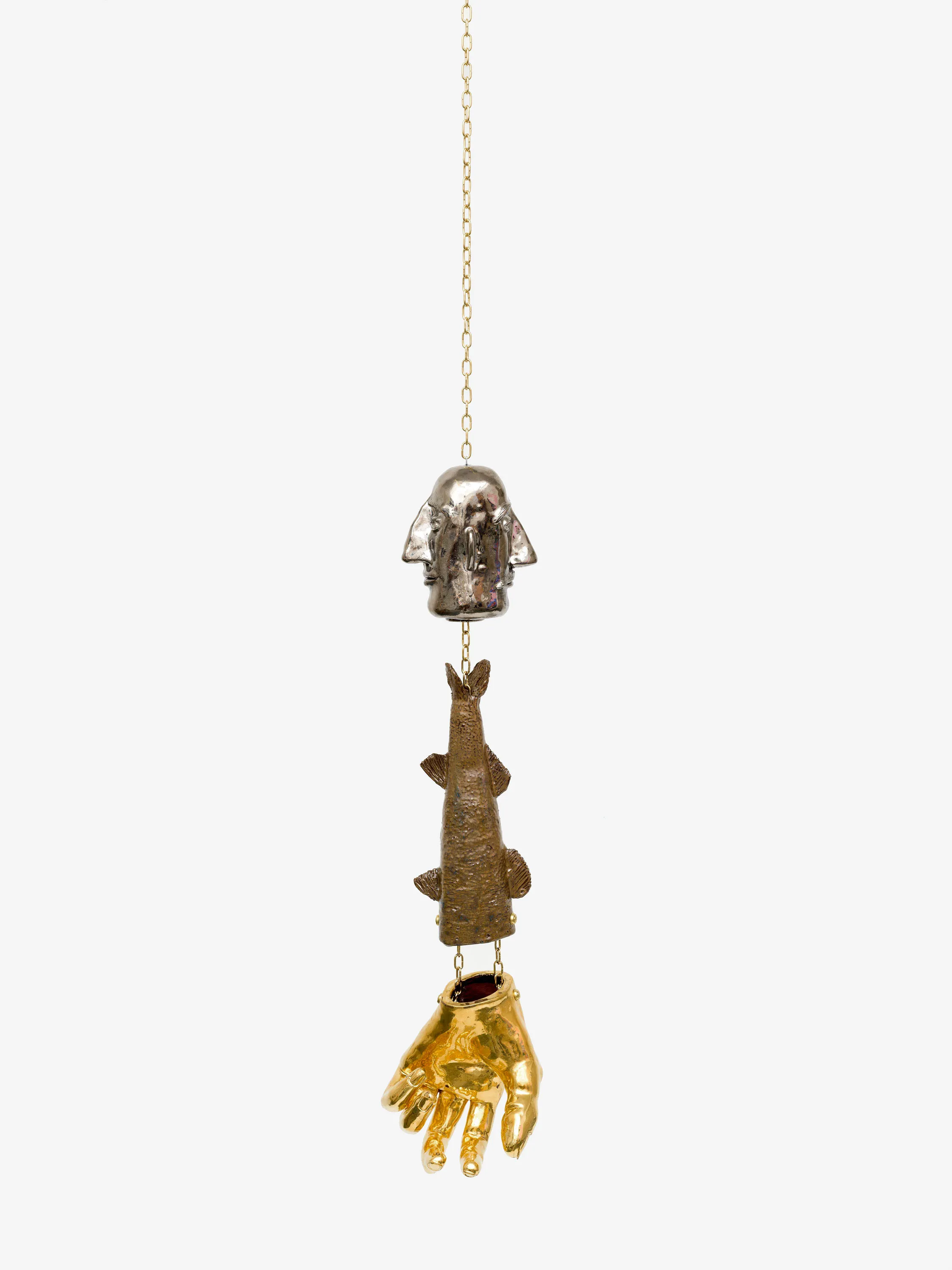
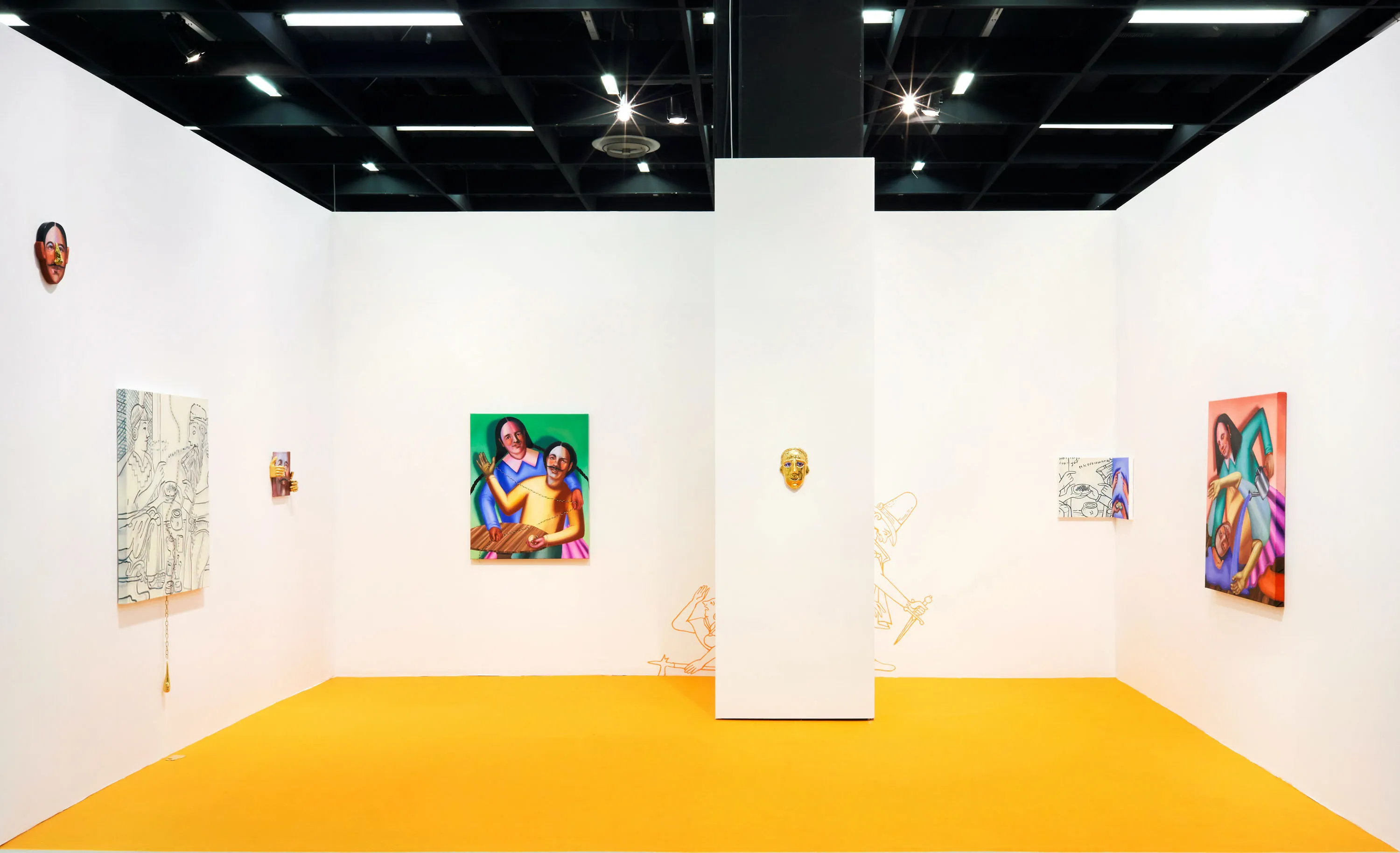
Ivana de Vivanco reimagines the myth of King Midas to expose today’s obsession with wealth. Diagnosing a modern “Midas Syndrome,” she satirically envisions treatments for this condition, even giving voice to gold as it protests its exploitation. The project echoes 16th-century Inka chronicler Guamán Poma, who foresaw colonial extractivism as a gold-devouring force; a prophecy now unfolding amid ecological collapse.

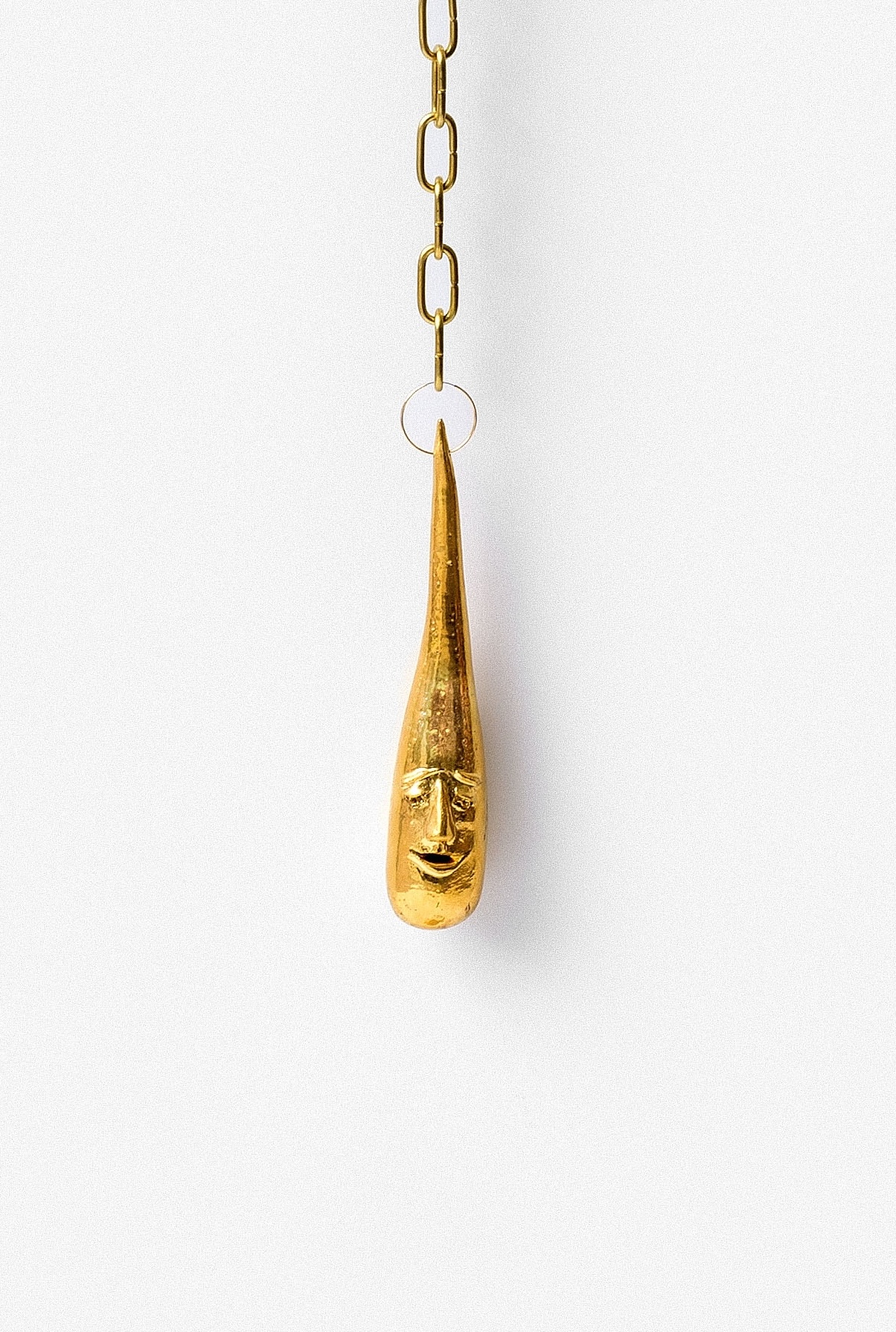
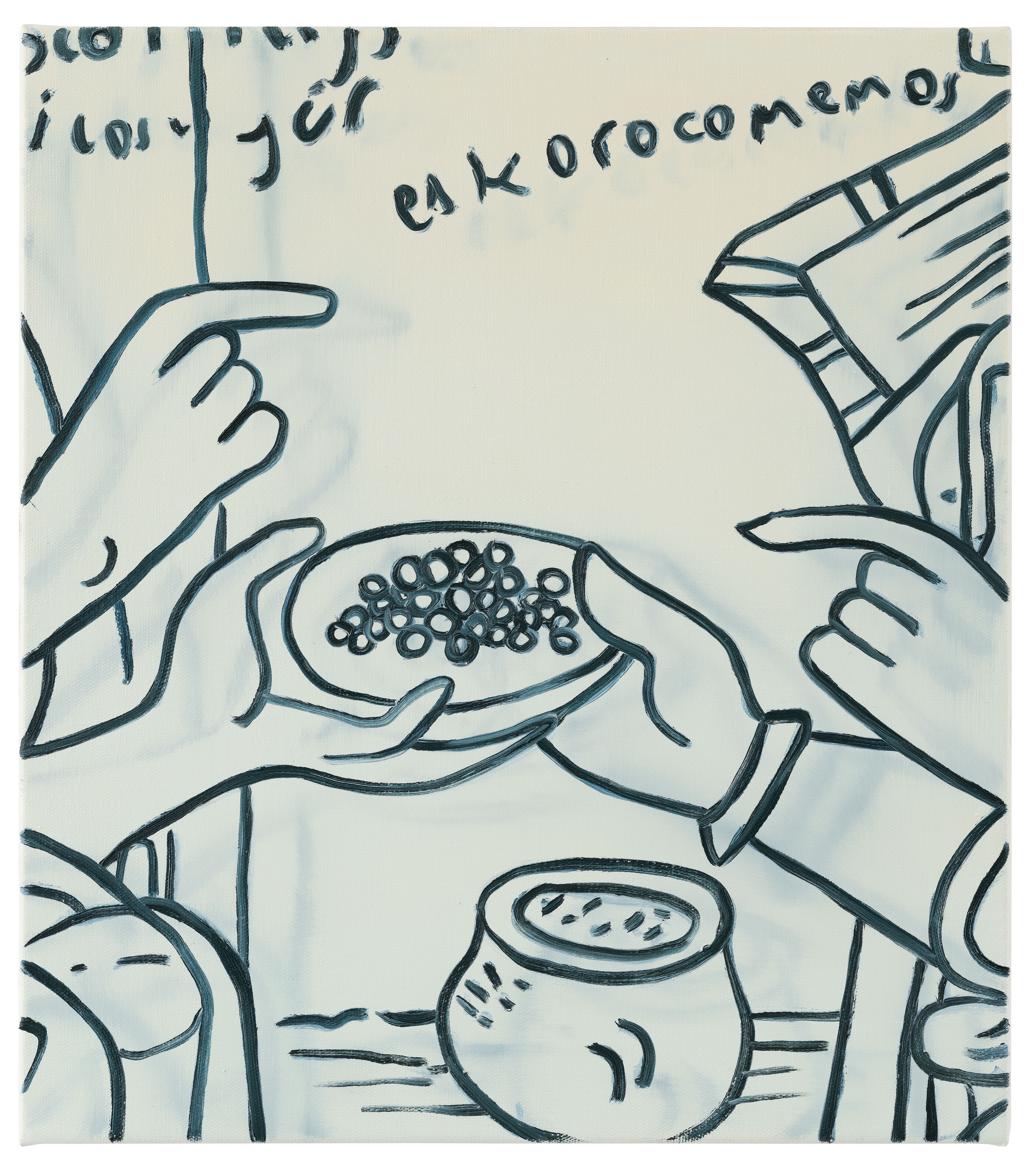
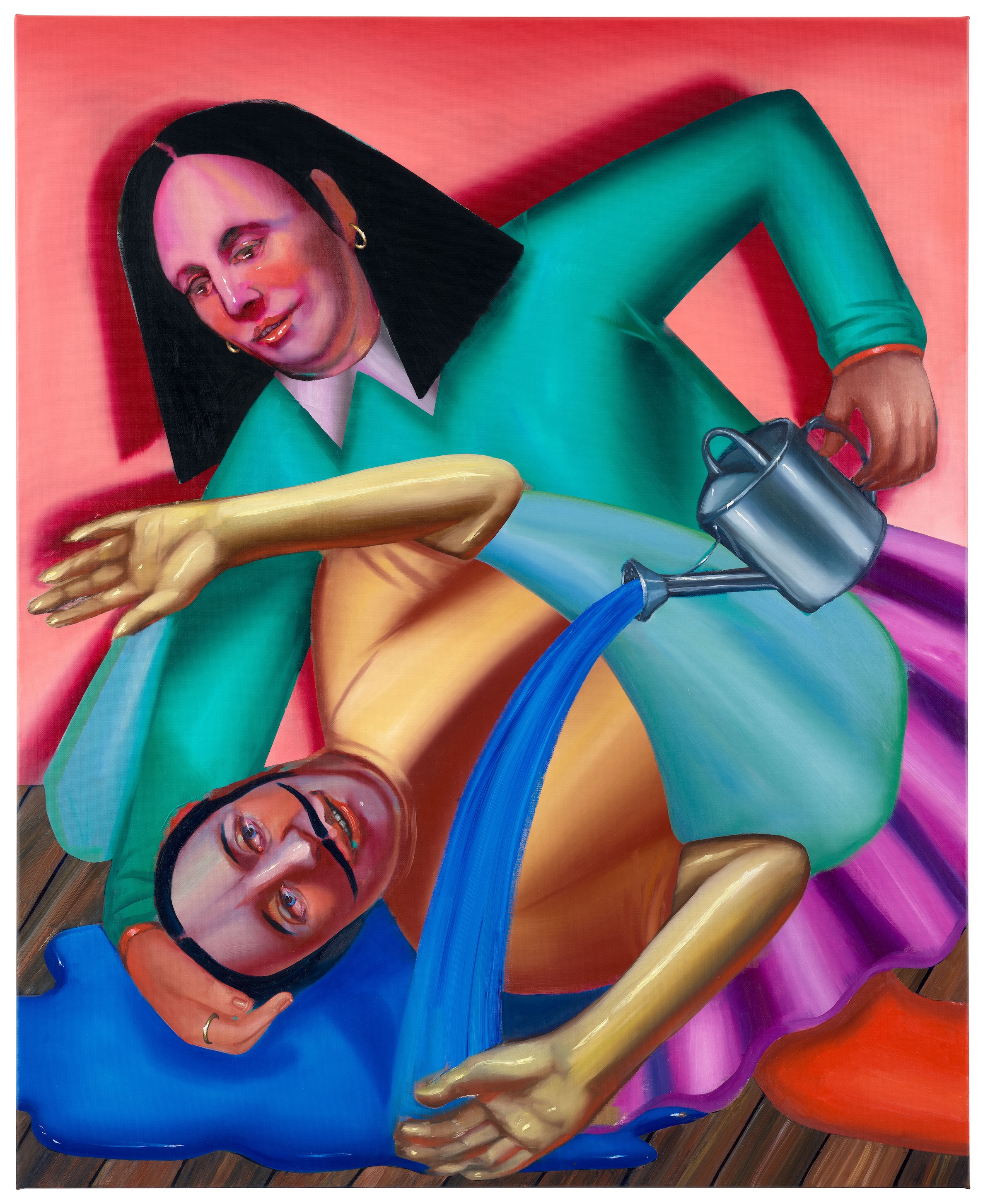
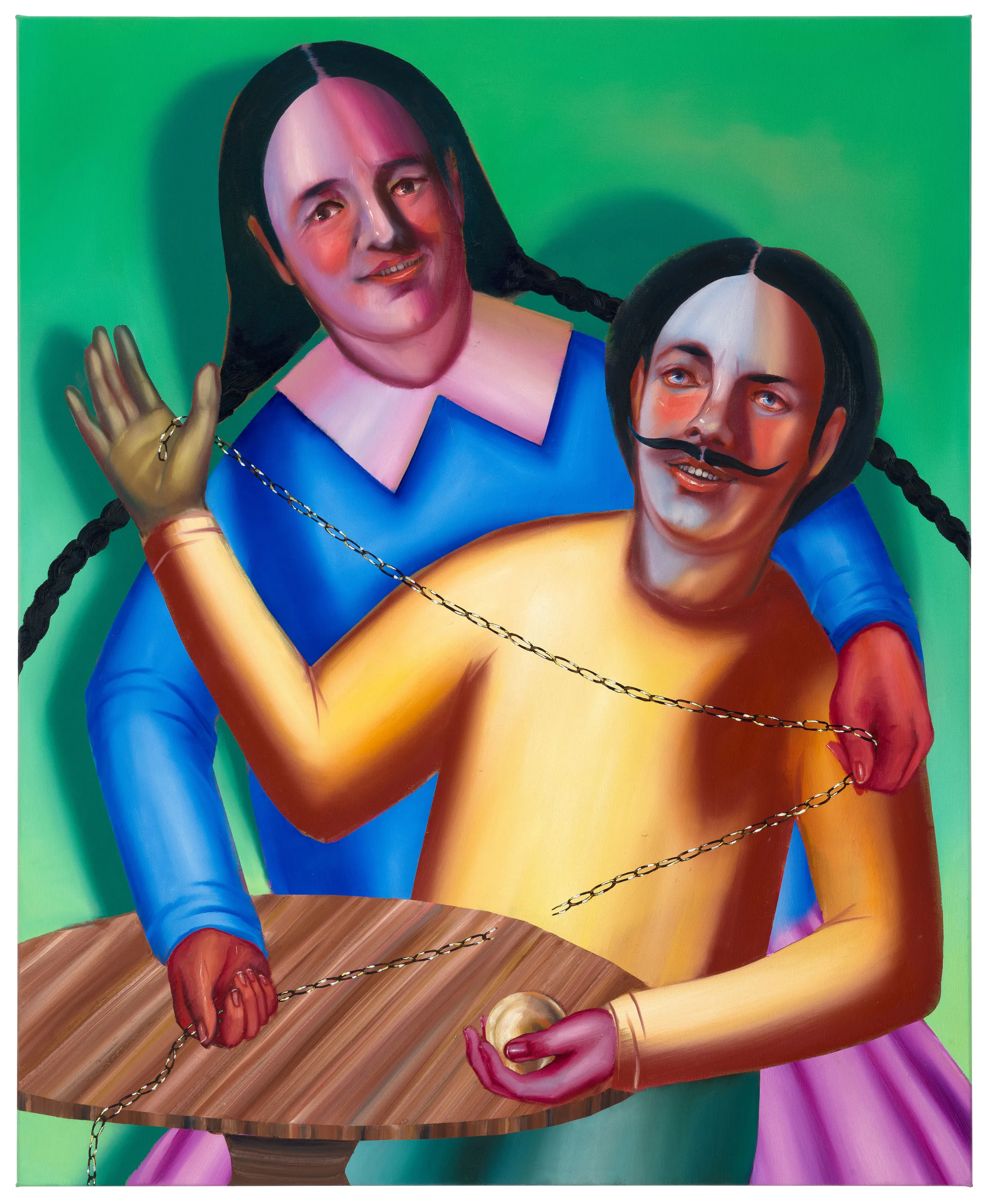
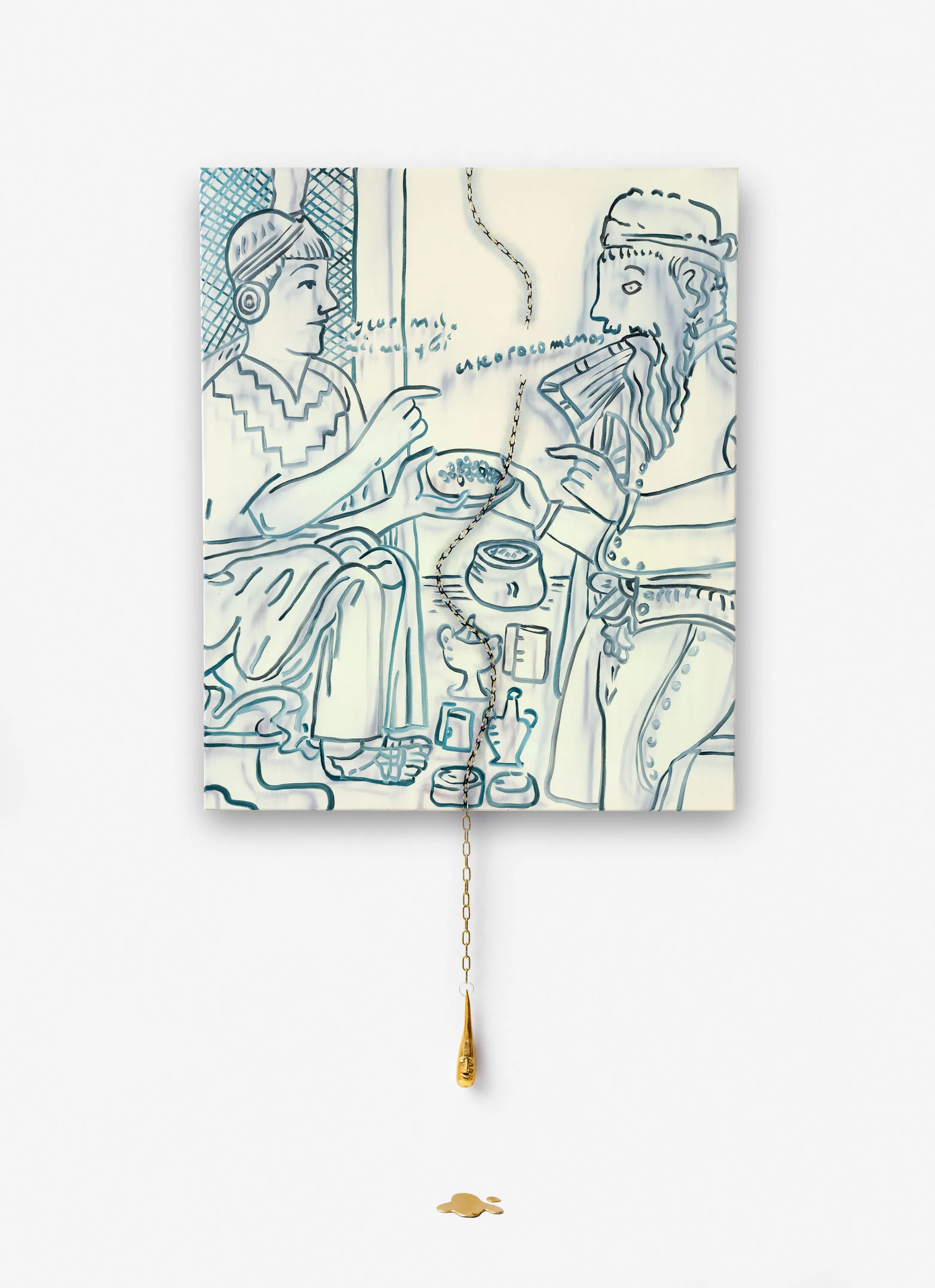
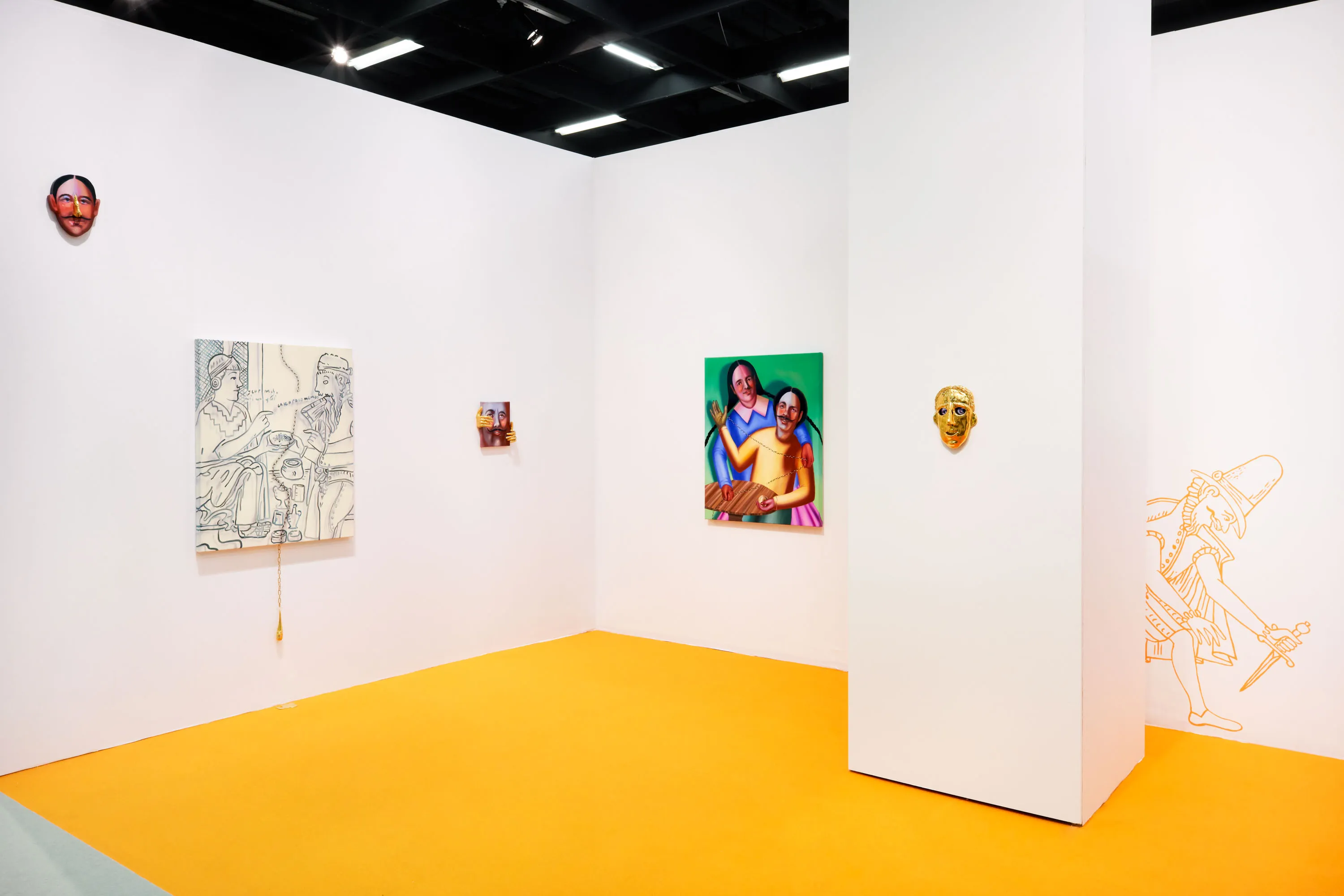
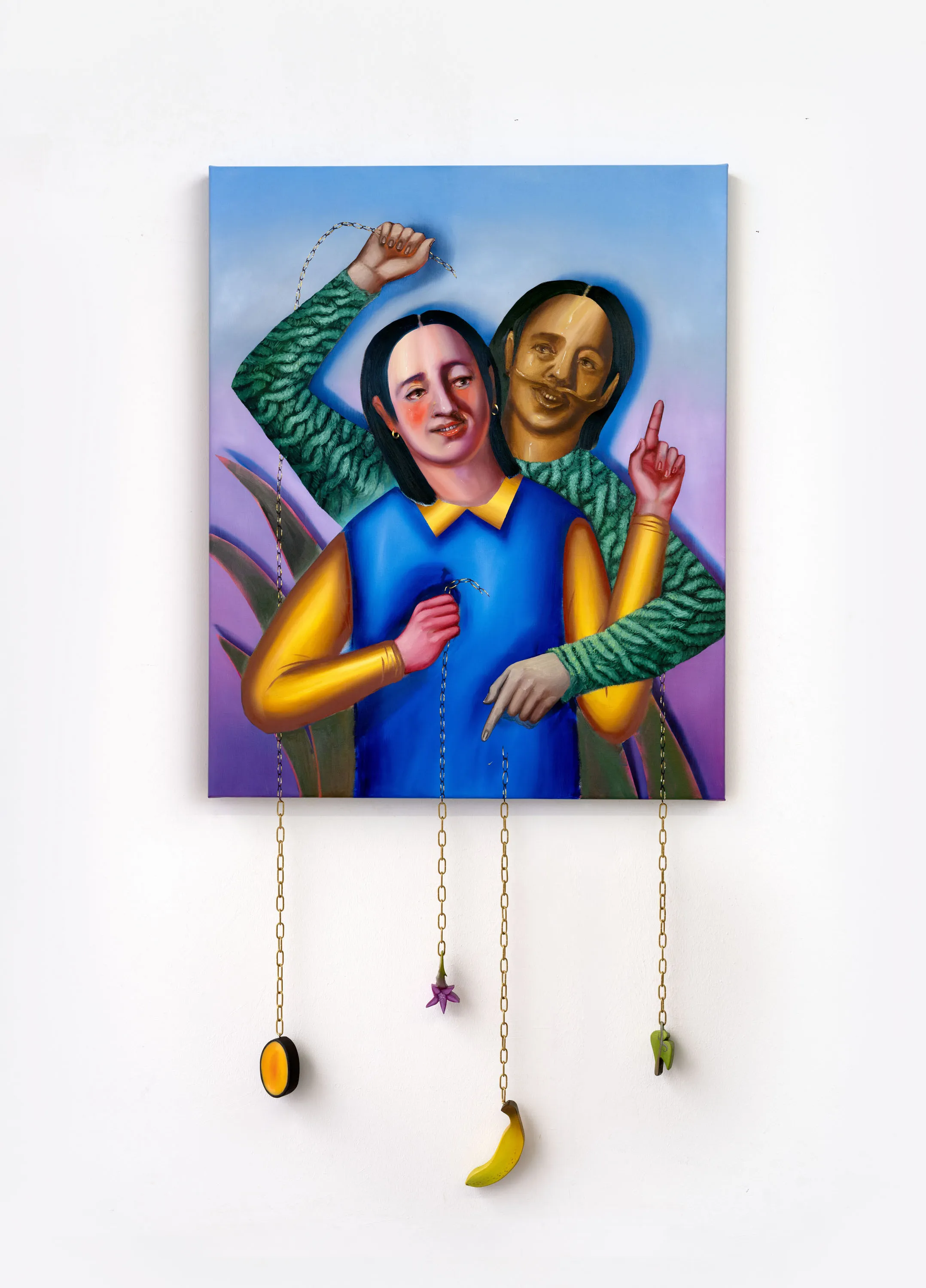
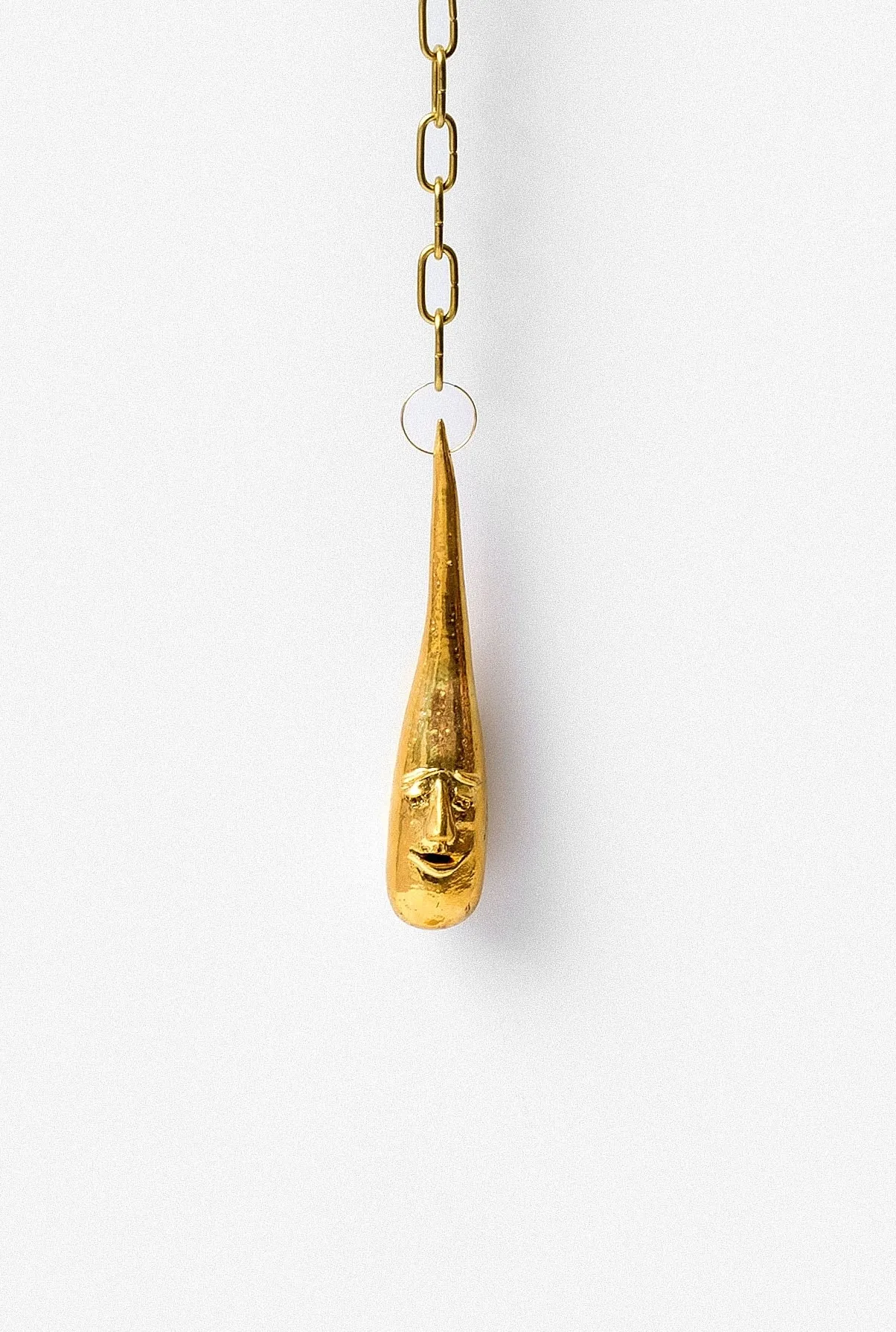
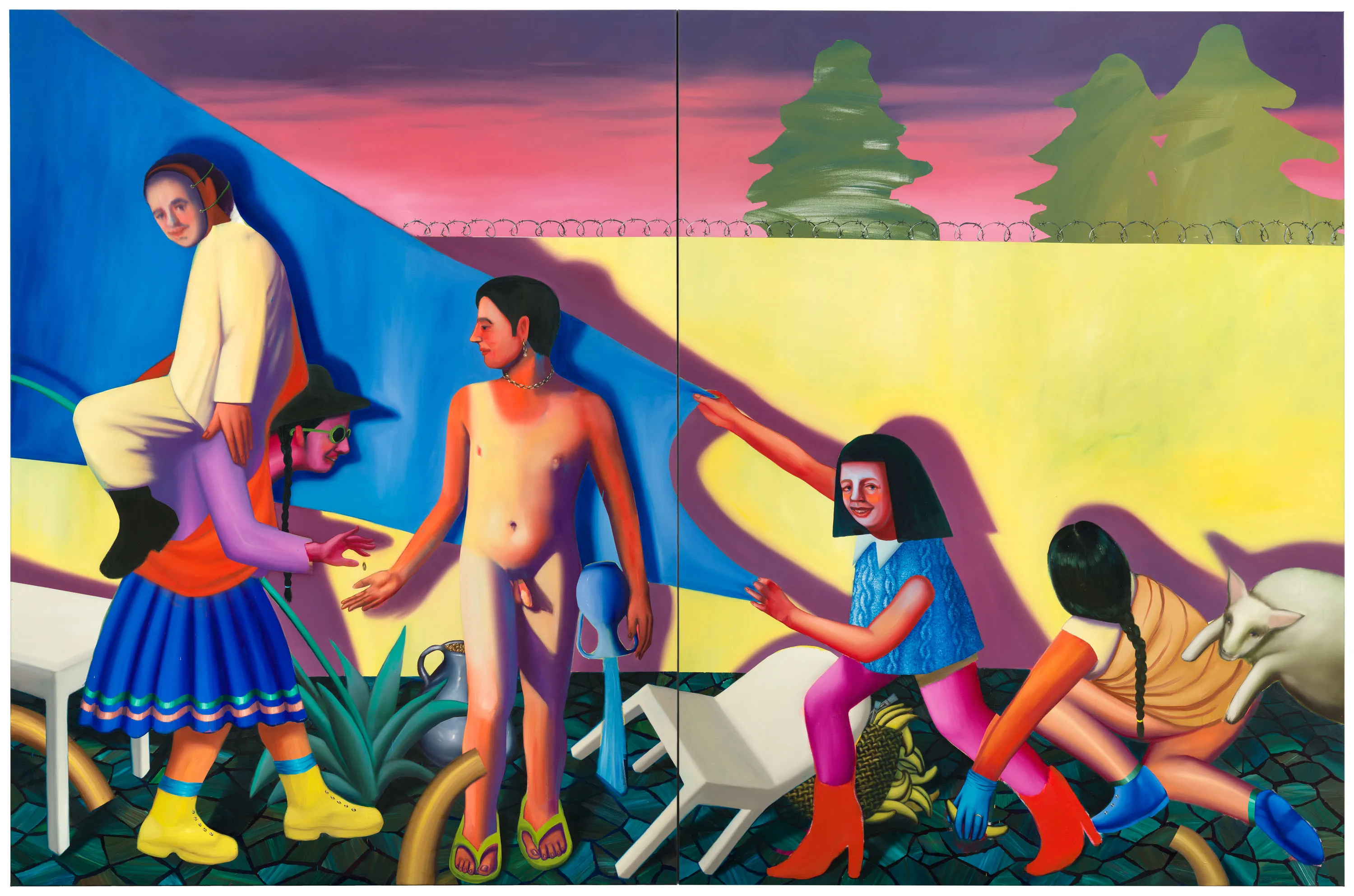


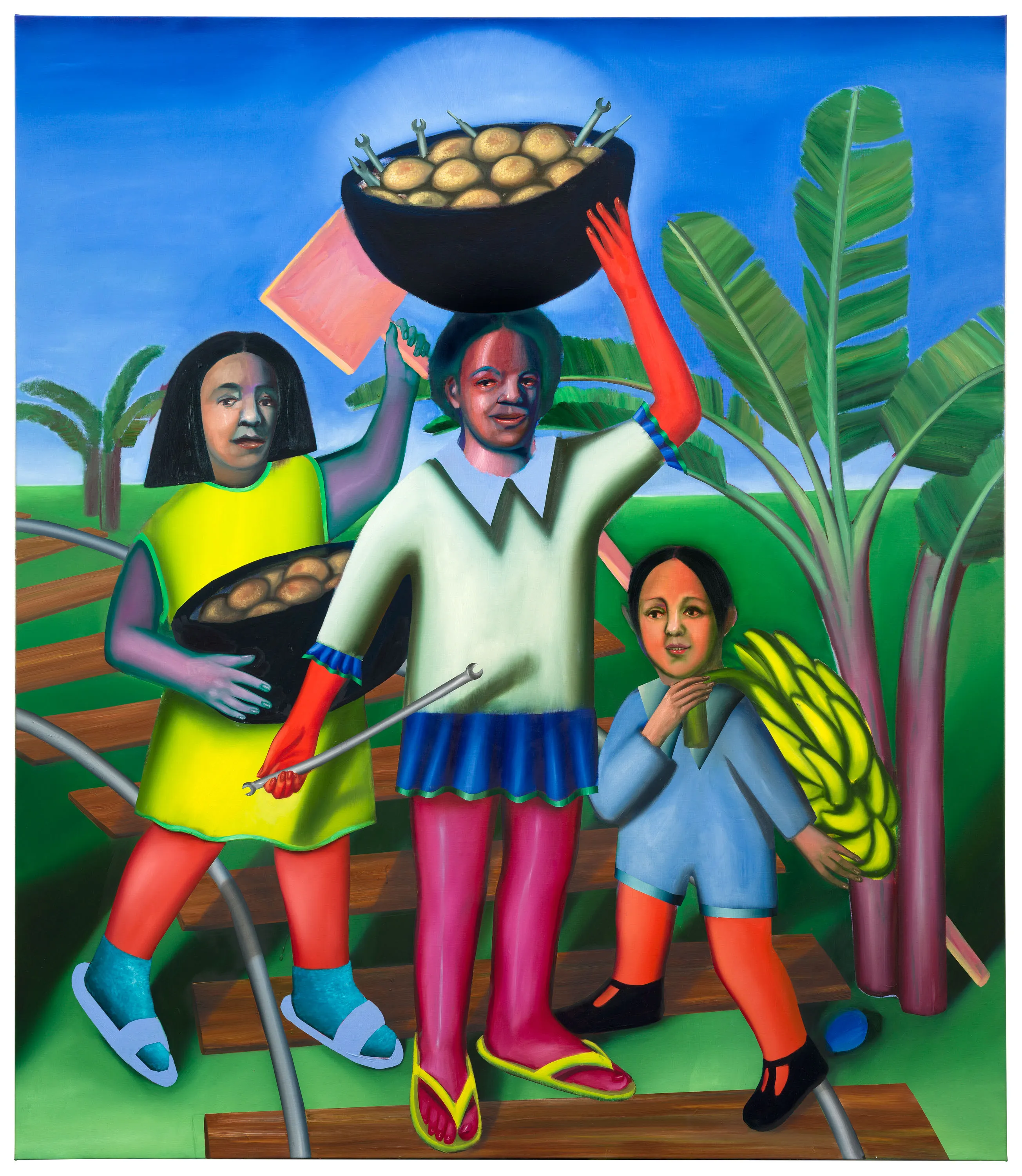
In Splits and Slips, The Disobedient Banana, Ivana de Vivanco turns the banana into a subversive symbol of protest—absurd, seductive and politically charged. With irony and theatrical flair, she invites viewers into a world where past and present, fiction and truth, collapse, and even a banana becomes an activist.
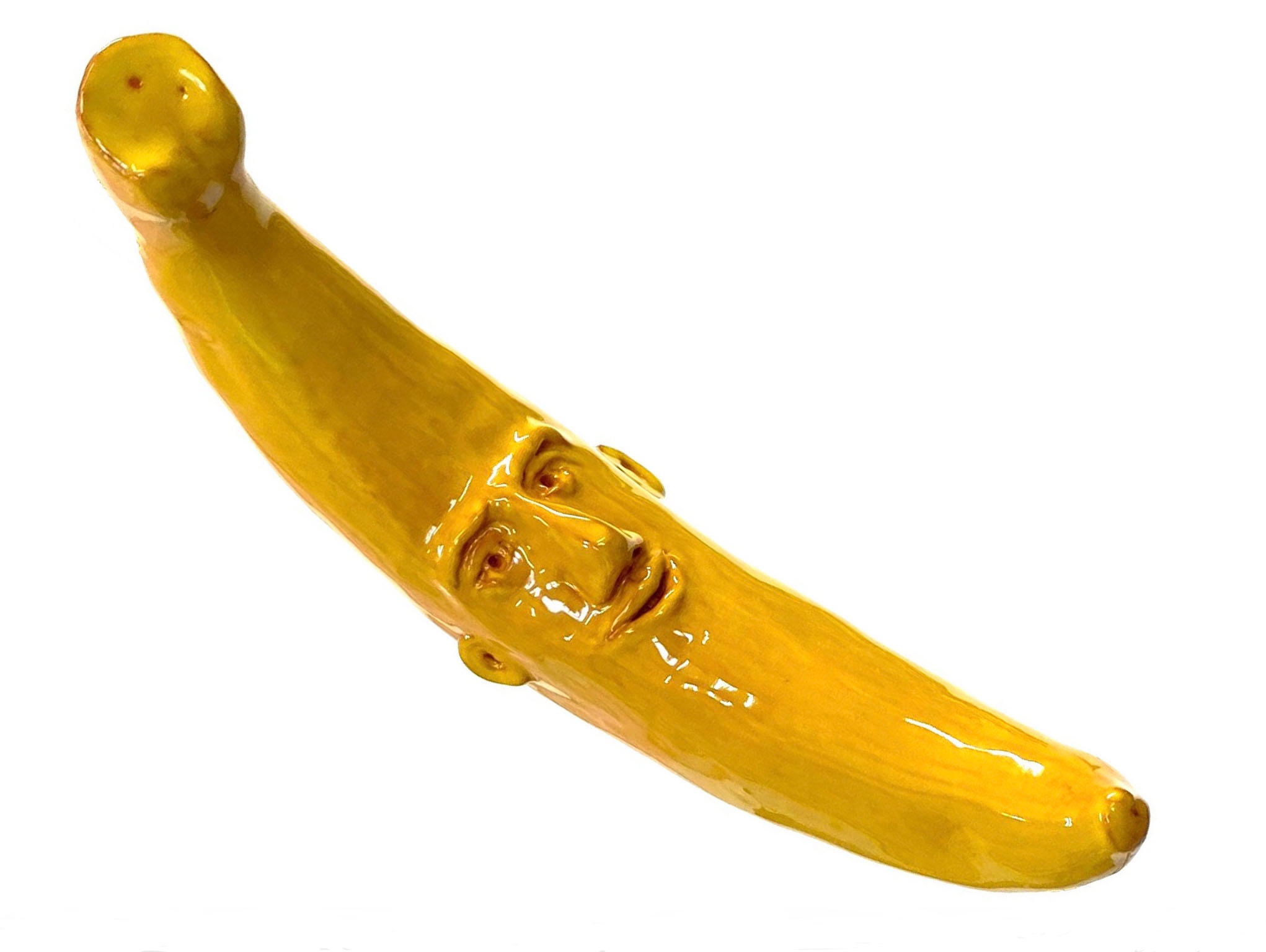


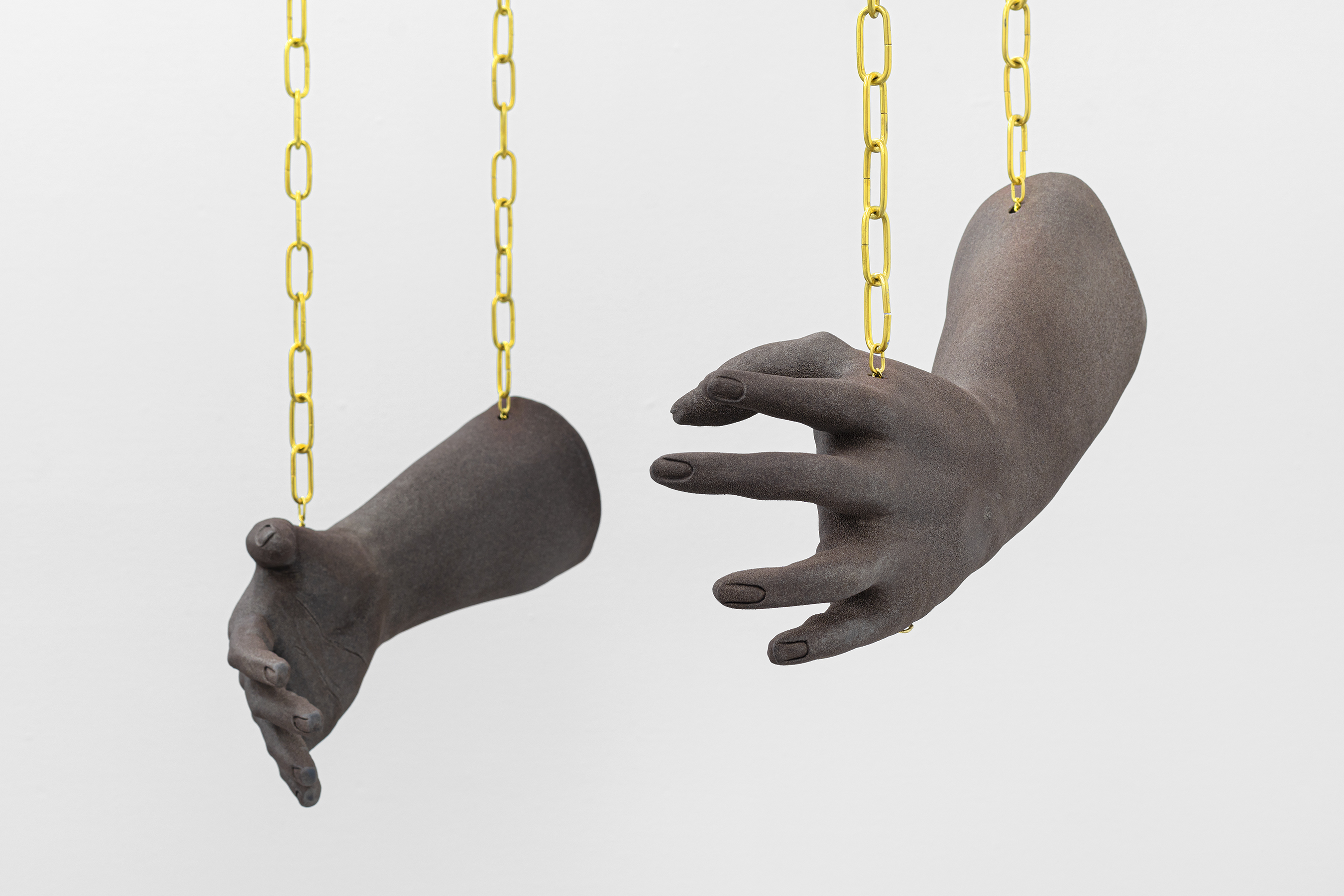

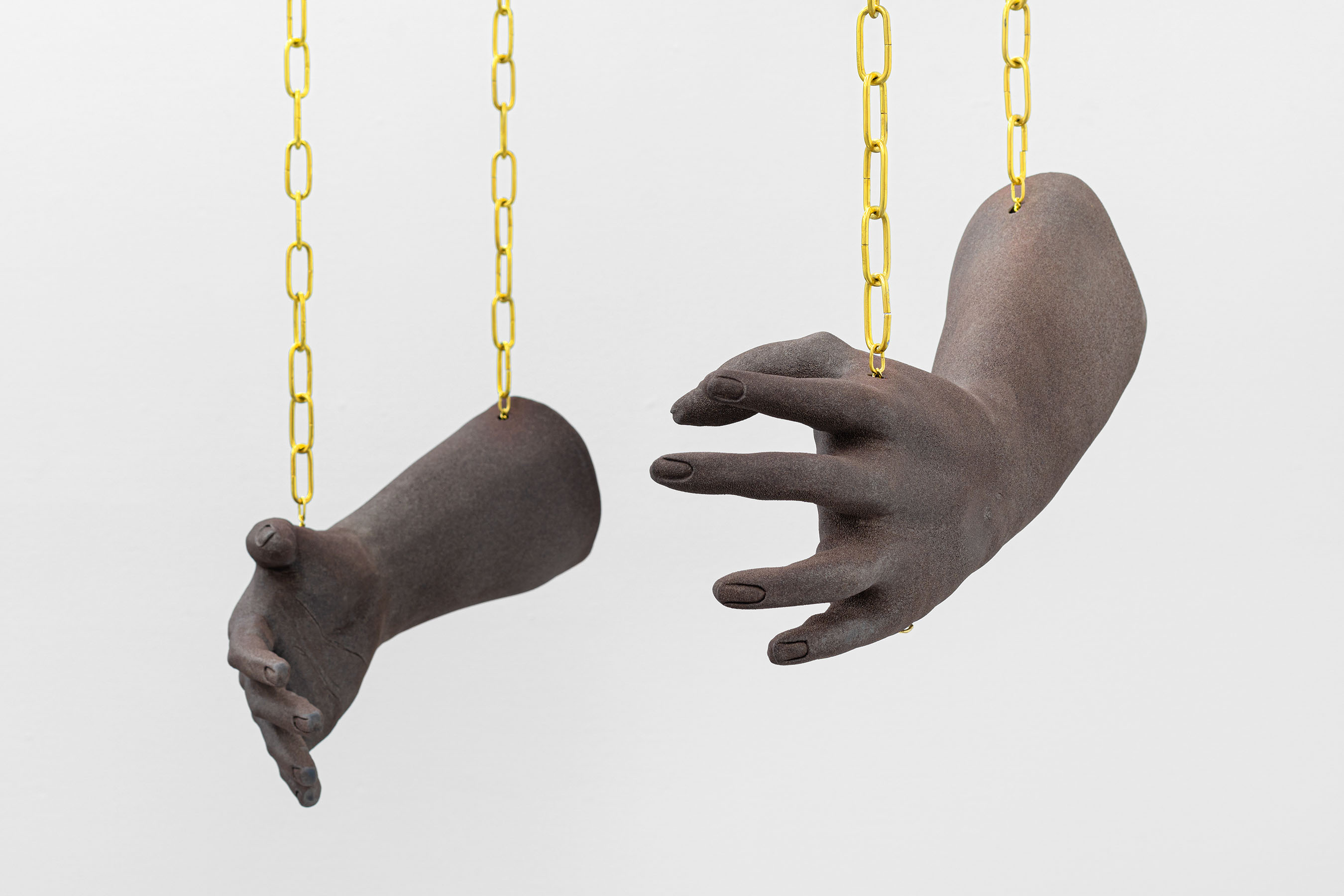
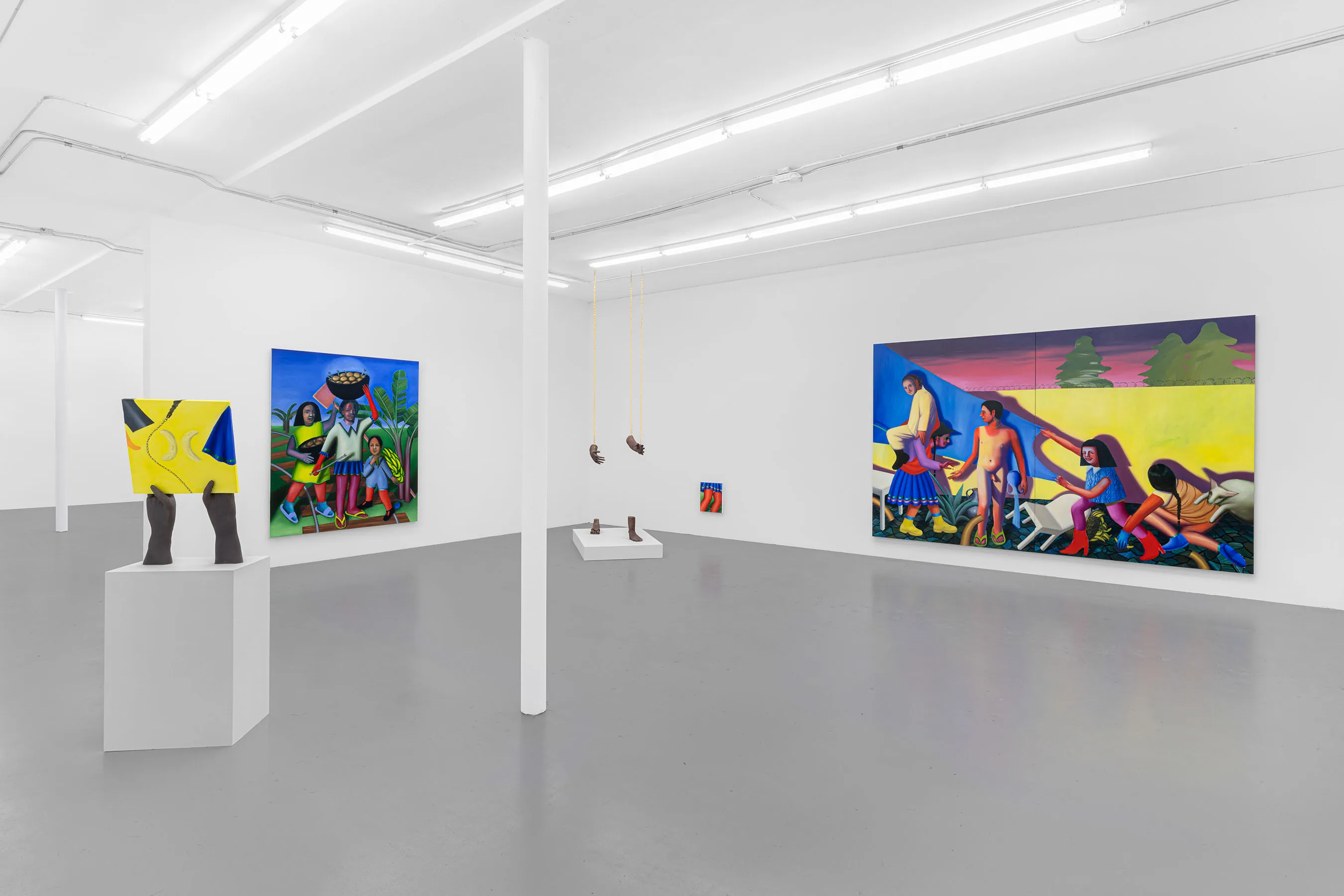
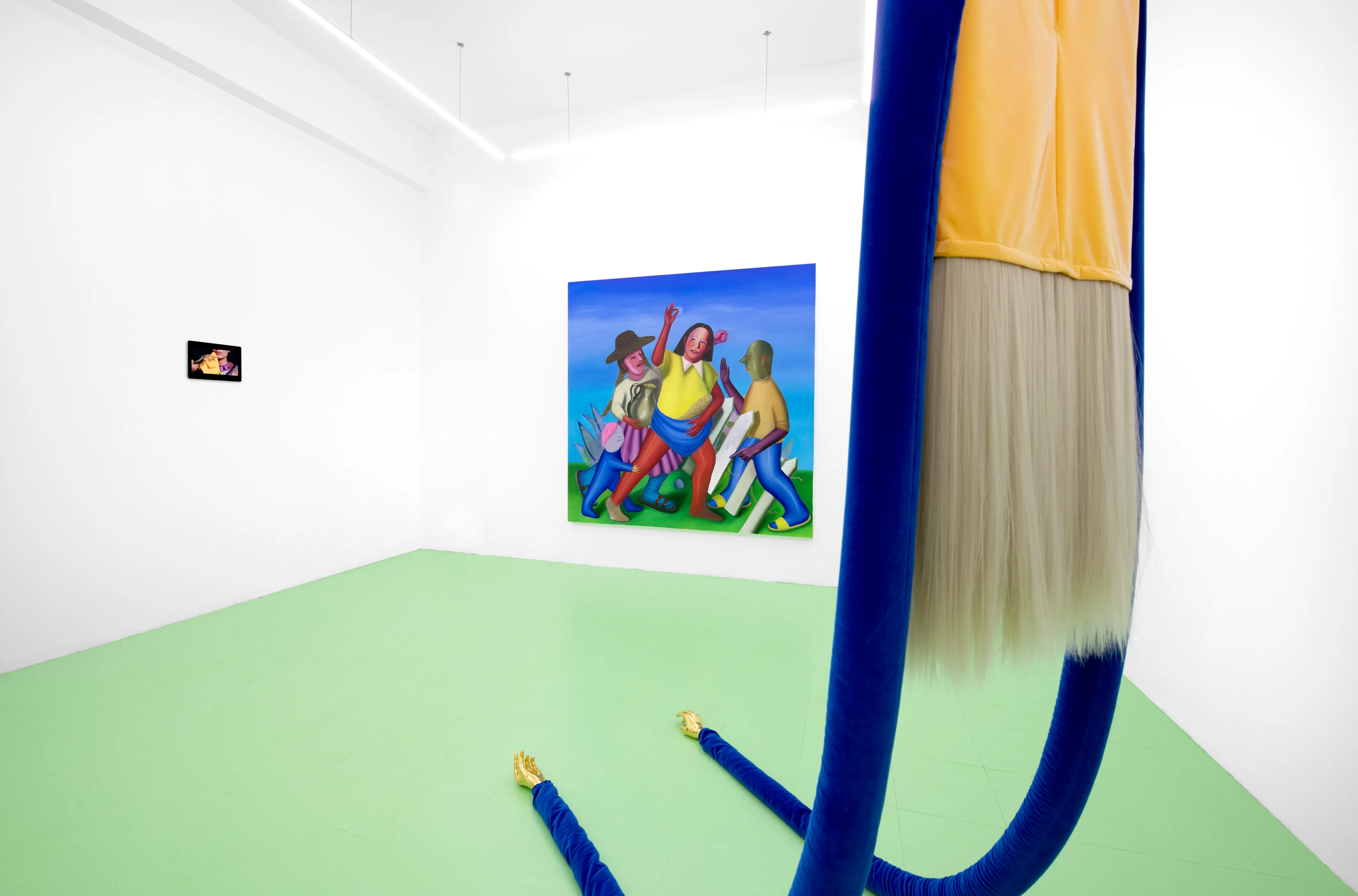
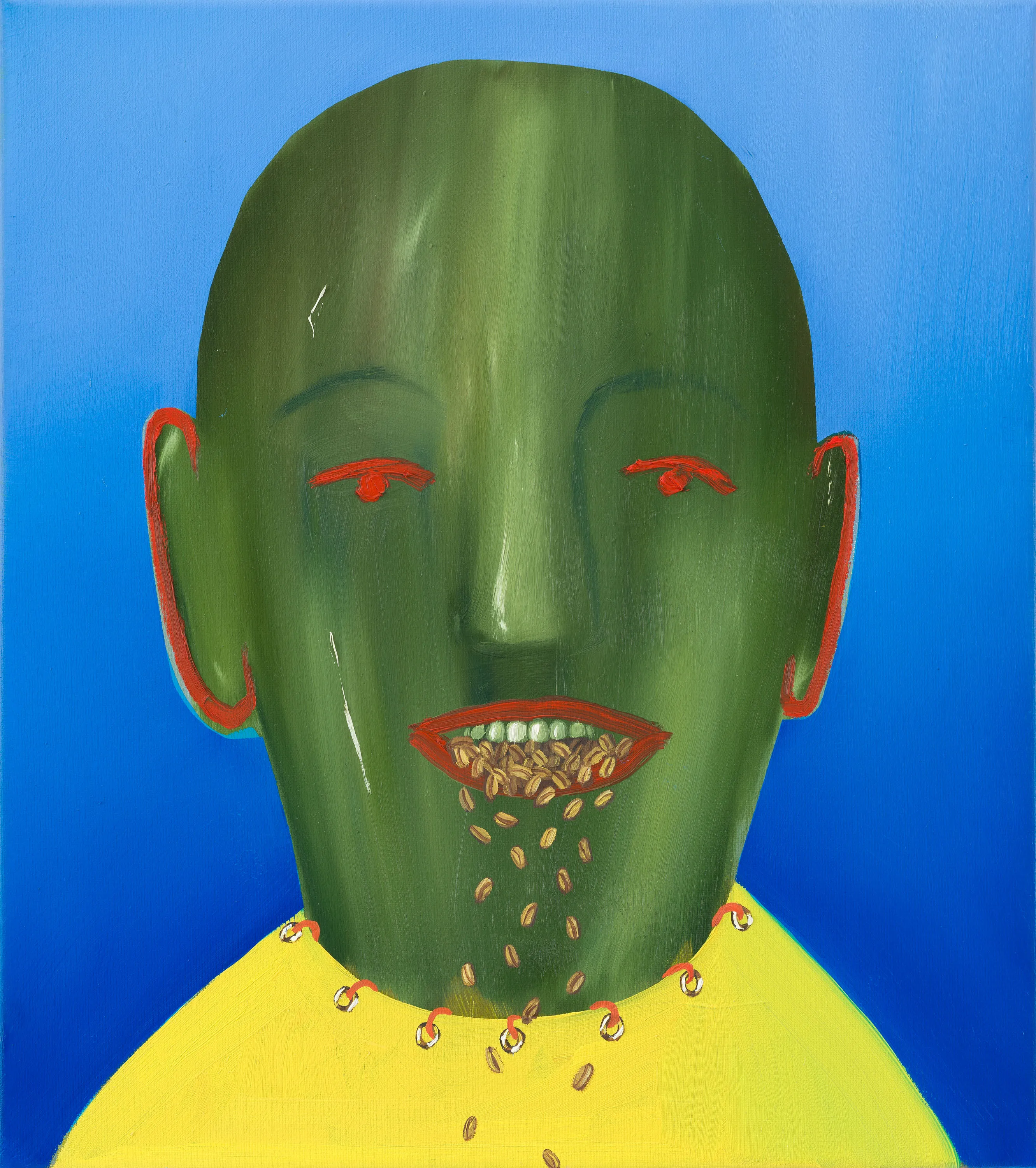
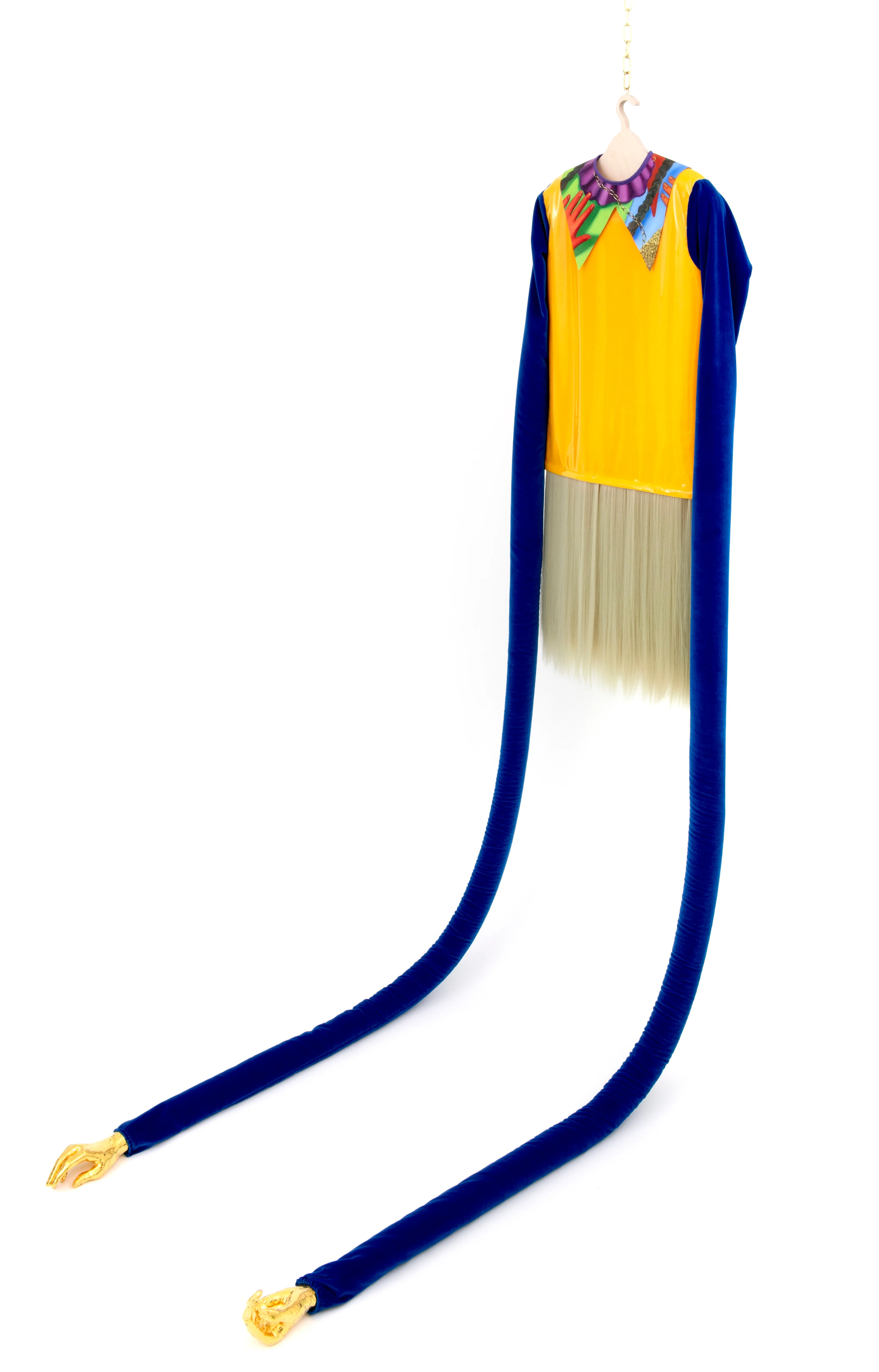
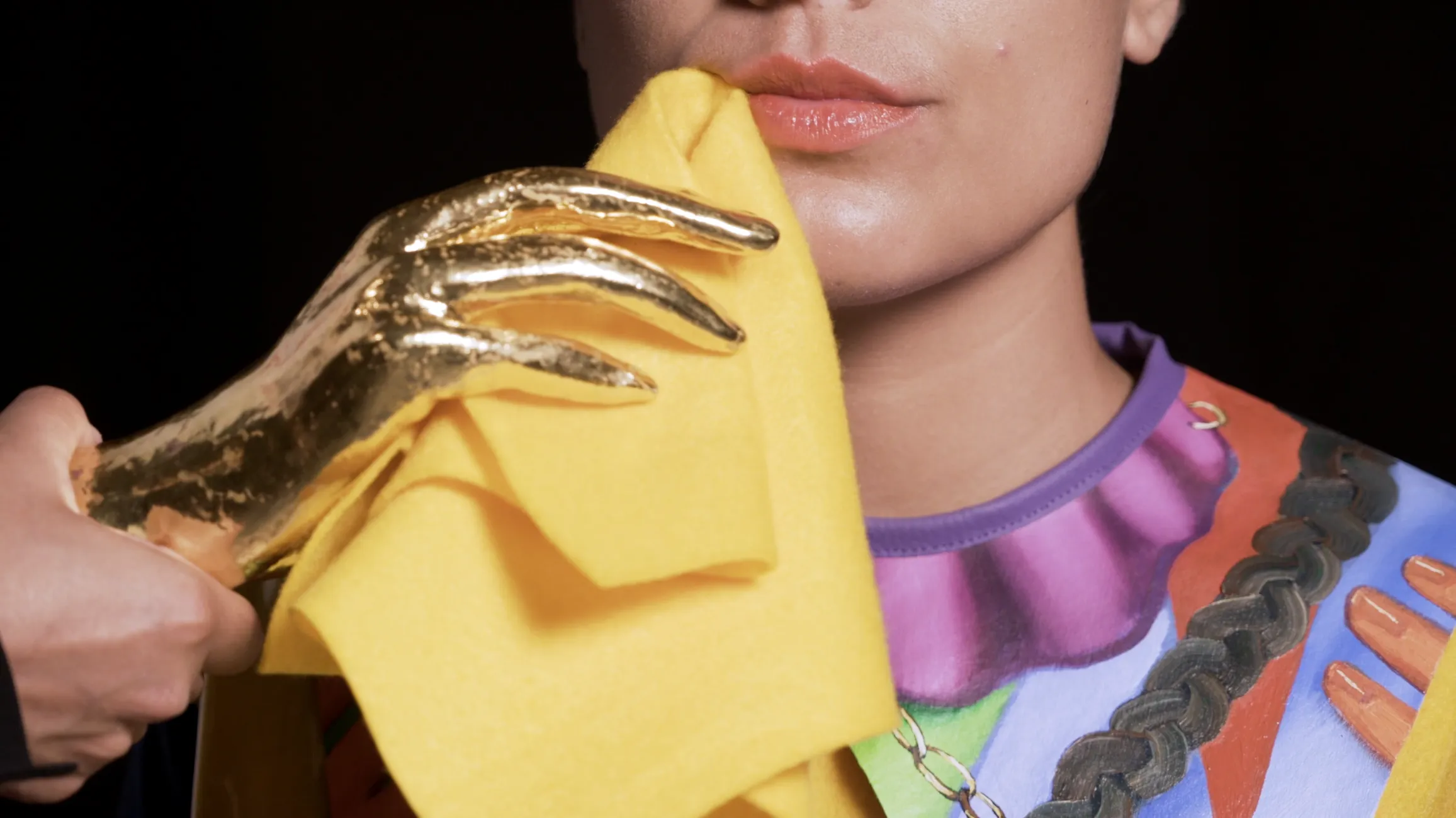
In Two Pennies for Myself and Tea, Ivana de Vivanco transforms the gallery into a sharp, site-specific critique of capitalism through a feminist lens. Referencing Karl Marx and the industrial past of Bethnal Green, she reclaims the gallery floor with fluorescent green, simulating poisoned commons and reflecting the disintegration of shared resources. Her vivid paintings and sculptural works confront patriarchal power and economic injustice, centering figures like Ann Carter—a 17th-century protest leader executed for defying gendered expectations. The installation invites viewers to reflect on the disjointed relationship between production, power and the bodies caught in between.
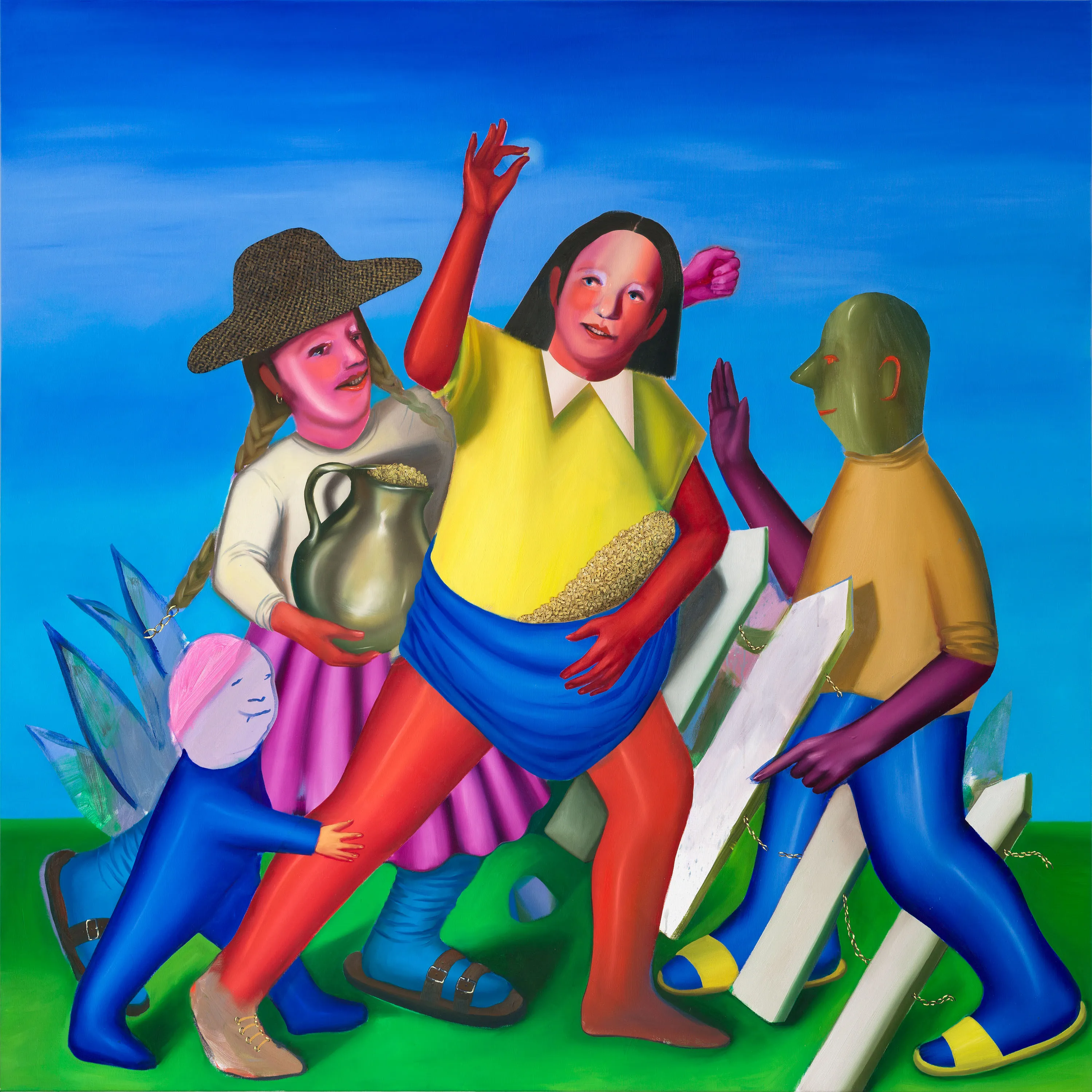
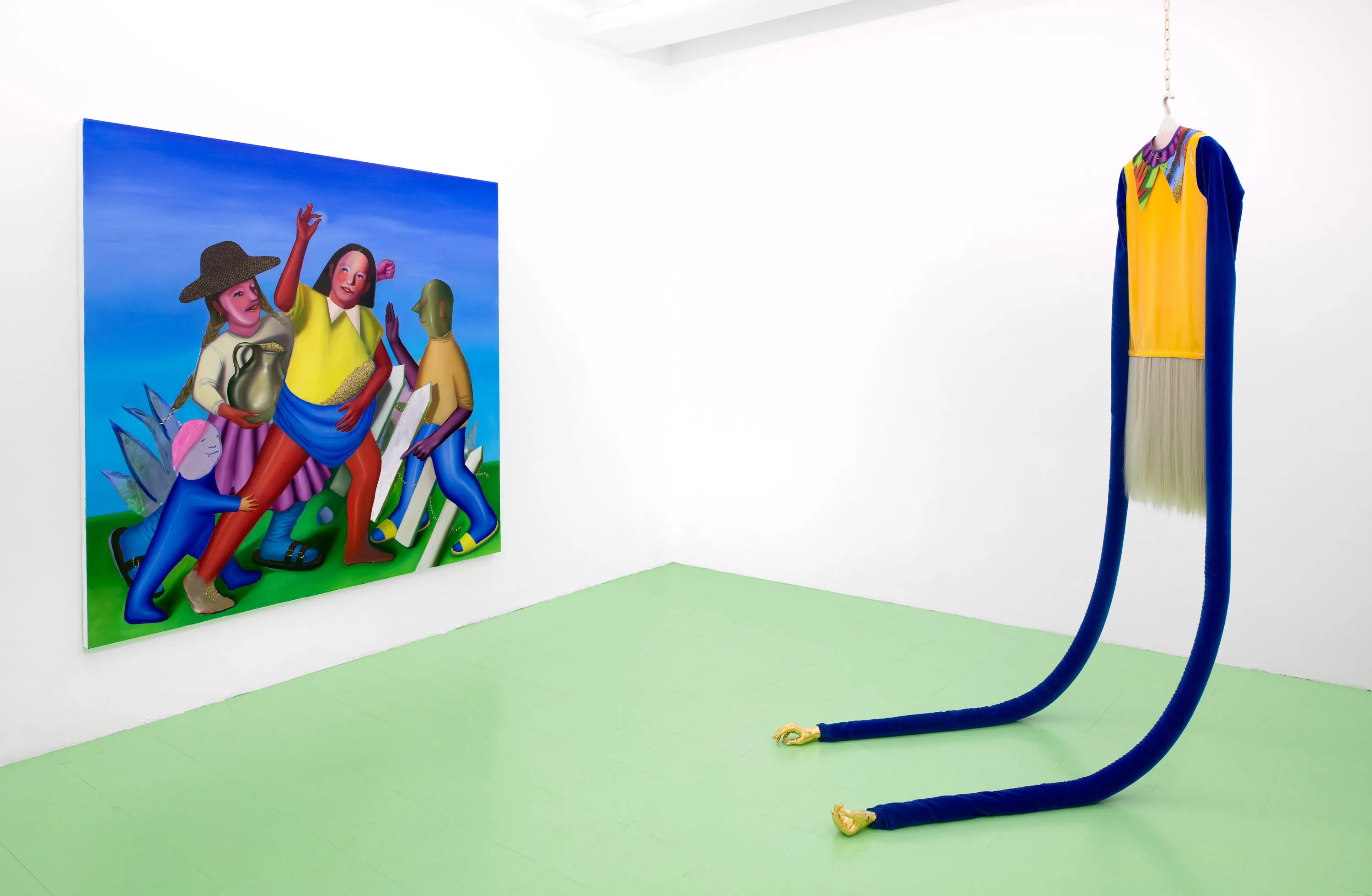

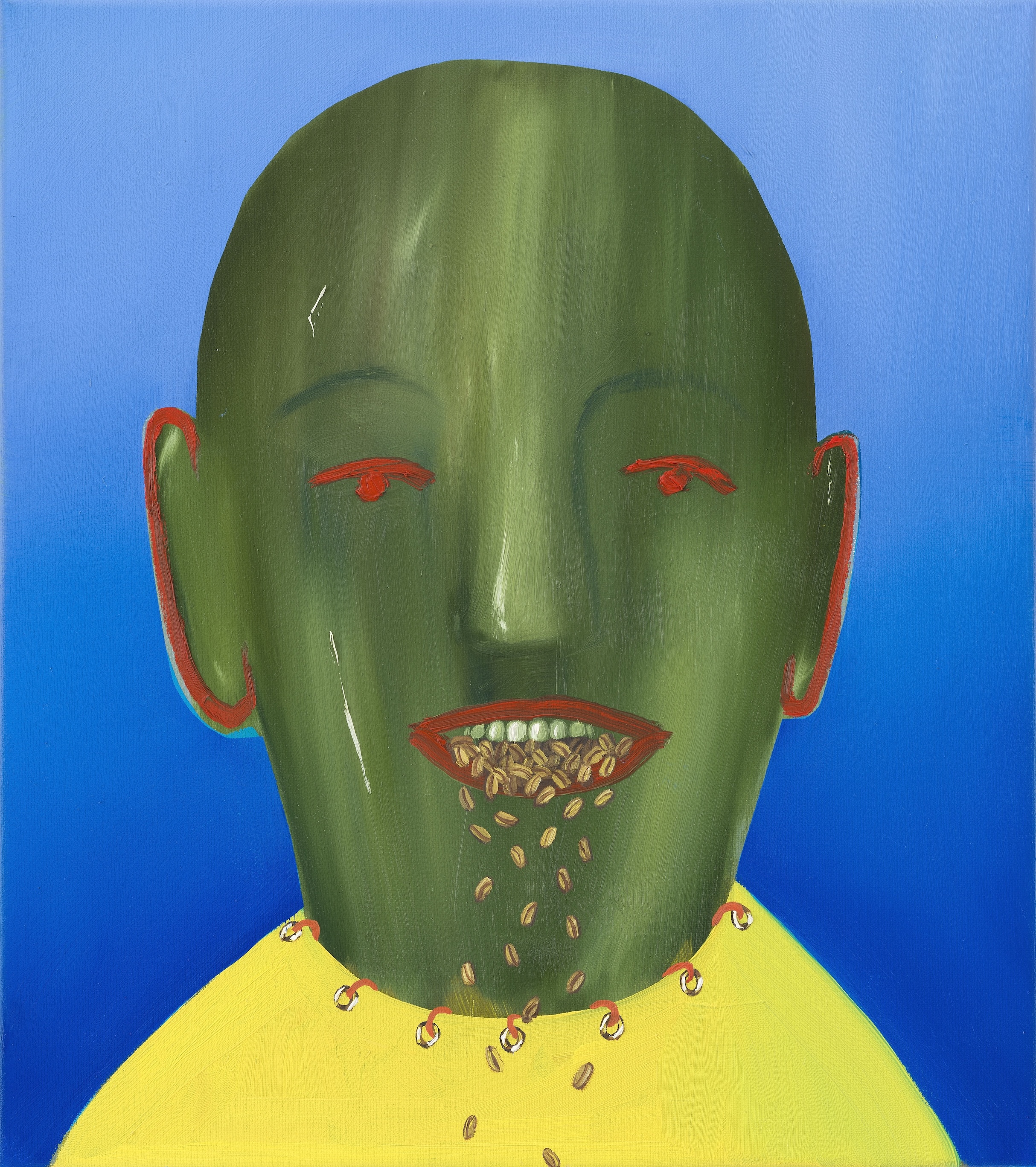
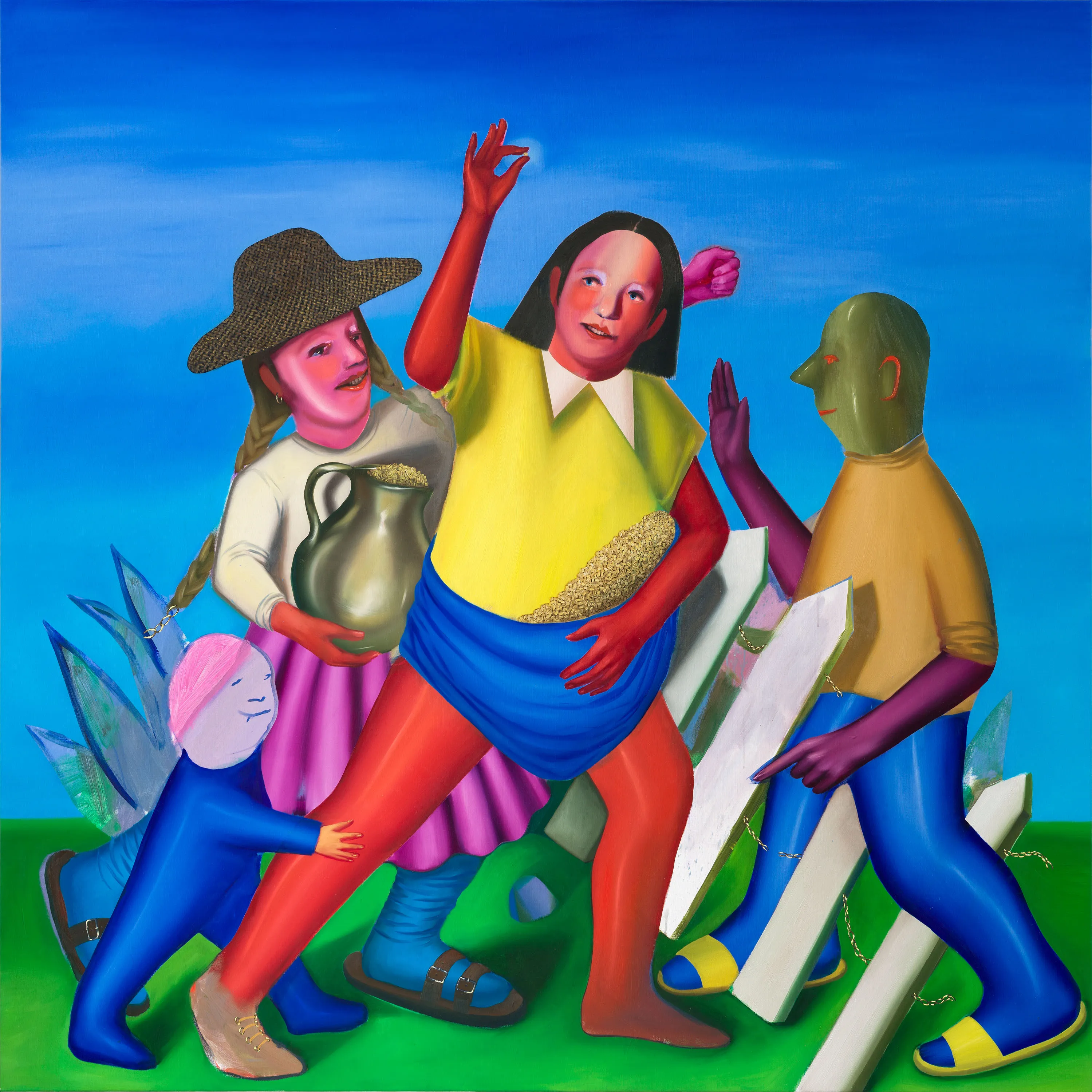

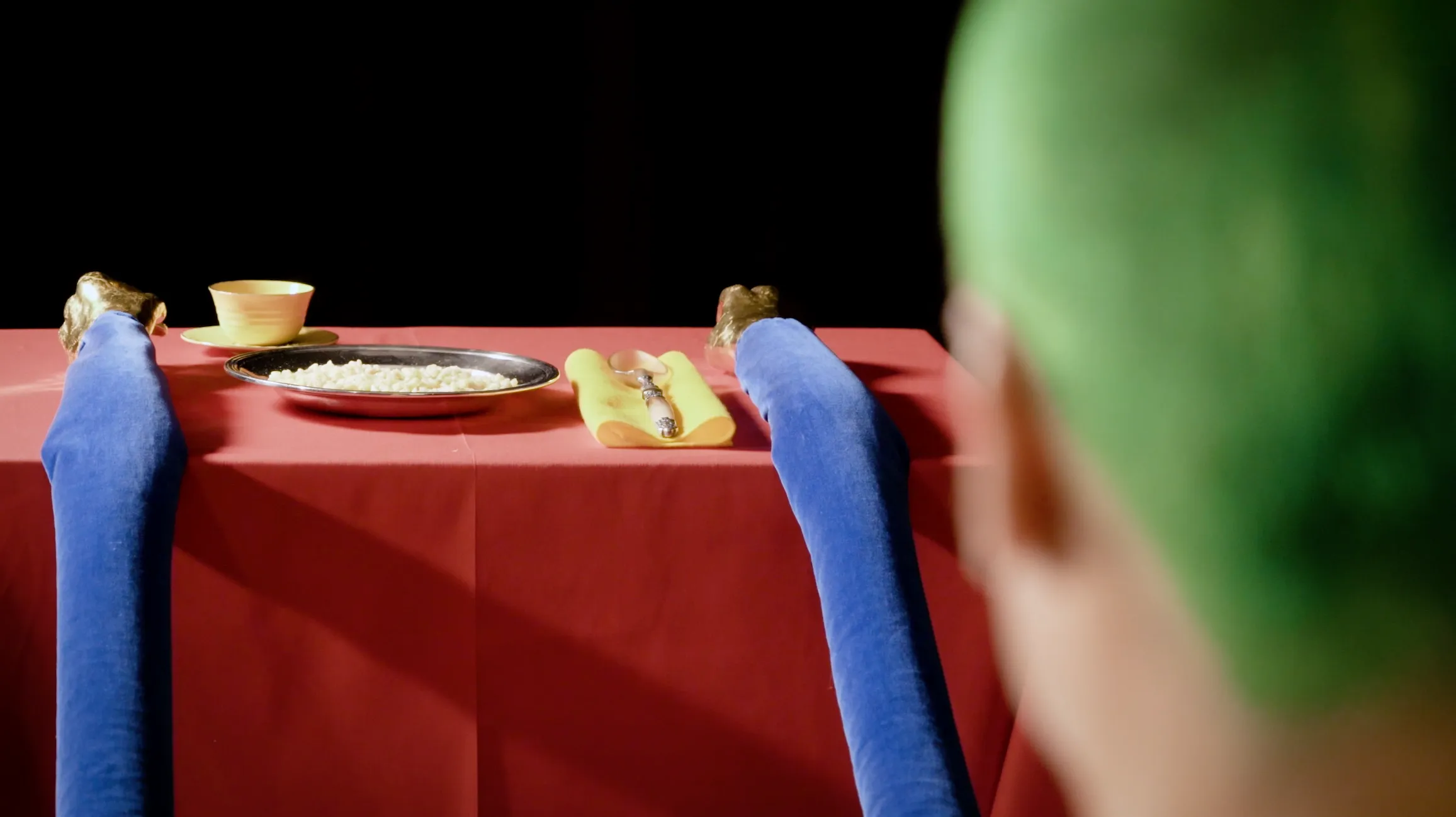
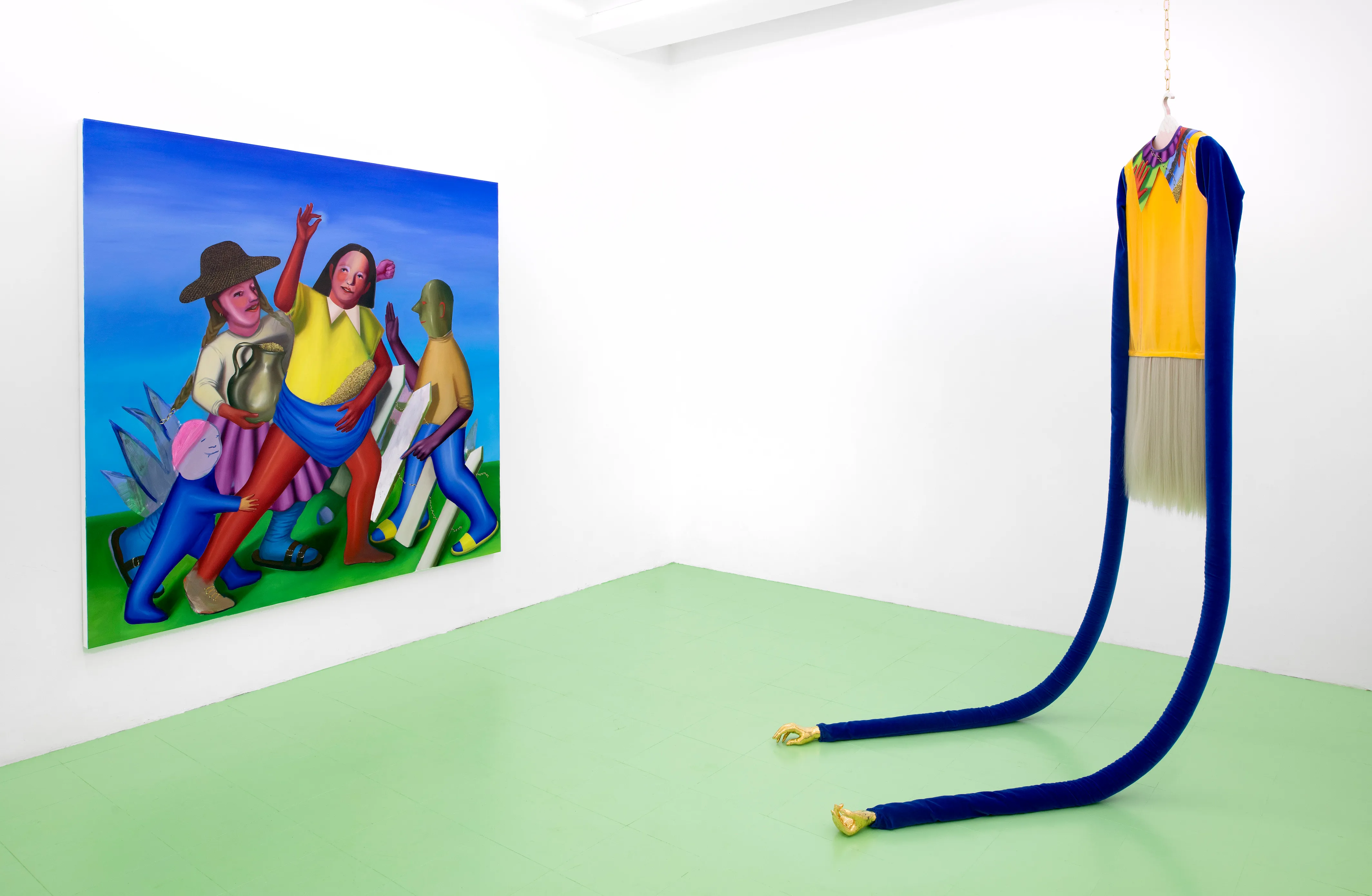
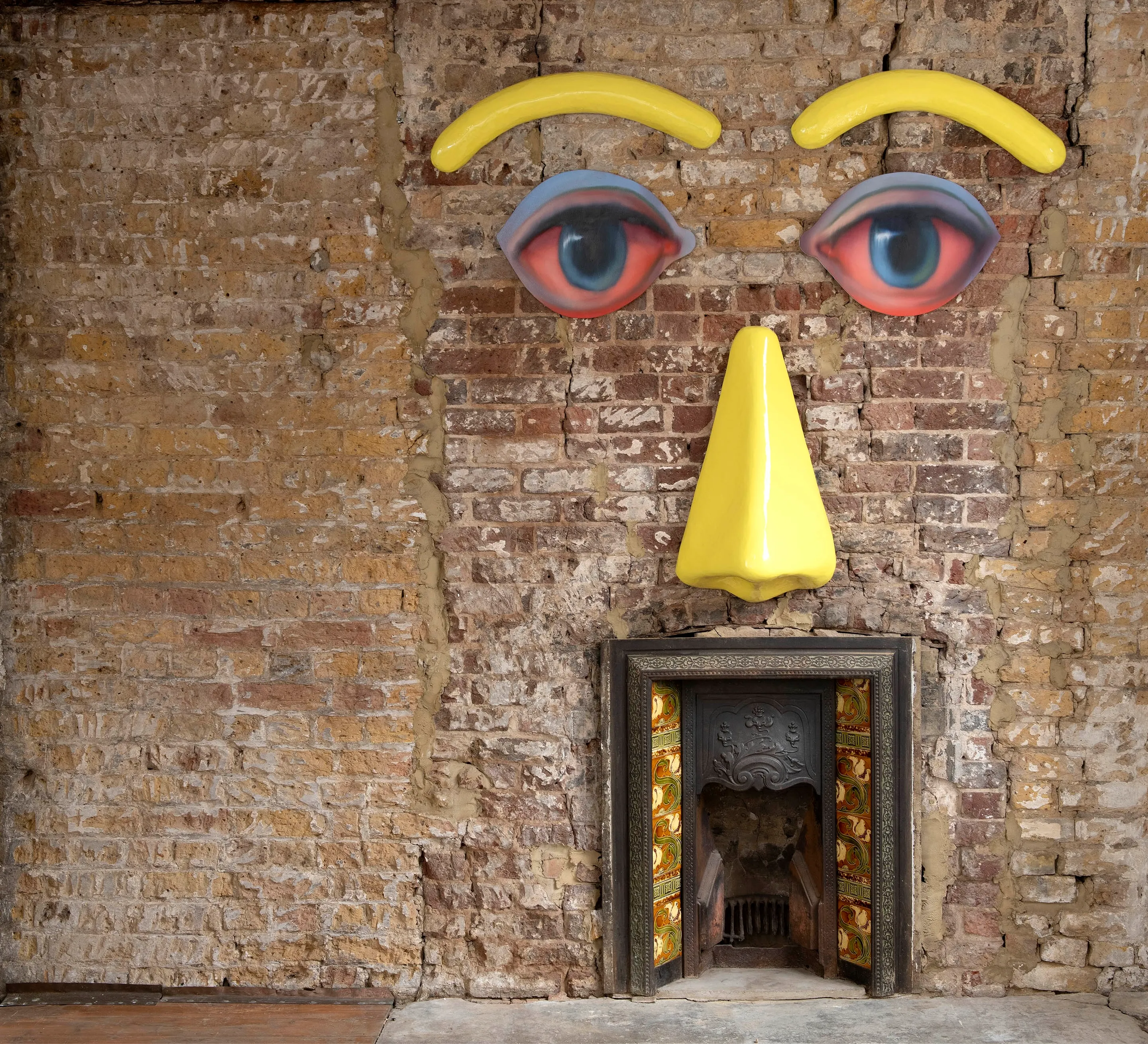
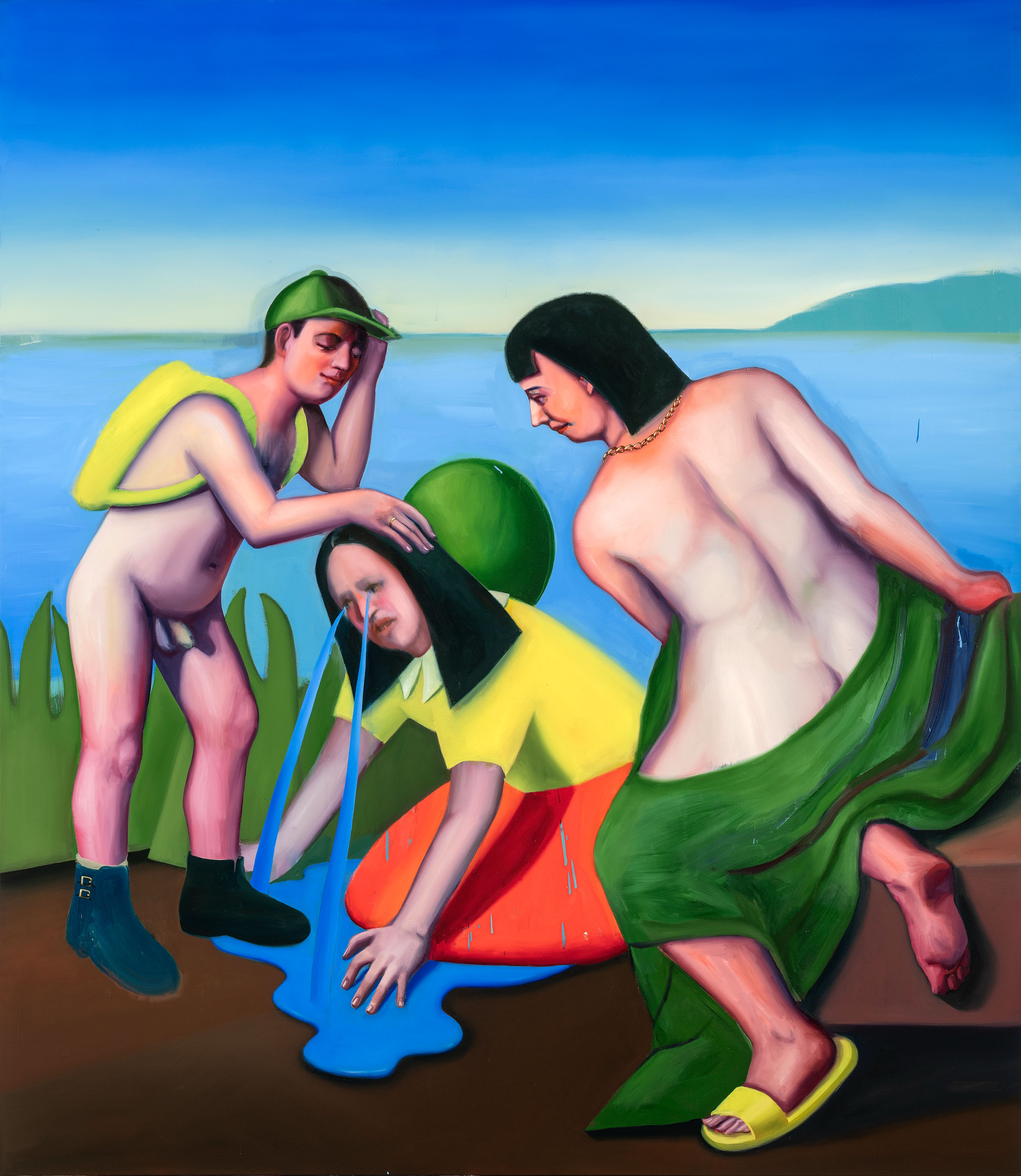
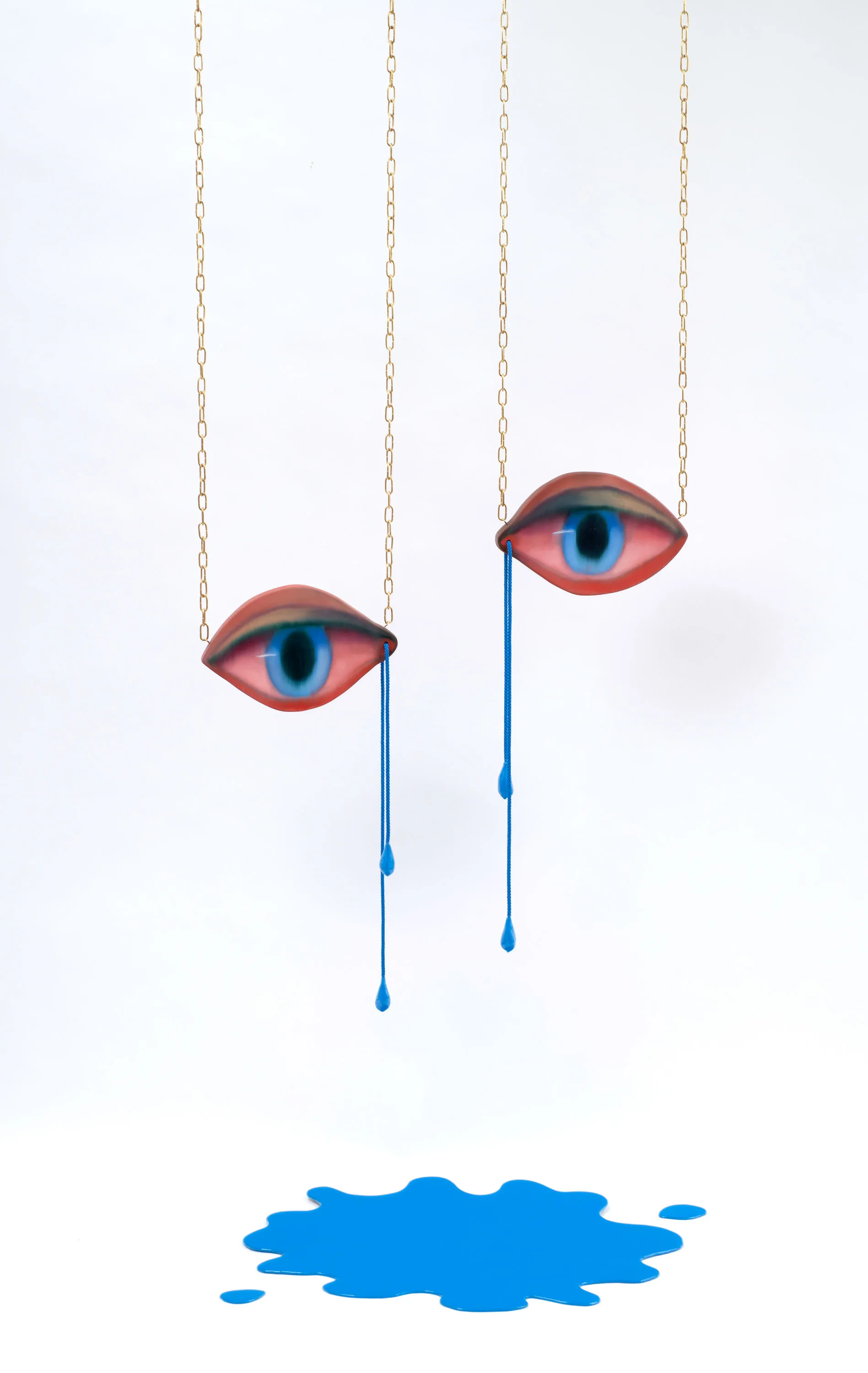
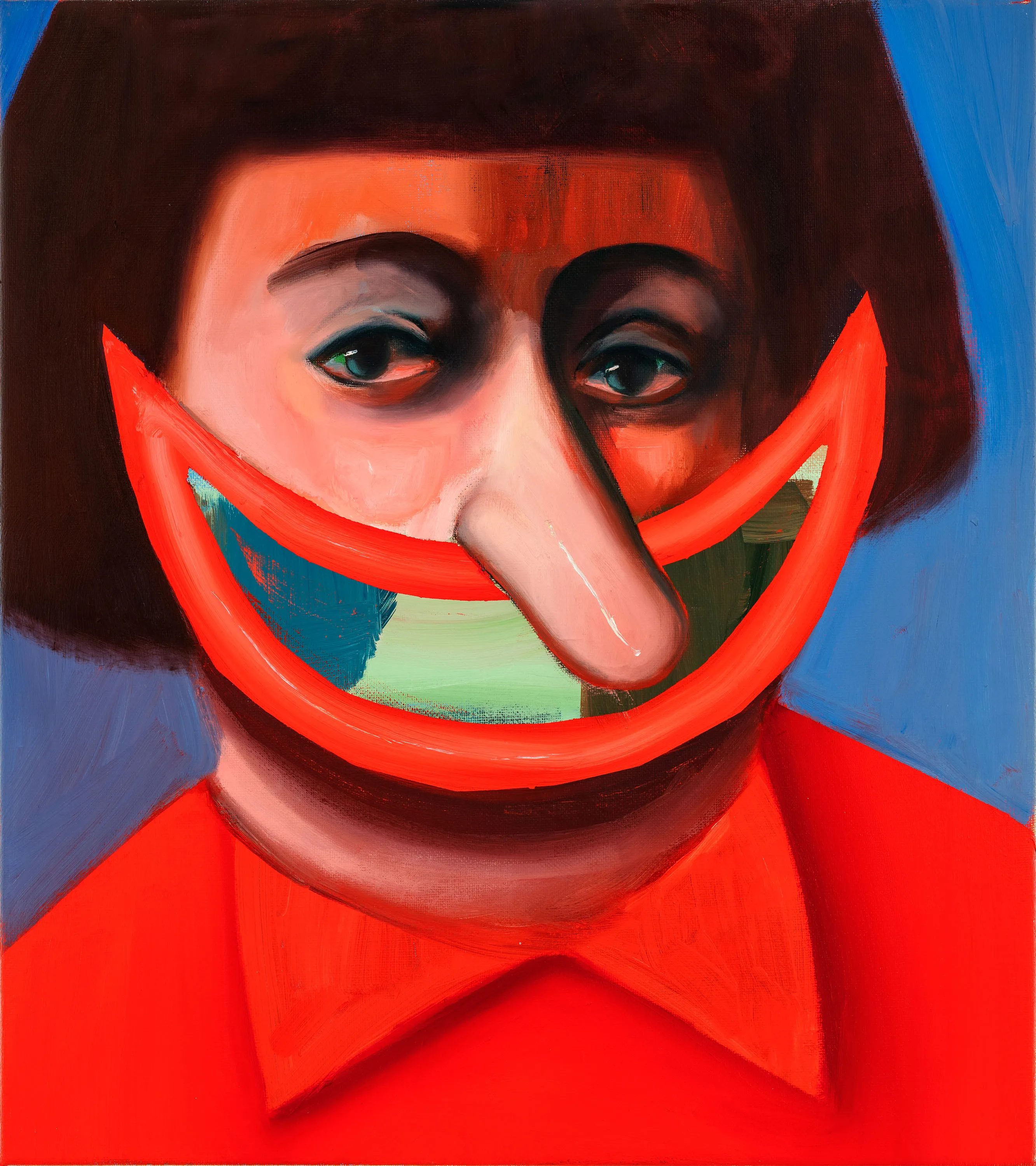
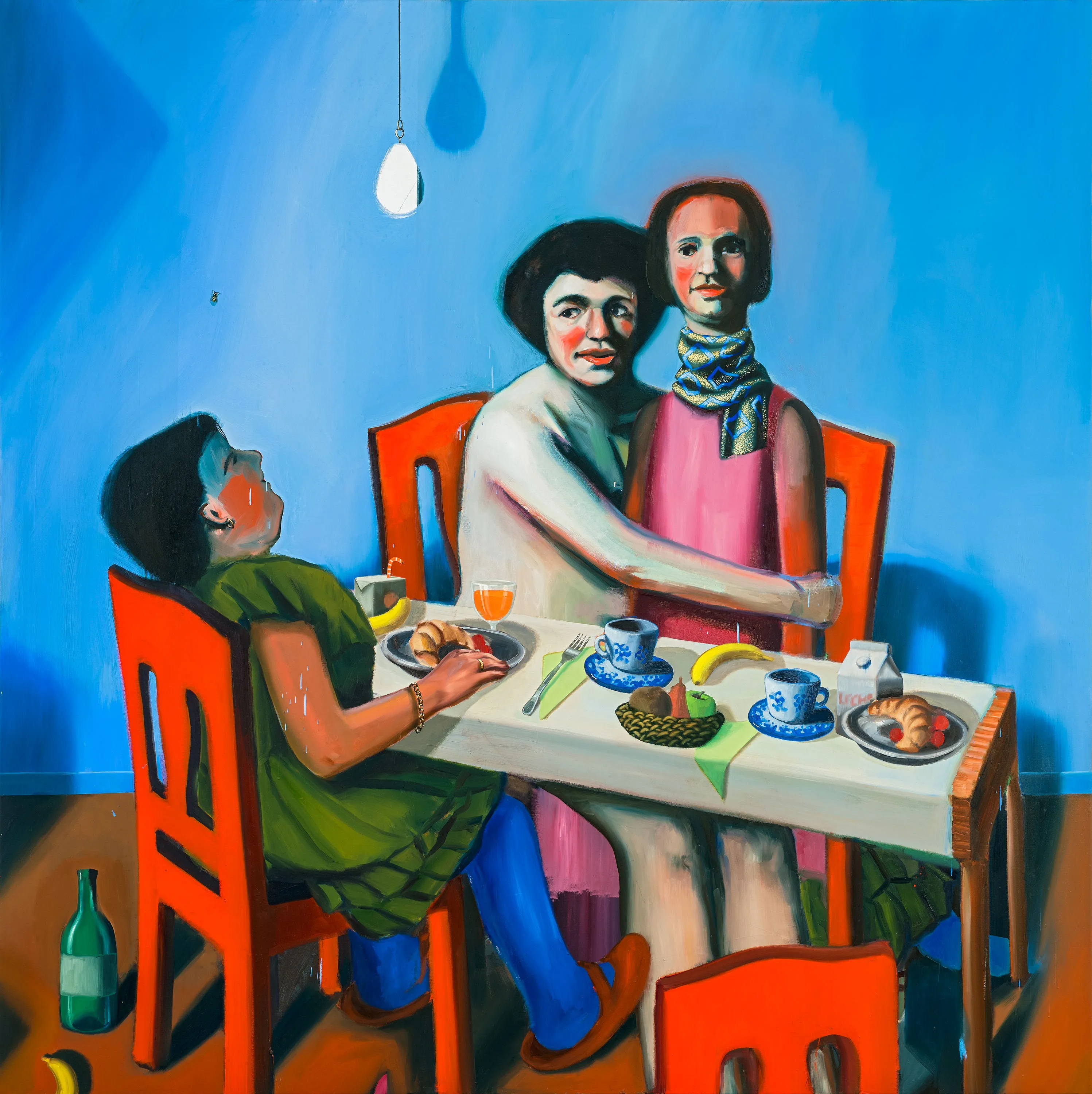

In The Partial Object House, Ivana de Vivanco transforms a London building into a fragmented, surreal body, where each floor represents a different anatomical part. Drawing on psychoanalysis and dark romanticism, she explores the human condition through theatrical paintings and hybrid sculptures. From the anxious mind to the emotional gut, the exhibition invites viewers into a vividly colored, uncanny anatomy shaped by memory, fantasies and desire.
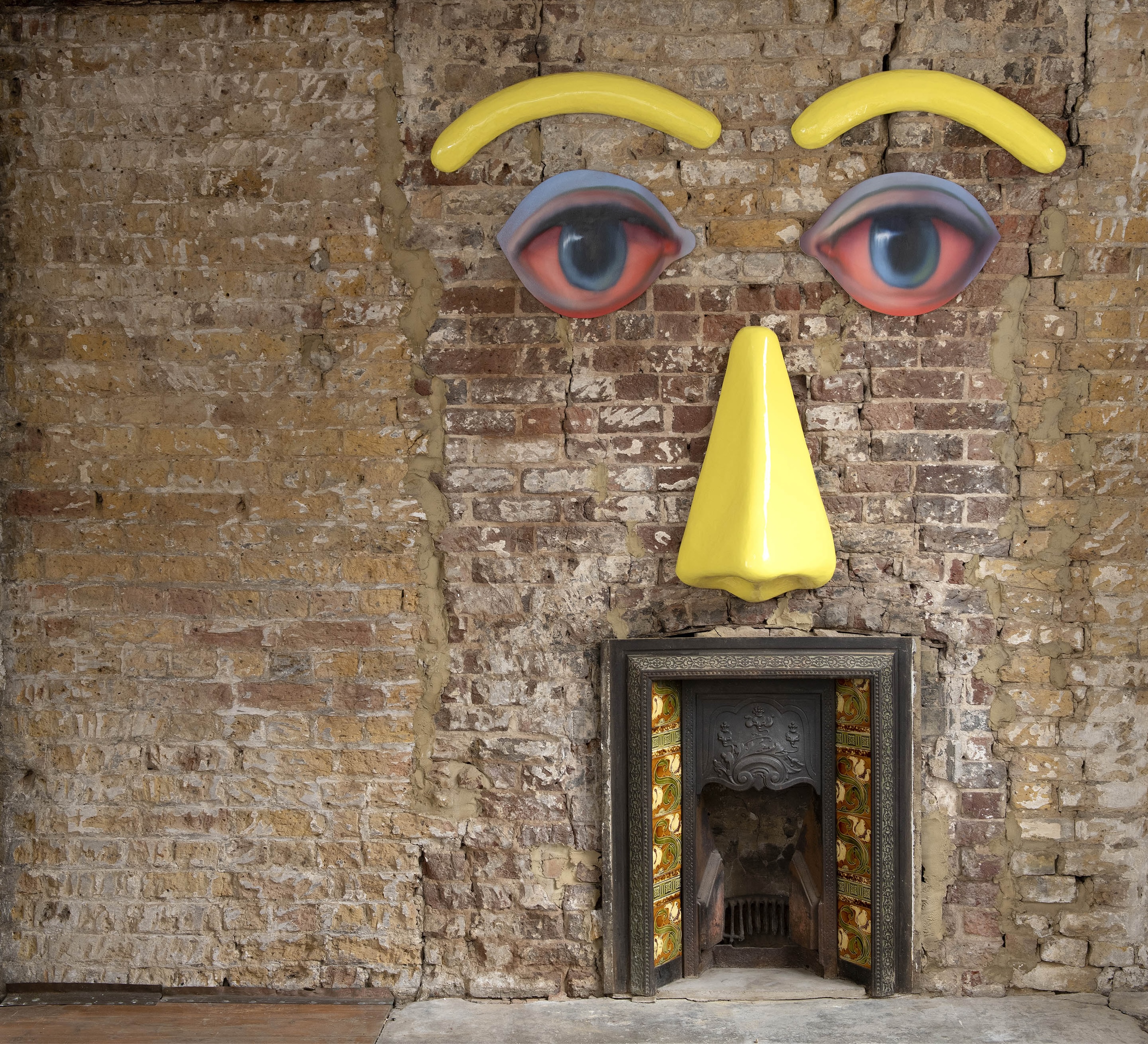
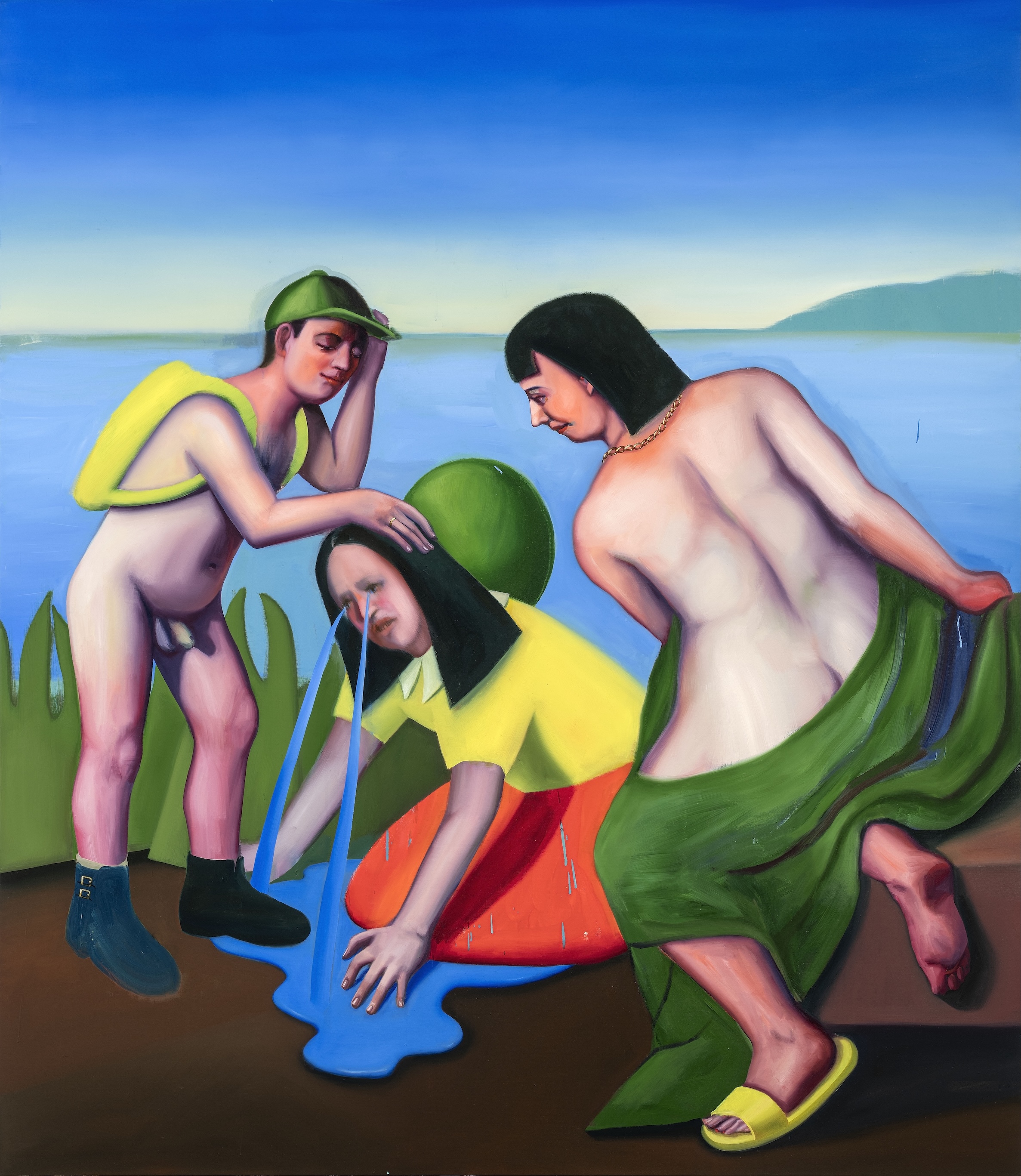
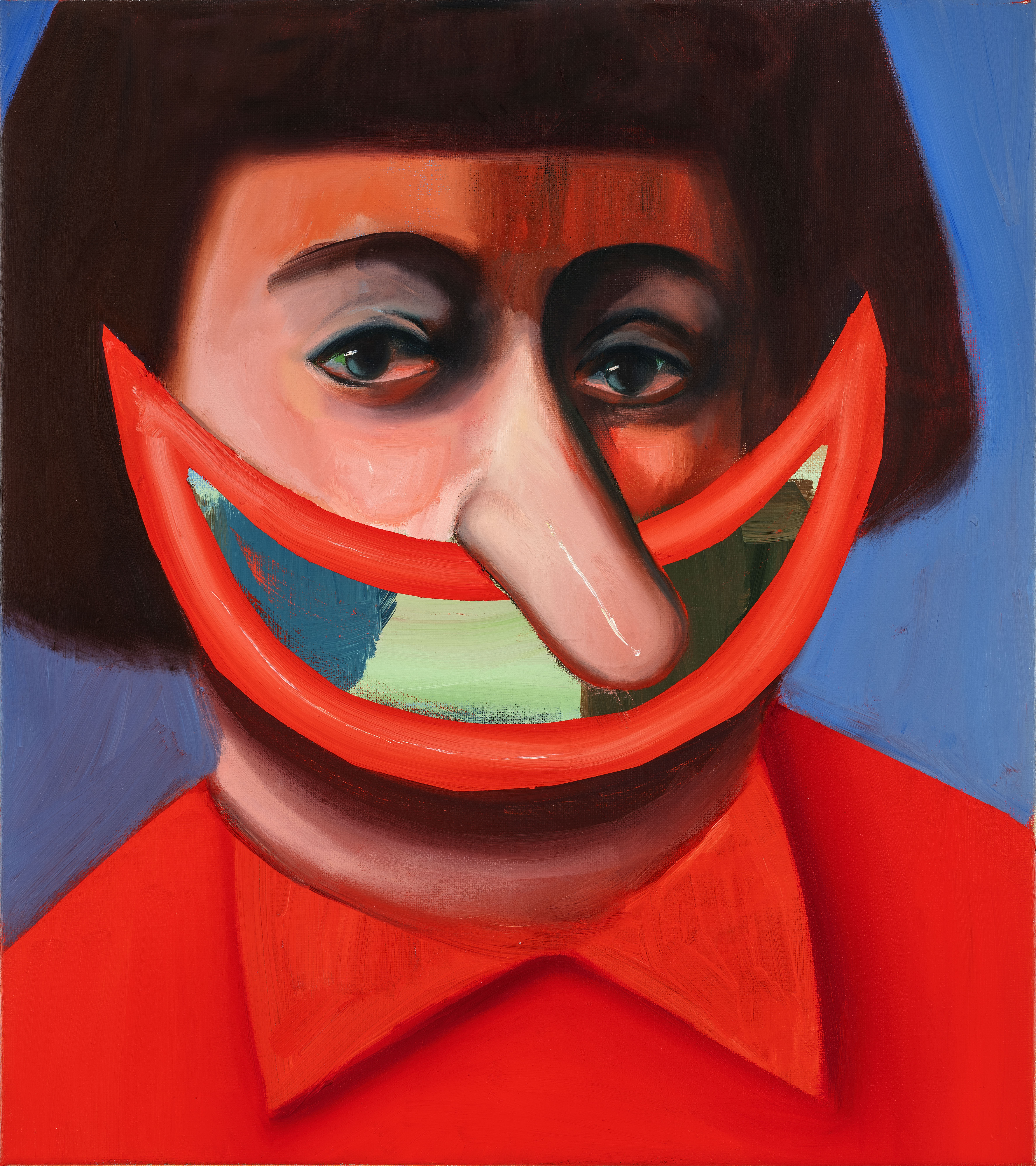

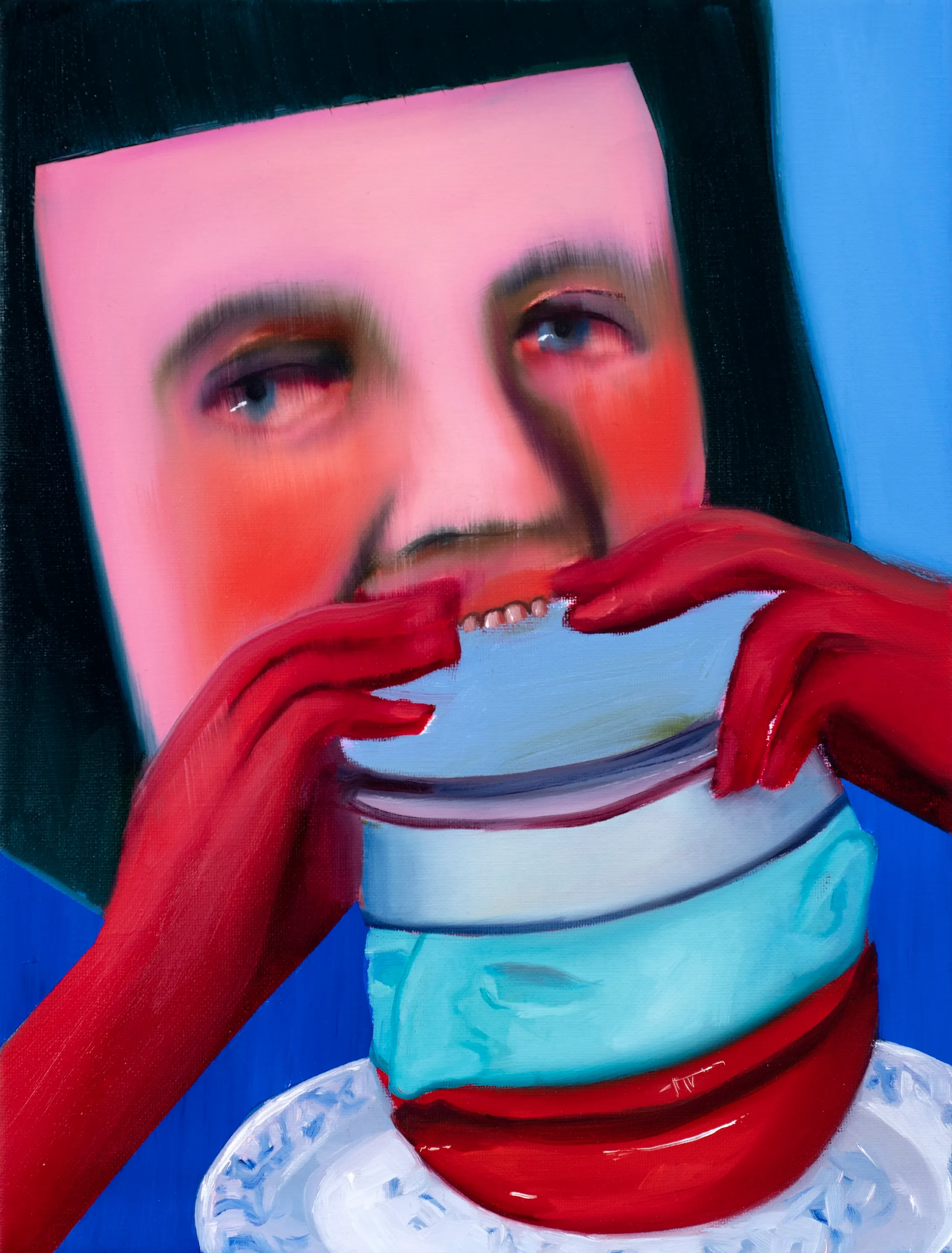

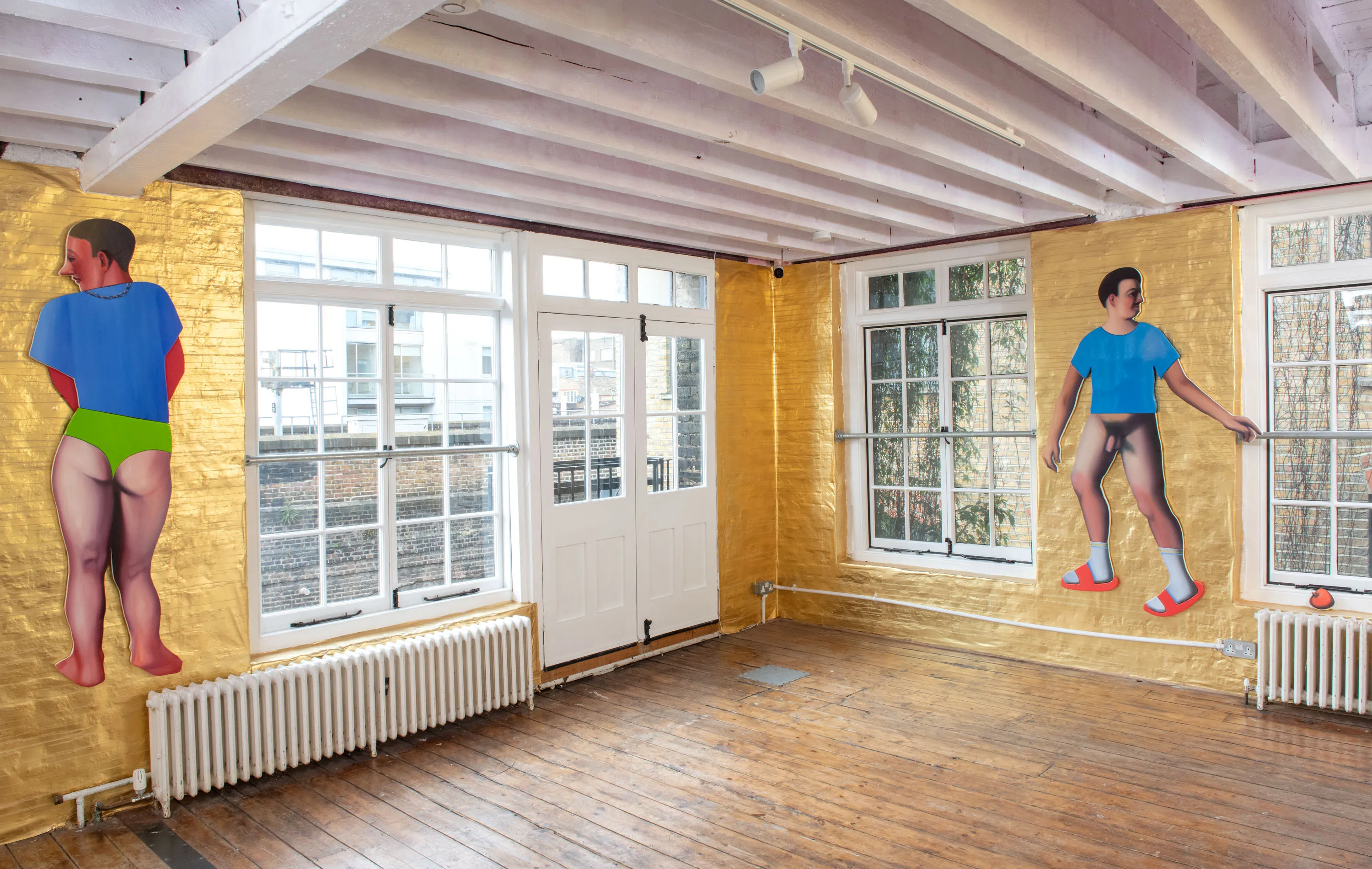

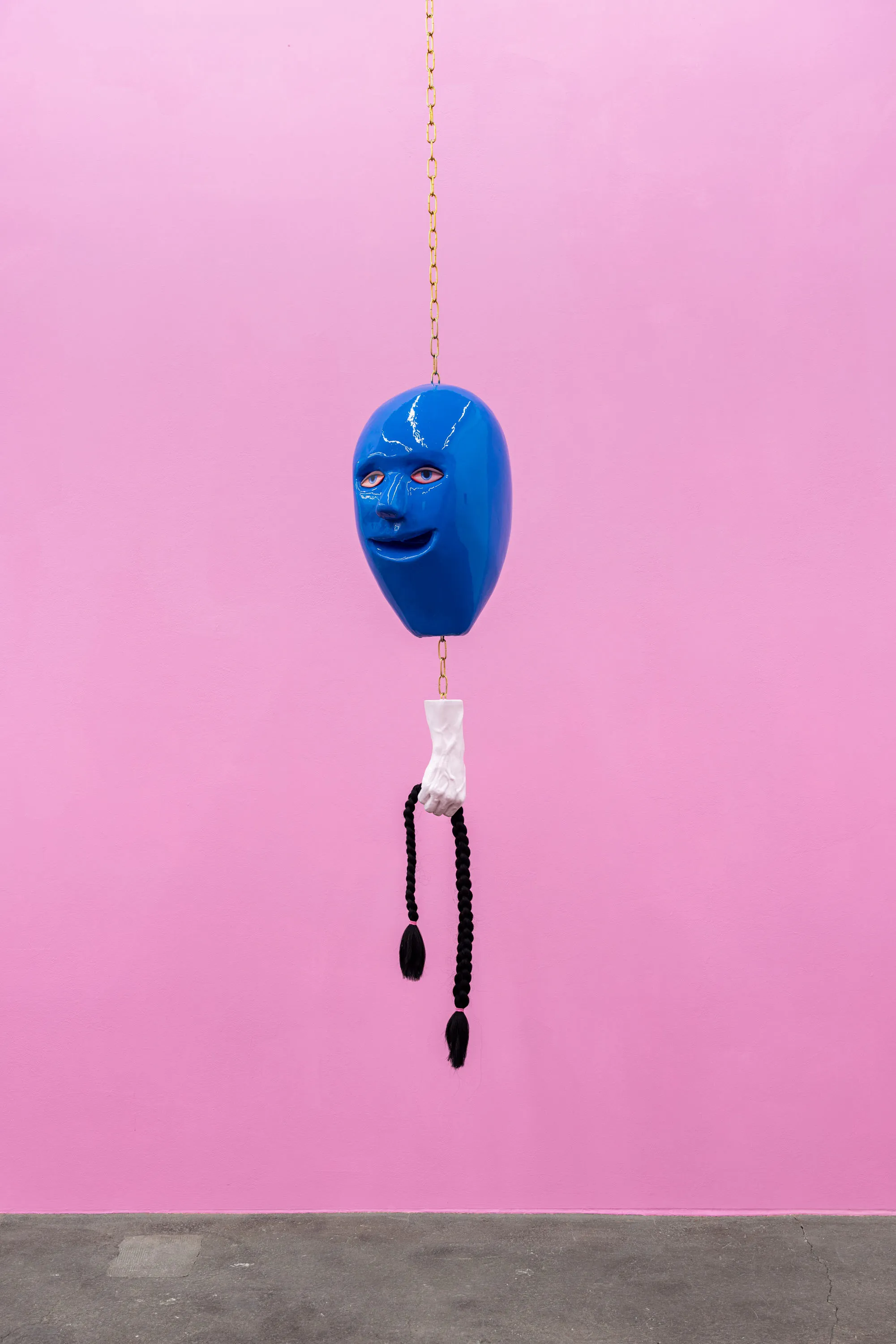
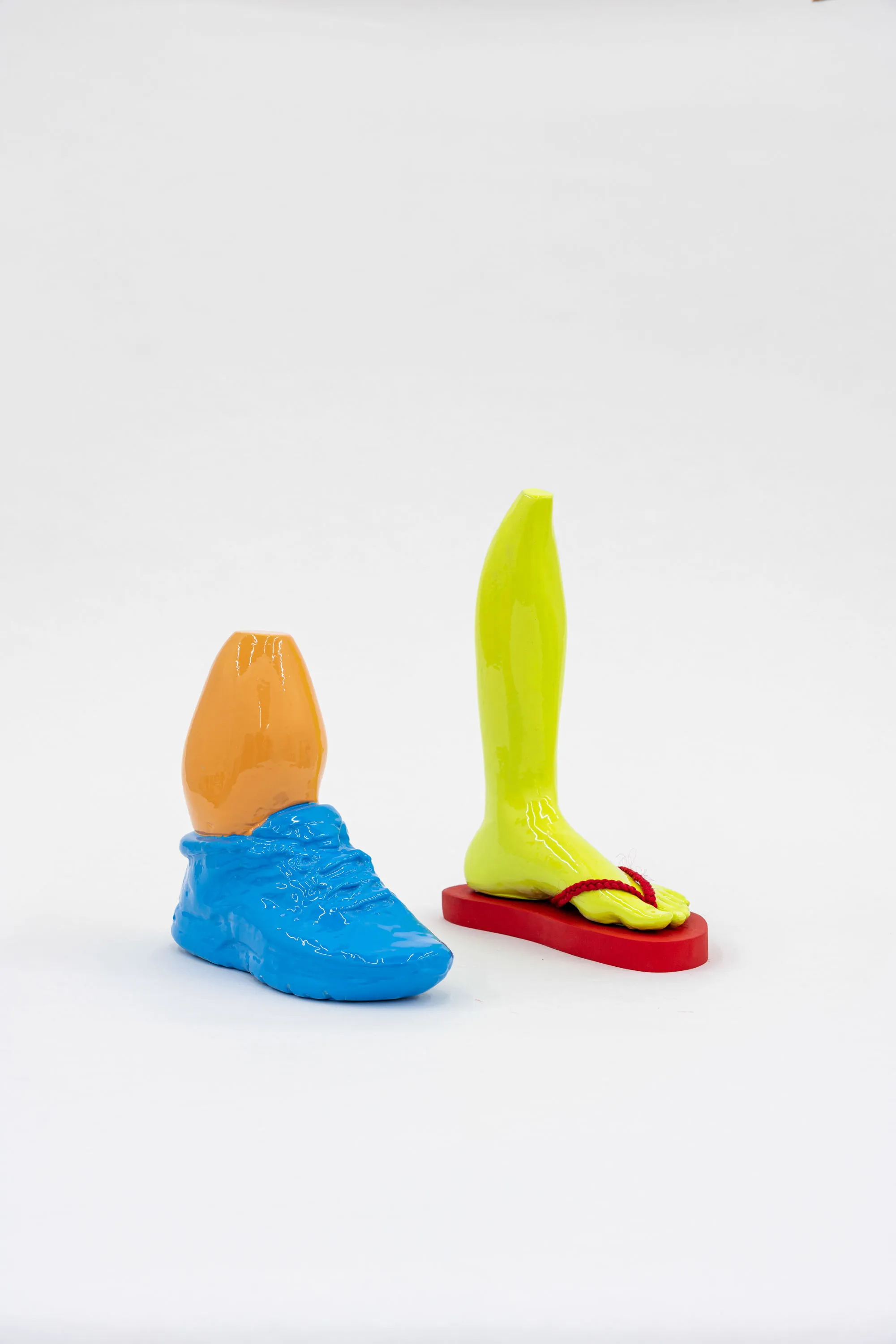
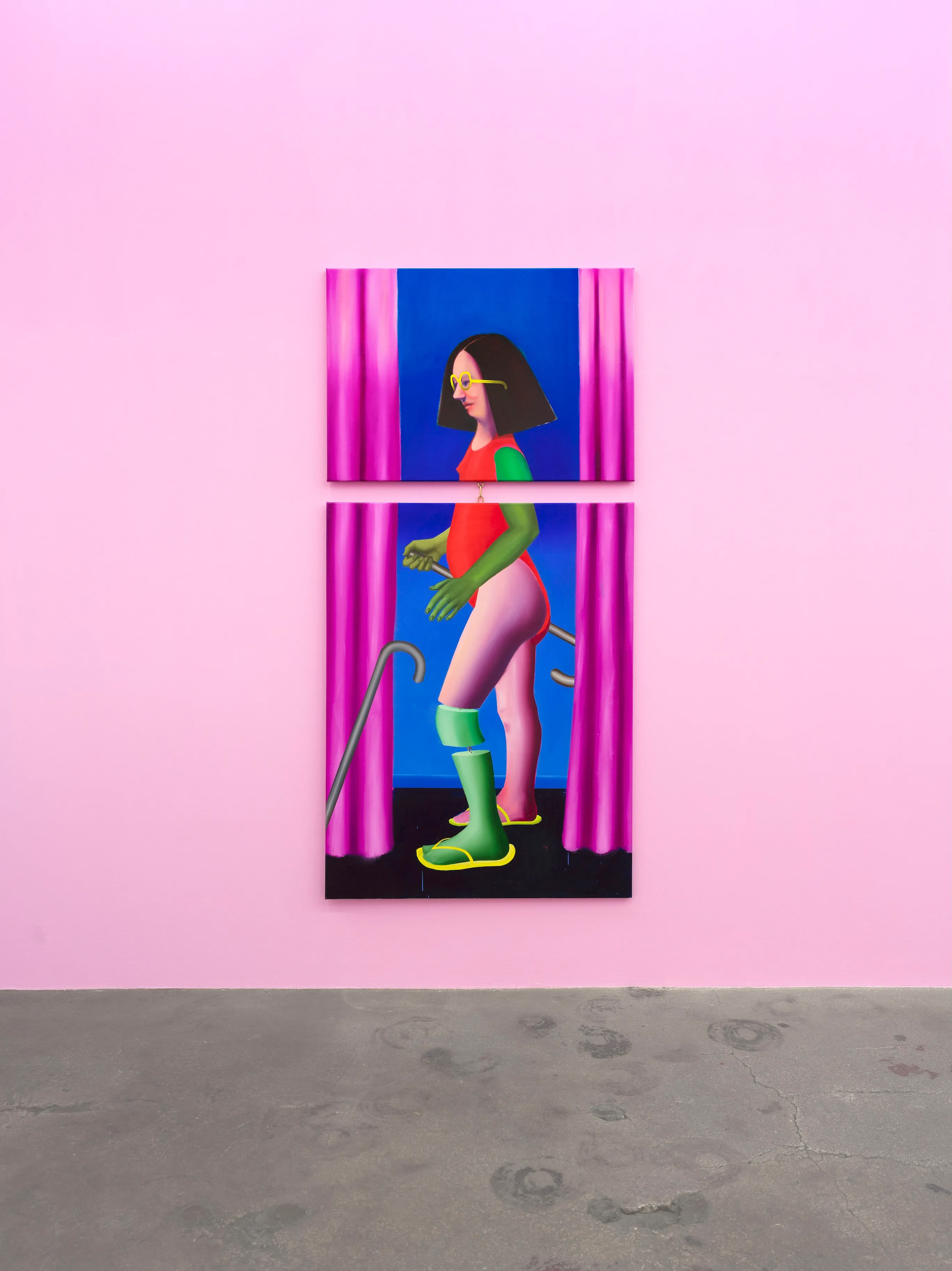
In Pink Maneuver, Ivana de Vivanco confronts lingering colonial narratives and power structures that continue to shape modern Western thought, particularly the dualism of the “Cartesian Complex”: a disembodied, self-certain mind striving to rise above body, history and others. With irony and visual excess, she reimagines this delusional logic through a pink-hued installation of paintings, sculptures and stage-like walls, questioning the assumed supremacy of Western reason, the rigidity of gender roles and reflecting on the circular nature of violence, where bullets return like whirlwinds.

